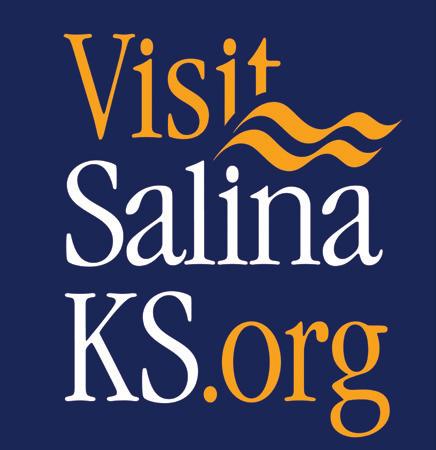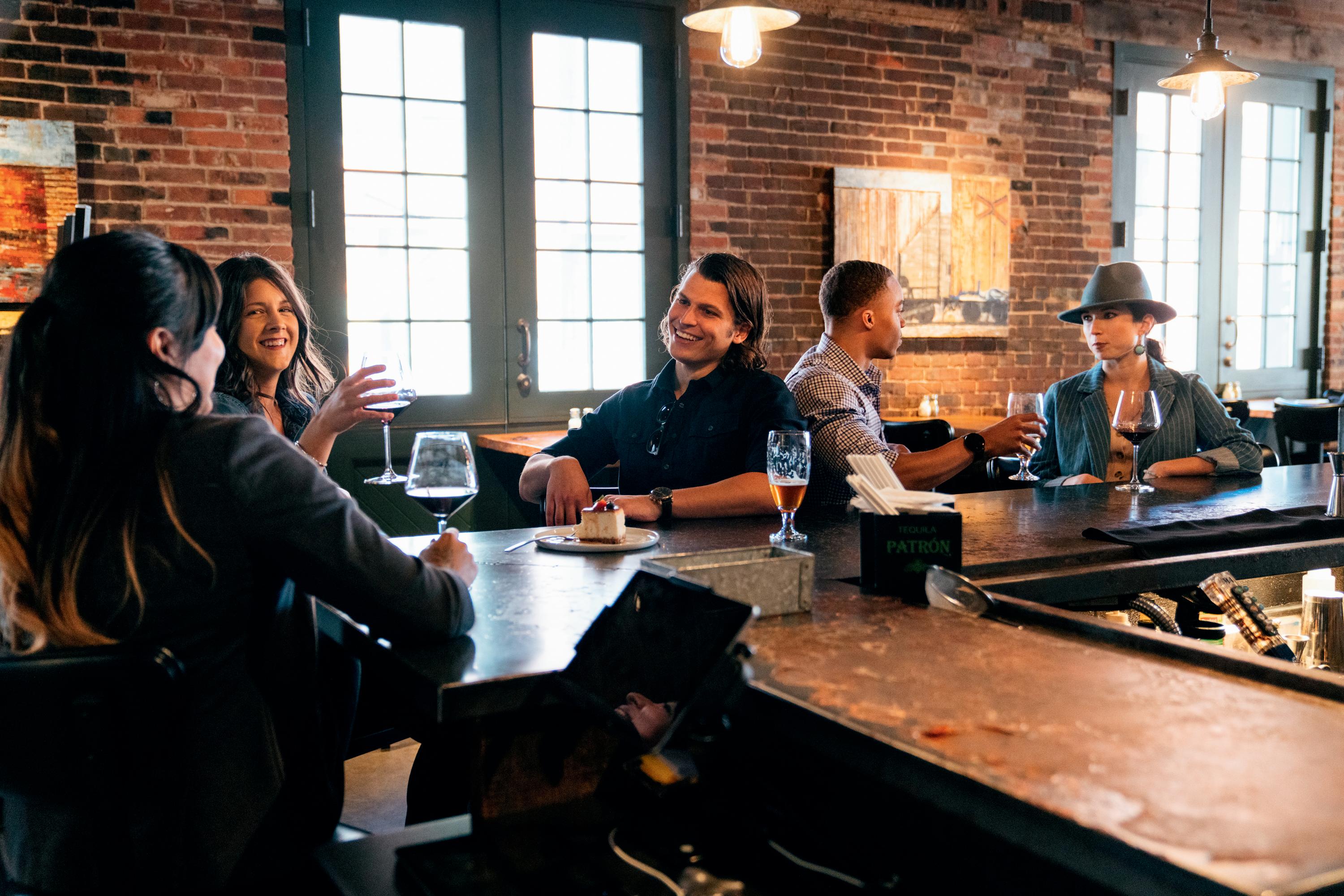




















There’s a special type of magic that happens when you gather people in the ideal space at the right time. What it generates is a feeling of togetherness and connectivity that inspires the best work, and the happiest people. Greater Ontario takes that magic and makes it soar with the perfect setting where you can get down to business, and moments later, you can set free on any adventure of your choosing. It’s all here for you, right now.
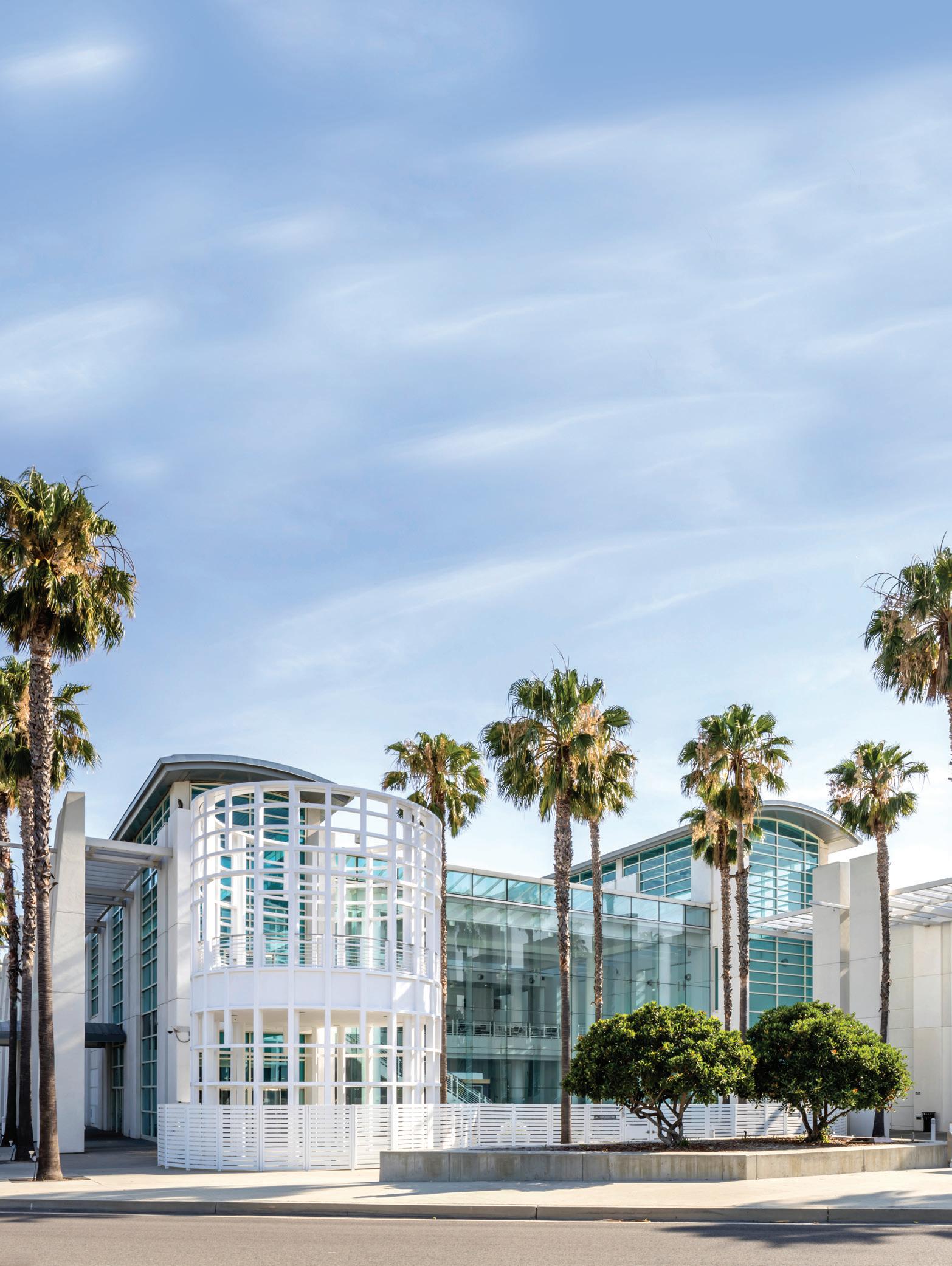

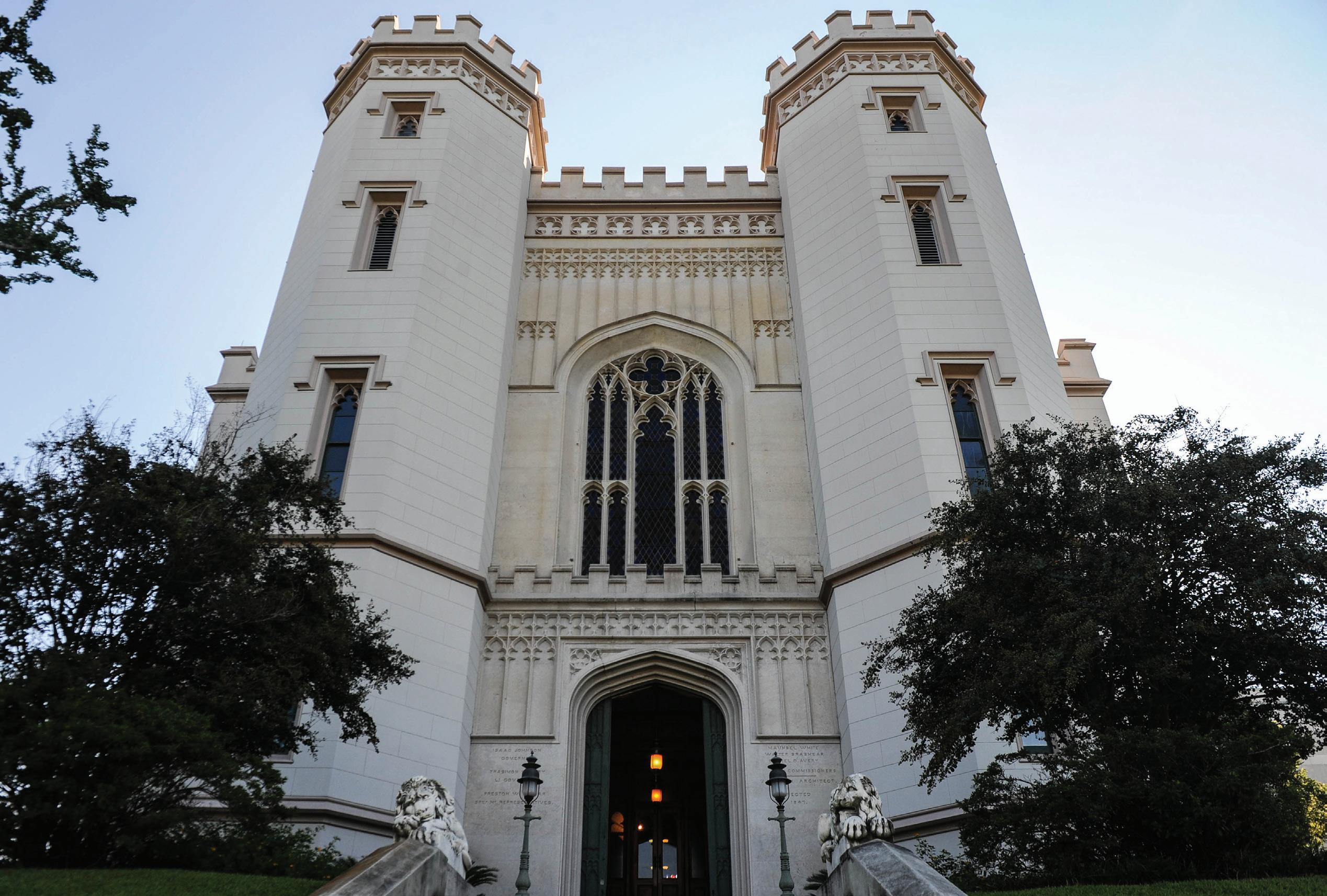
2. Hike and bike trails pass through here.
3. Has the best facilities between Denver and Omaha.
6. 1,350 of these happen every year.
1. Downtown Hub for eats and drinks.
4. Historical monument on 1-80.
5. A campus of conference, events and hotels.
7. Every year 1 million of these migrate through
8. HS FB All-Star game.
(We’ll give you a hint: Kearney.)
Every year, Kearney hosts more than 1,350 events. From the Nebraska Shrine Bowl to conferences large and small, top-notch entertainment – heck, even a million Sandhill Cranes make sure to meet in Kearney every year. Why? Because Kearney has the best facilities between Denver and Omaha, experienced staff, and wonderful volunteers that make sure every event that comes to town is taken care of.
If you’re looking for a host city for your next event, make sure you look at Kearney, Nebraska.
During the pandemic, trade shows became all but extinct. Neither clients nor suppliers wanted to be face-to-face and elbow-to-elbow, and for a time, the phone, email and Zoom stood in for in-person meetups. In 2022, trade shows started trickling back, and this year, they have snowballed, in some cases with turnouts near or at pre-pandemic levels. Here’s a look at some trends and interesting ideas from recent shows.
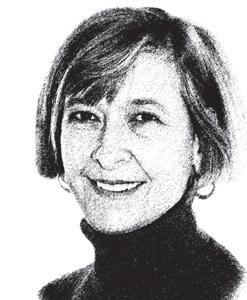
Trade shows, of course, have always come in different sizes, from CES (the Consumer Electronics Show), which had more than 3,200 exhibitors in Las Vegas in January, to the small education conference with 10 suppliers set up at sixfoot-long tables. But multiple industry experts are predicting that because of COVID and the aversion to the crowds it has created, some trade shows will intentionally downsize and migrate to second-tier destinations and smaller convention centers. The president of the International Association of Exhibitions and Events, David DuBois, has said this trend could help make shows more personal and engaging. There’s also some evidence that exhibitors might find smaller shows more effective. In one study, one-third of exhibitors said their best results came from large national shows, while 53% said regional shows were more fruitful for them.
Giving conference-goers some spaces to relax or have some fun will also keep them in the exhibit hall longer and promote conversations and connections with their peers and exhibitors. At the Specialty Coffee Expo, held earlier this year in the coffee capital of Portland, Oregon, Roaster Village was a natural. It’s where a few exhibitors get to perk and pour, and everyone else enjoys the aroma and an invigorating cup or two. At this year’s National Association of Music Merchants Show in Anaheim — a whopper with almost 50,000 attendees — live music was performed during the trade show, some of it on a stage as large as the one used at Coachella. Competitions can also add some excitement. At the Wild Sheep Foundation Expo in Reno, where several bars dot the trade-show floor, competitors see who can best pack up supplies for a backcountry trip using life-sized models of horses. At the Surf Expo in Florida, artisans compete in the Florida Shape-off, which promotes the craft of hand shaping surfboards.
Organizers who employ as much technology as possible will win ahead of both exhibitors and attendees. Seasoned sales representative realize it takes more than a few minutes of conversation in a trade show booth to cement a business relationship, and they appreciate having the ability through varied tech to touch base with attendees, before the show and after. For example, a first-time exhibitor at a large conference for home design said being on the conference app and social media were critical to building awareness of his company’s brand and making connections beforehand. Attendees also appreciate having different technologies to map out their time among hundreds of exhibits. Another way organizers can aid attendees and exhibitors is by laying out the show floor in interesting ways. For example, at the Sweets and Snacks Show in Chicago, manufacturers with under three years’ experience were lined up on Startup Street. Some exhibitors, realizing that attendees like to have nice places to take a break, are incorporating meeting rooms and lounges in their booth designs. It’s a way to offer a VIP experience and possibly start a new business relationship.
Experts also say there’s a growing concern about trade shows’ environmental footprint. They predict that exhibitors and attendees will increasingly demand more in terms of energy conservation, recycling and waste reduction. A start for any organizer is to supply water bottle refilling stations and discourage the use of brochures and pamphlets and other sales materials as well as plastic bags and pointless SWAG. As trade show organizers look harder at venues’ environmental practices, facilities like the Overland Park Convention Center in Kansas could emerge as winners. In a dedicated section on its website, the Overland Park center outlines the measures it takes to reduce, reuse and recycle, from turning lights down in the exhibit hall during move-in and move-out to partnering with a local organization to send leftover food to those who need those nutritious meals. Organizations that want to take a more sustainable approach to their events can look to the Net Zero Carbon Events (netzerocarbonevents.org) initiative for guidance.
Another change wrought by the pandemic might be airing out the exhibit hall floor a bit. There are several ways to do that, including creating stages or classrooms on the exhibit hall floor, which gives attendees a place to go and sit a spell and learn something new. It also keeps attendees from oozing out of the exhibit area. Depending on the size of the show, these spaces can vary in size and number. At the Food Safety Summit in May at the Donald E. Stephens Convention Center in Rosemont, Illinois, for example, attendees could adjourn to the Tech Tent, for 30-minute demonstrations of food safety tech presented by exhibitors or to the Solutions Stage for presentations. At the Sweets and Snacks Expo in Chicago, four stages offered presentations built on the themes of eye openers, insights, innovations and inspirations. Organizers can also make room for roundtable discussions, which not only educate but also promote networking. Another upside to these spaces? They can become sponsorship opportunities, a way for an association or organization to make a conference more financially solid.
More than 80 delegates, hosts and guests gathered in the Texas coastal city of Galveston, May 10–11, for the 2023 Small Market Meetings Summit, a small, two-day meeting designed to offer attendees a casual opportunity to build meeting industry relationships. The event was highlighted by the resort ambience offered by the San Luis Resort Spa and Conference Center, a longtime anchor property on Galveston’s Gulf of Mexico coastline.
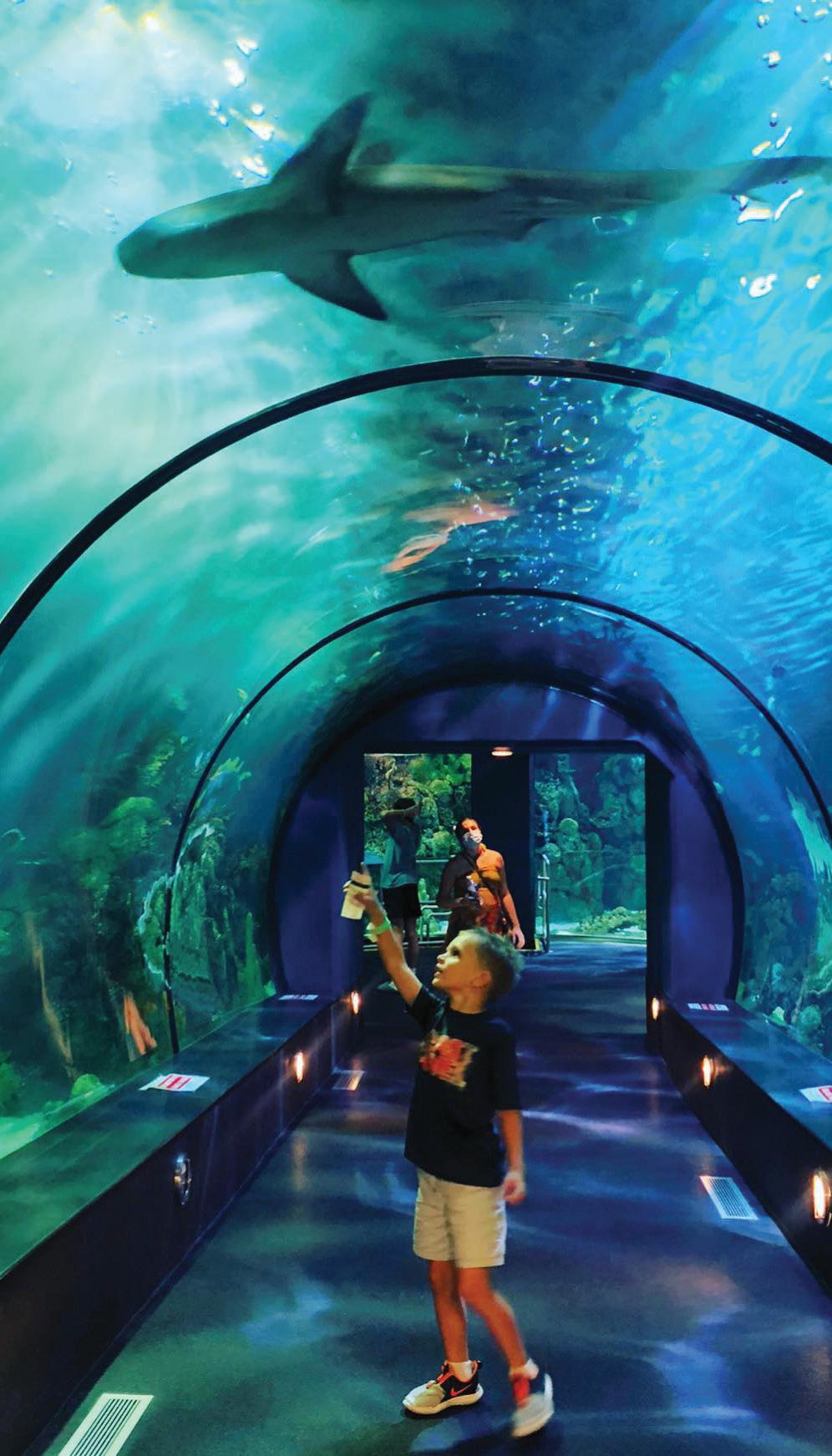
“Visit Galveston requested to host this year’s Summit, and the San Luis Resort wanted to be our headquarters, so we were very happy to bring our attendees to this historic Texas city,” said Charlie Presley, founder of the Group Travel Family and a partner in the Small Market Meetings Summit. “We created this meeting to establish a smaller, family feel for attendees, and Galveston and this resort were perfect for that purpose.”
The resort’s beachfront views of shrimp boats on the horizon, and the coastal breezes coming from the Gulf, gave the meeting a casual feel that seemed made to order.
“Galveston Island is known to many as a beach destination,” said Visit Galveston’s chief tourism officer, Tony Lyle, “but there’s plenty to do beyond the beach. Visitors can enjoy world-class museums like the Bryan Museum; a busy harbor; attractions including Moody Gardens and the Galveston Island Historic Pleasure Pier; and grand mansions like the Moody Mansion and Bishop’s Palace. For your meeting planners, we also have the Galveston Island Convention Center, known for its floor-to-ceiling views of the sand and the sea.”
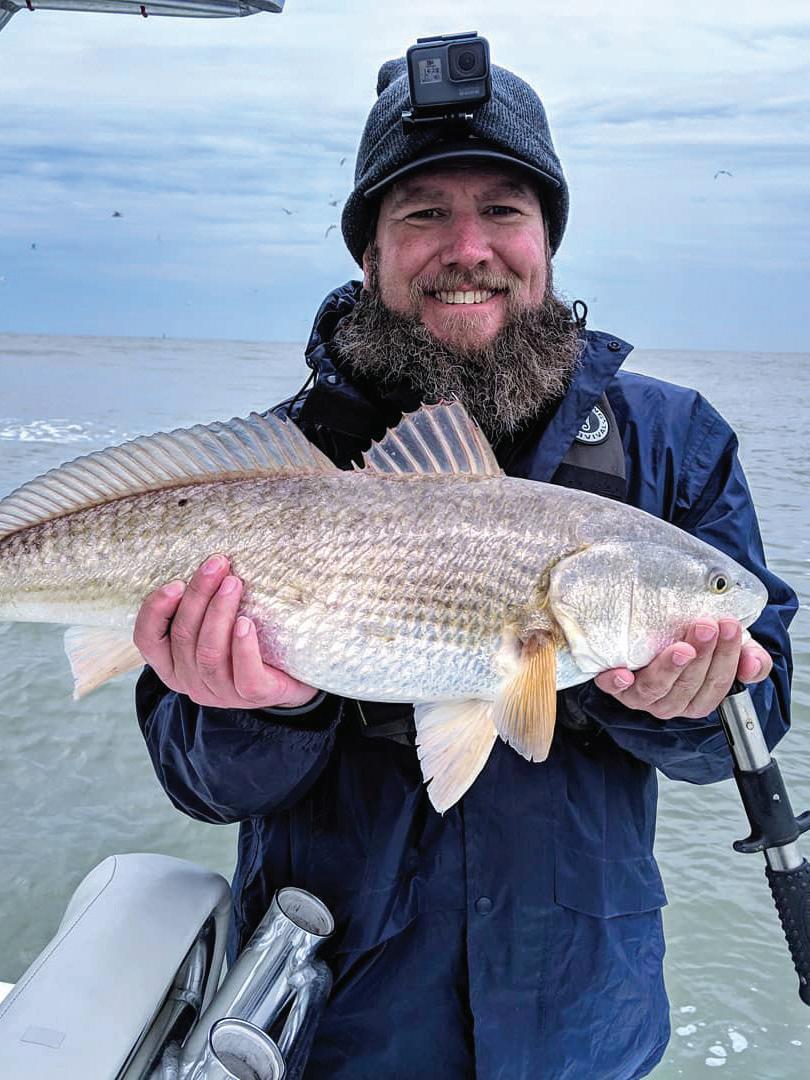
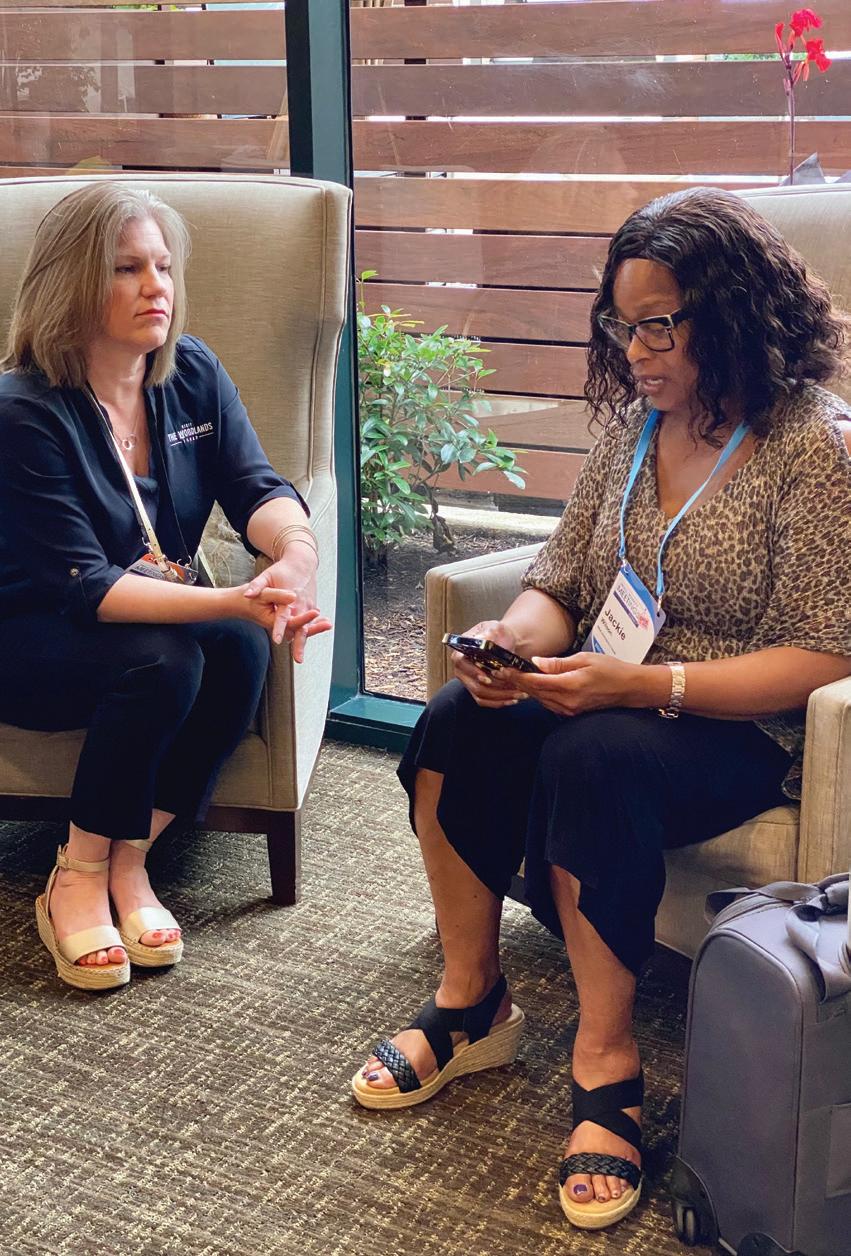
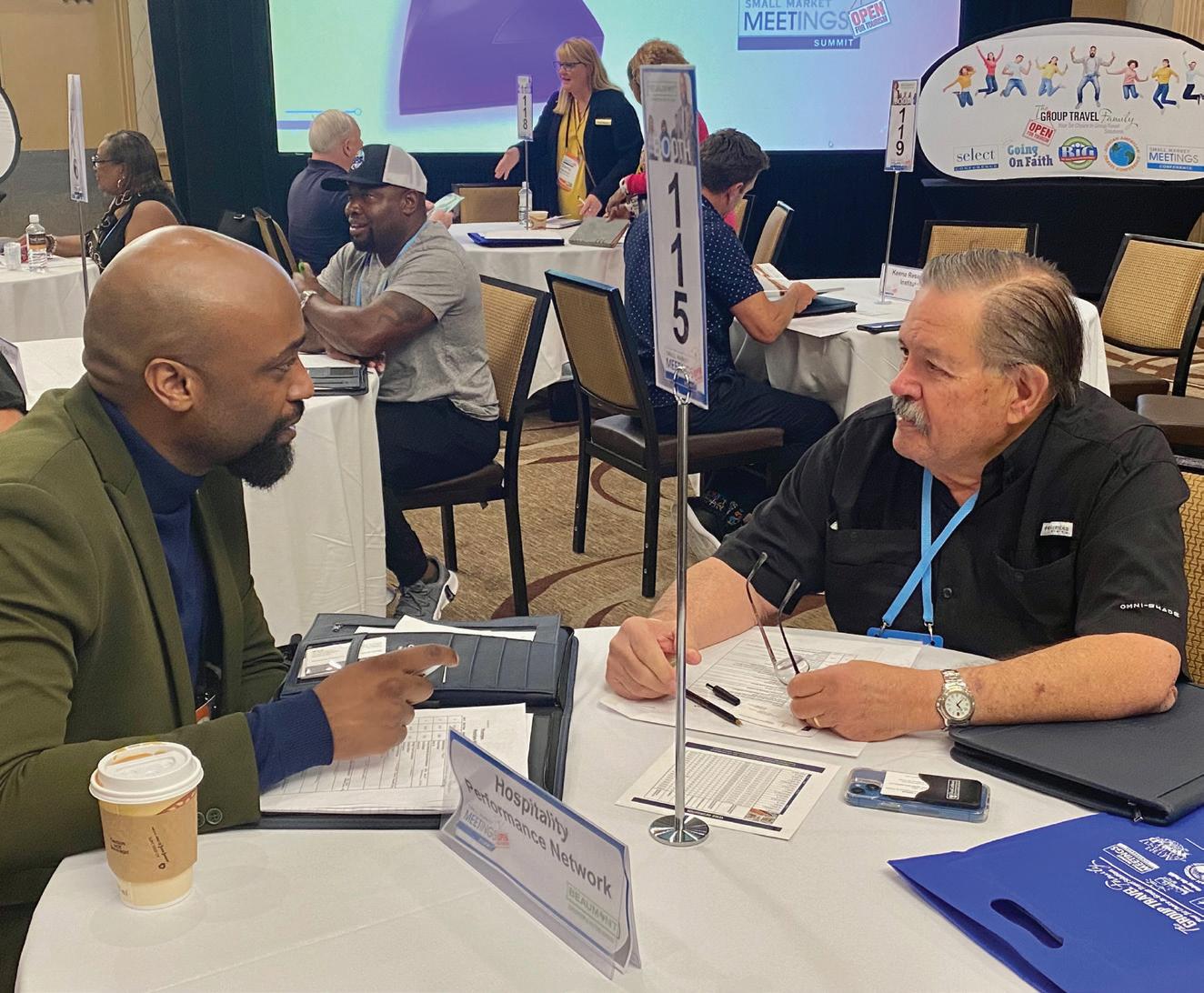
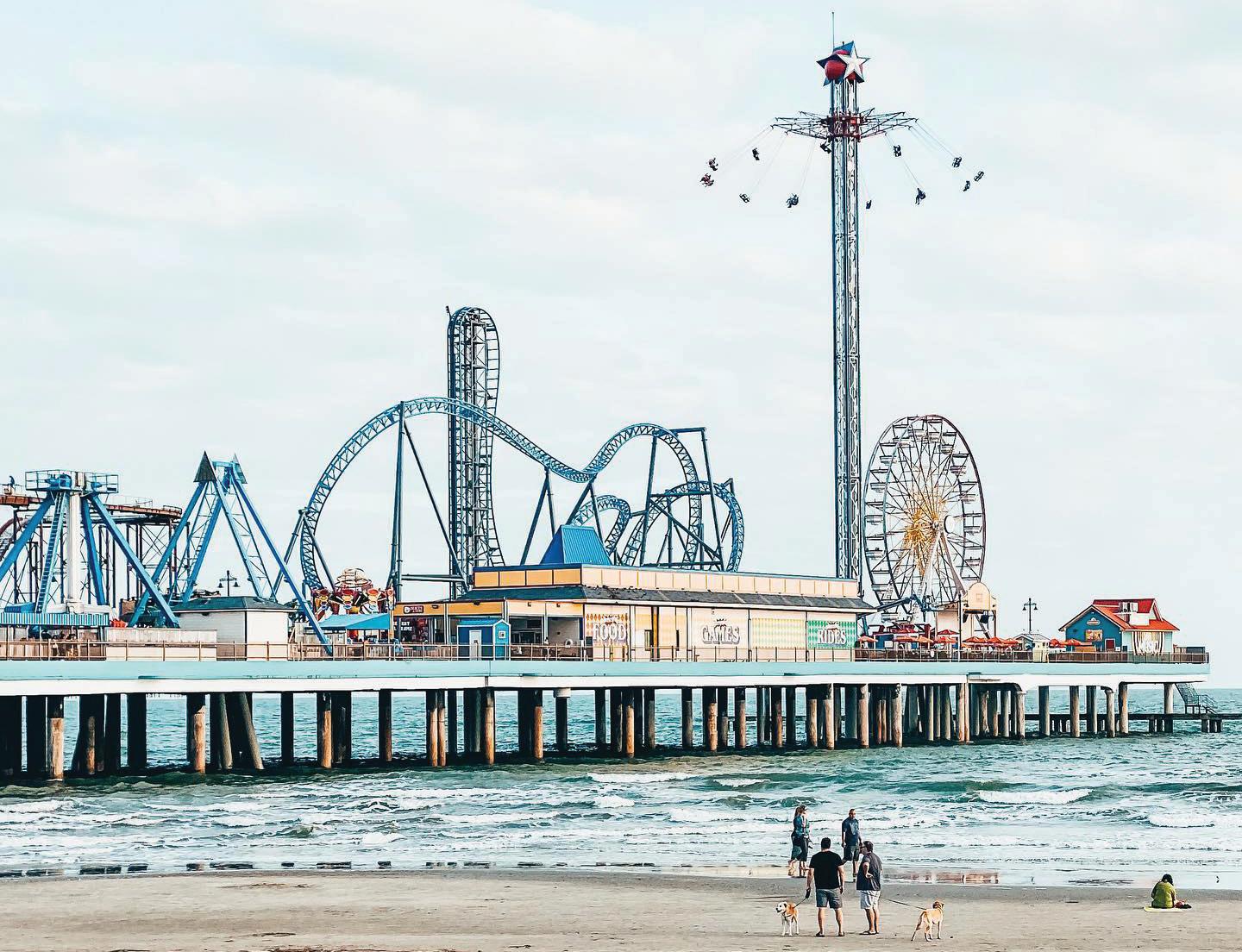
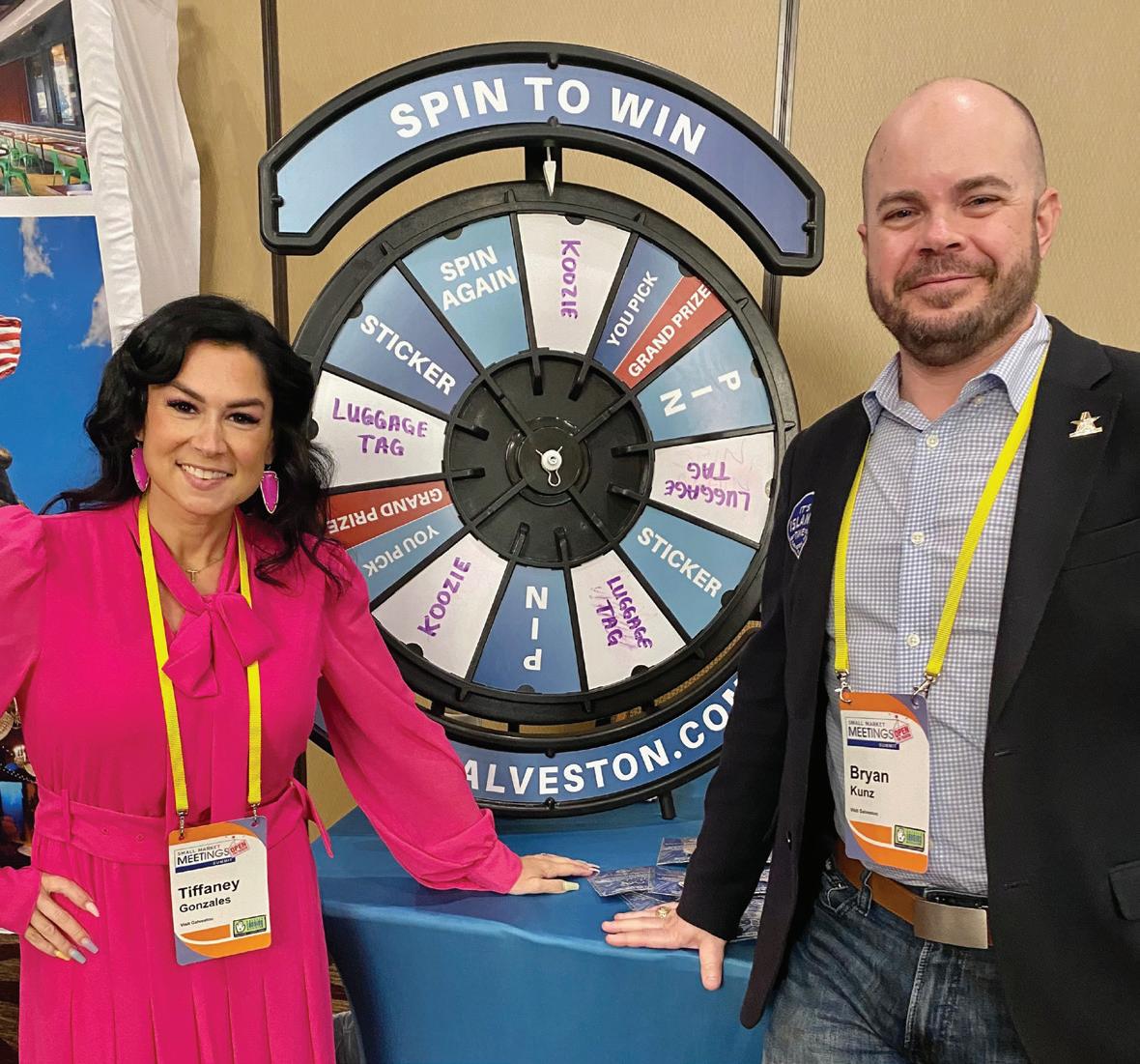
On their day of arrival, attendees enjoyed a reception and dinner, compliments of Visit Galveston, in the hotel’s Conferee Lounge. The space is designed for small, intimate gatherings and features living room-like sitting areas, a pool table, a private bar and coastal artwork.
The following day, two marketplace sessions were offered, giving delegates an average of two dozen appointments for meeting planning purposes. A breakfast that morning was sponsored by Visit Cheyenne and lunch was sponsored by the host of next year’s Summit, the DuPage Convention and Visitors Bureau in Illinois.
For delegates staying an extra day or two in Galveston, Lyle had several ideas about how to enjoy some traditional visitor experiences in his city.
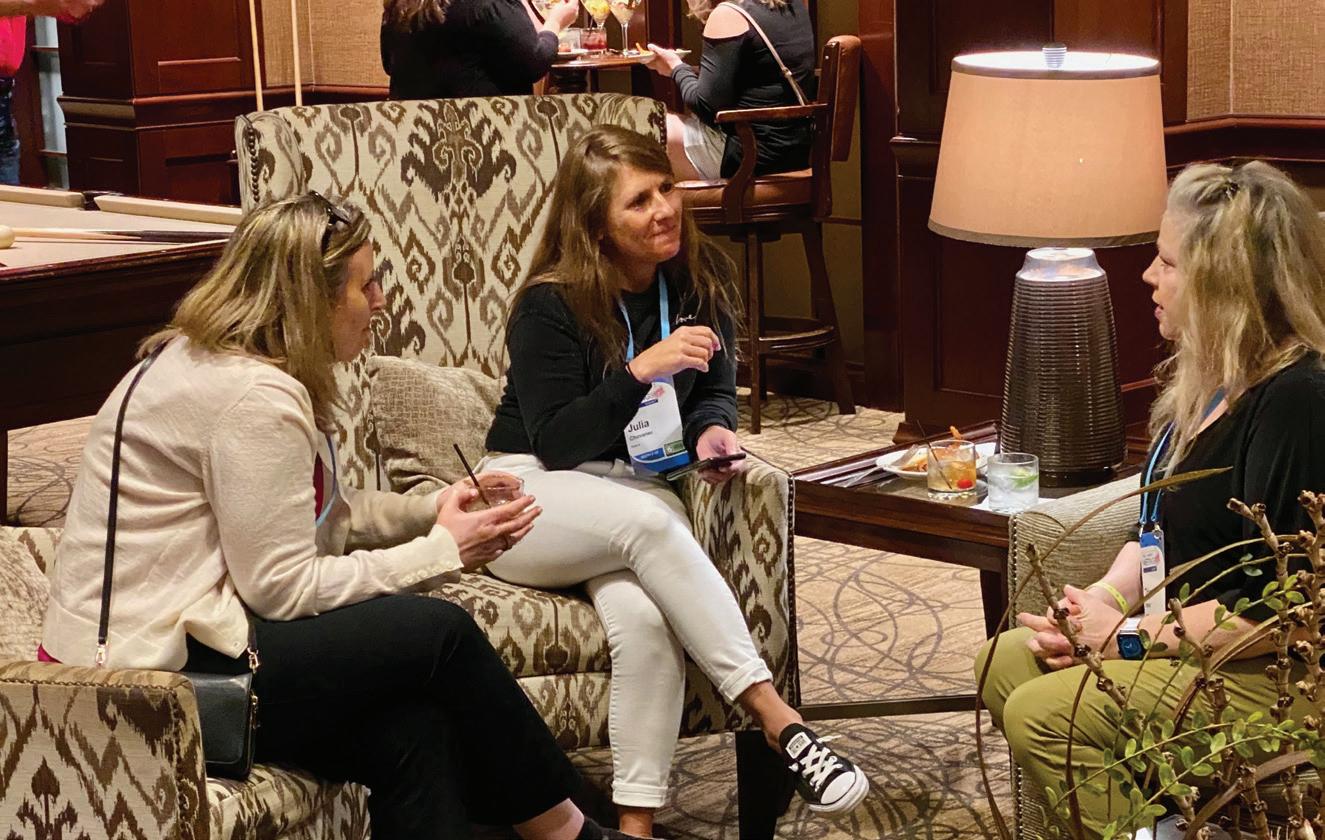
“Consider a kayaking experience in the bays and inlets on the island through our local conservation organization, Artist Boat,” he said. “Or take a harbor tour in the bay and see dolphins, cruise ships and the shrimp boats that catch fresh Gulf seafood every day here.
“Galveston is the birthplace of Juneteenth,” he added. “On June 19, in 1865, General Order No. 3 was read on the island letting more than 200,000 slaves know they had been freed. There are several tours and sites that commemorate that historic day that your delegates could enjoy.”
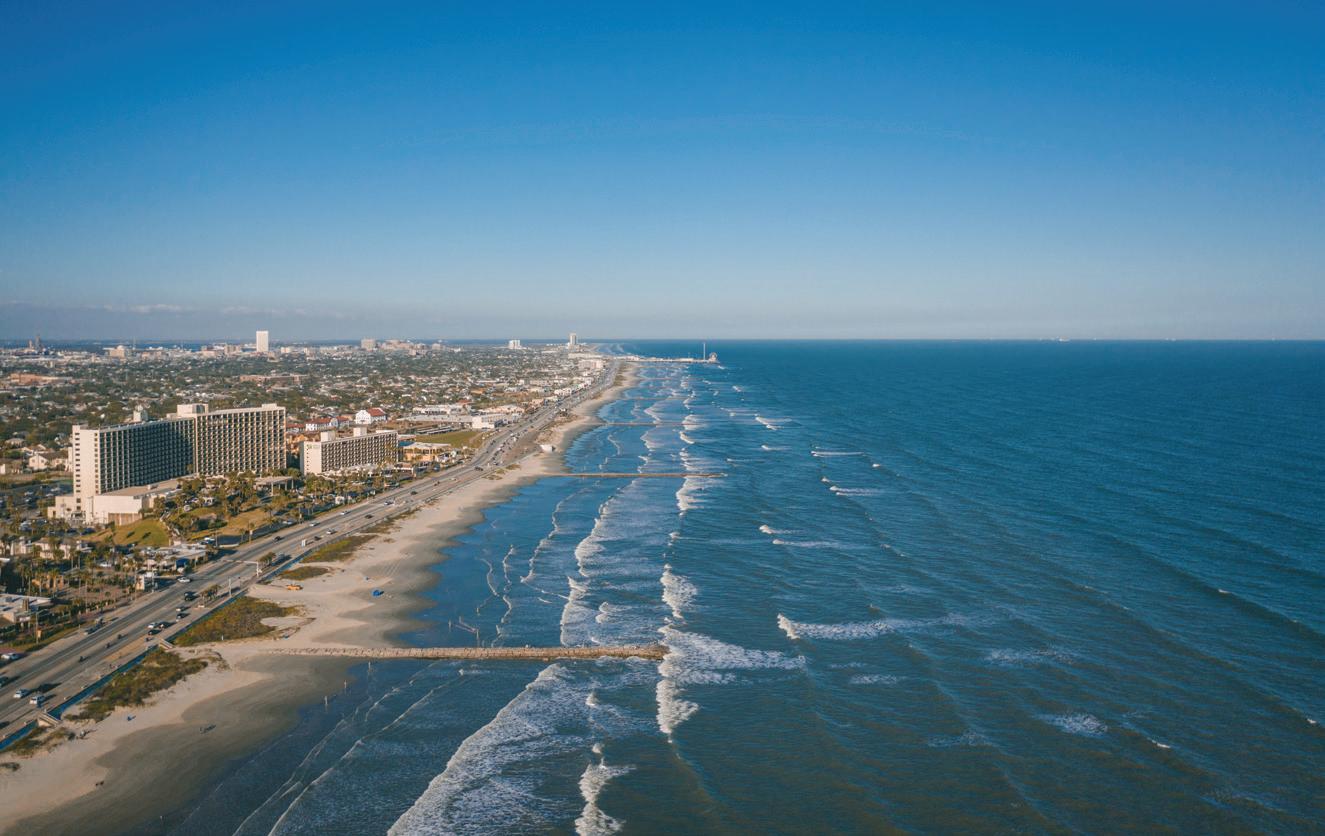
The 2024 Small Market Meetings Summit will be held May 22–23, 2024, in DuPage, Illinois. To register for the 2024 Summit, visit smmconf.com/summit .
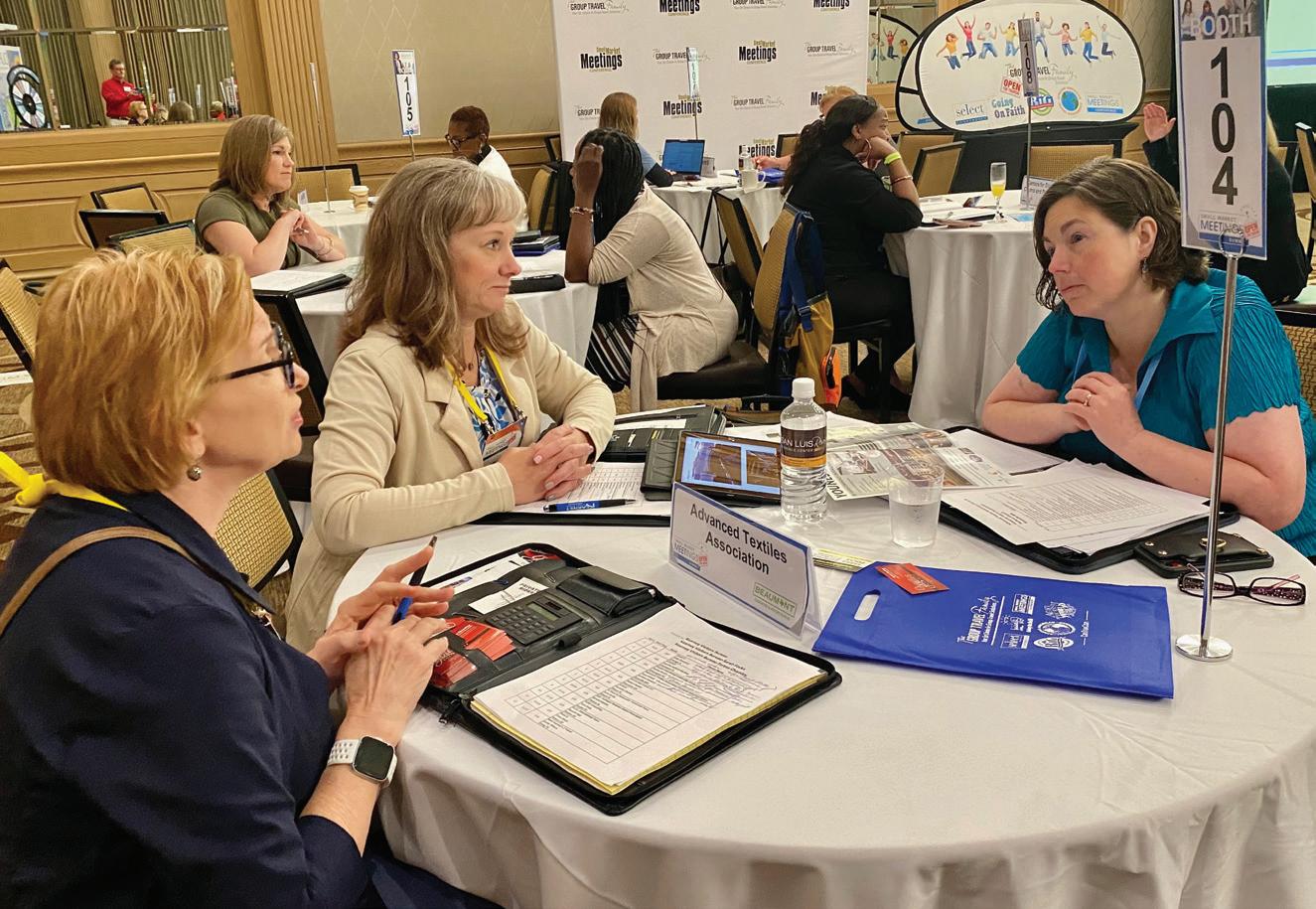
Tr av el w ith Pur po se Ac ro ss N orth Am e ri ca .
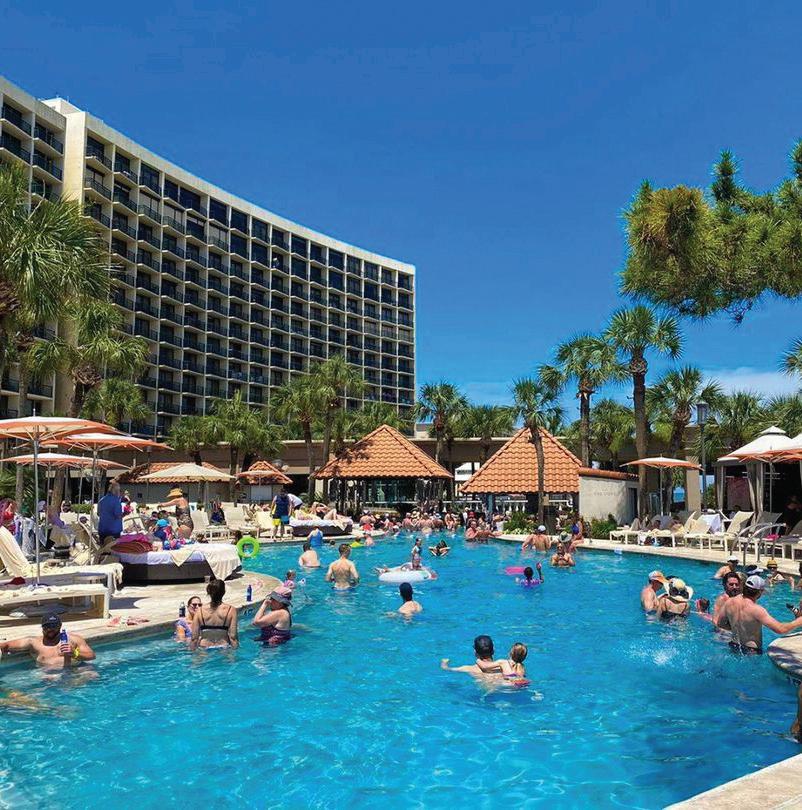
As travelers, we all want rich, authentic, and meaningful travel experiences. As travel professionals, we want to ensure we use travel as a force for good. Through the Meaningful Travel Map of North America, visitors can connect to locally owned social and environmental impact experiences and opportunities, unique and hands-on cultural experiences, products, and services

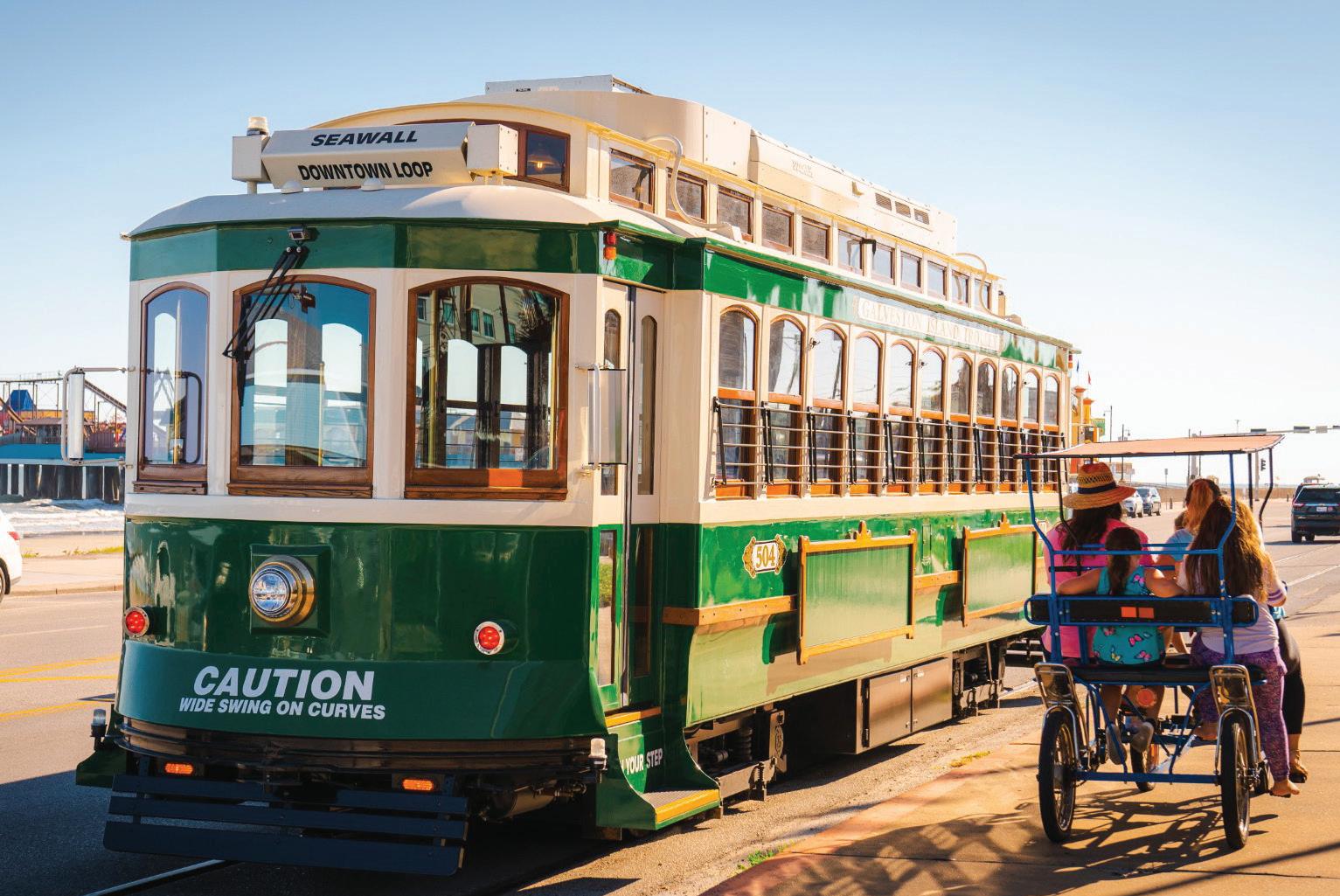
www . meaningfultr avelpla tform.org/main/m ap

“For any meeting, including in smaller markets, accessibility is my first consideration. Once I have that figured out, I can make a meeting work. My clients have met in Scranton, Pennsylvania; Naples, Florida; and in international markets like San Juan, Puerto Rico, or the Bahamas.
“My largest clients are in the medical supply and financial industries. I have a group of international financial higher education professionals who most recently met in Lisbon, Portugal. That group has professors from schools like Duke, Southern Cal and Northwestern in their membership. We typically need about 50 rooms for two nights for that meeting.”
— Steve Griffith HPN Global Winter Haven, Florida“We are a trade association for all kinds of textiles except clothing. Our members produce materials for things from boat covers to geo synthetic fabrics used in road construction. Three of us in my division produce nine to 10 meetings each year, from board meetings for 12 to an annual conference that draws 4,000 attendees.
“We do use smaller cities for some meetings. We’ll have about 2,500 in Louisville, Kentucky, in 2025. Our peak night will be about 900 rooms, and we’ll do an off-site event one evening, possibly in their Fourth Street Live district.”
— Barbara Connett Advanced Textiles Association Roseville, Minnesota“We do accreditation for 37 allied health organizations. For instance, to be a paramedic, you must pass our accreditation. We have major meetings every January and July. A typical meeting would use 150 rooms on two peak nights and another 120 or so in total on the off-peak nights.
“If a committee is also meeting, they might use another 20 rooms. We have one of those meetings going to Minneapolis in July. I am onsite for all our meetings; we manage the process from start to finish.”
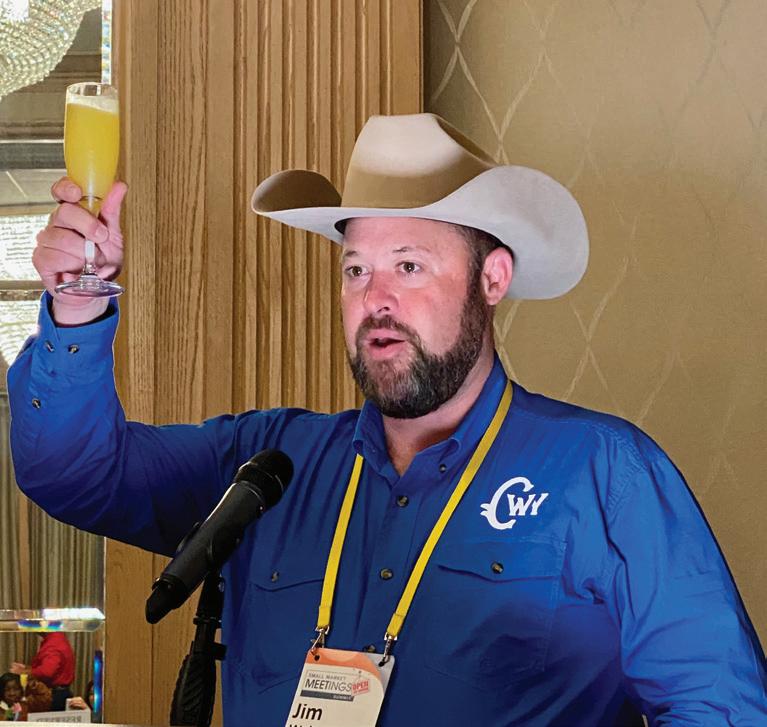
 — Cynthia Jackson-McNeil Commission on Accreditation of Allied Health Education Programs Seminole, Florida
— Cynthia Jackson-McNeil Commission on Accreditation of Allied Health Education Programs Seminole, Florida
“Our sales message is ‘we’re accessible and we’re different.’ People are looking for an engagement factor with a destination today, and we offer that. Most of our delegates fly into Denver and arrange transportation to Cheyenne, but we also have air service that many make use of. We have a lot of regional meetings, and people out West don’t mind driving. We have delegates drive in from states like New Mexico, Colorado, Arizona, Utah and Nebraska.
“We’re adding a downtown engagement element next year, the 15th Street Railroad Experience, where stationary rail cars will be used for shops by local merchants.”
— Jim Walter Visit Cheyenne Cheyenne, Wyoming“We’re offering meeting and event planners a tool for constant communication with all their attendees prior to and during the event. We’ve created a way for them to process all payments in a single way, which simplifies their accounting process. And after what we all experienced with COVID, our ability to capture all their customers’ emergency contacts is more vital than ever.
“In the near future, planners will be able to make venue changes and offer local experiences to their delegates in real time and will be able to quantify visitor spend for a destination. That’s a game changer for any local DMO that hosts a convention.”
— Bud Geissler GroupCollect“We are not totally back to where we were with meetings yet. But this is the first meetings event I’ve attended recently, and we’re glad to be here. We’re home to Caesar’s Southern Indiana, and our meeting business is heavily casino-based. We do very well with association groups from several neighboring states.
“We have a billiards industry group that comes regularly, as well as medical groups, government groups and corporate boards that meet with us. We expect our meeting business to return fully to 2019 levels within a couple of years.”
— Stacey Pirtle Harrison County CVB Corydon, Indiana“We consider ourselves a small market, and we’ve hosted this event in our city. We host retreats, board meetings, state associations and other groups. Our meeting hotels and venues are on the Gulf of Mexico, and Pier Park offers a dynamic visitor experience when delegates have free time. We have a new Embassy Suites property adjacent to Pier Park.
“We have several hotels that offer smaller meeting spaces. And for larger groups we offer the Panama City Beach Event Center, which has a total of about 32,000 square feet of meeting space.”
— Justin Kelley Visit Panama City Beach Panama City, FloridaCentrally located between Louisville and Lexington, the Shelbyville Conference Center melds versatility, beauty, and modern amenities to provide a welcoming and accommodating venue for events of all types.
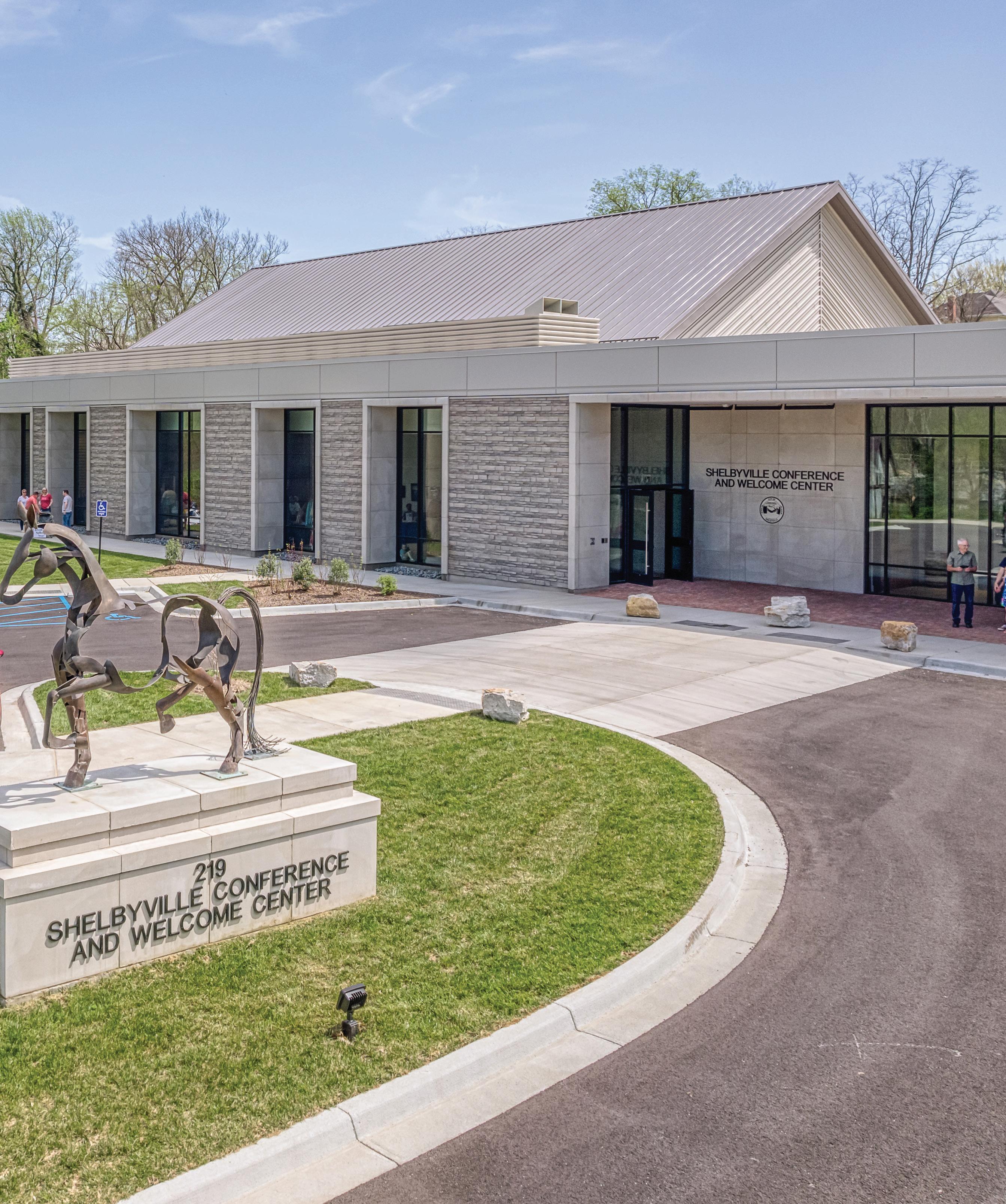
Flexible floorplans and state-of-the-art technology allow for all groups of any size — from as intimate as 10 guests to as grand as 400 attendees — to gather together in the premier event and meeting venue in Kentucky.
Call (502) 633-6388 to discuss availability and for all inquiries.
In the late 1970s and early 1980s, Rob Cohen was forging a career in broadcast journalism, living in New York City and working for CBS, Disney, ABC and National Public Radio. He covered and produced stories about international sporting events including the Olympics, horse and auto racing, Monday Night Football and the PGA Tour. While it was an exciting gig for a 20-something, it also meant he was on the road — a lot.
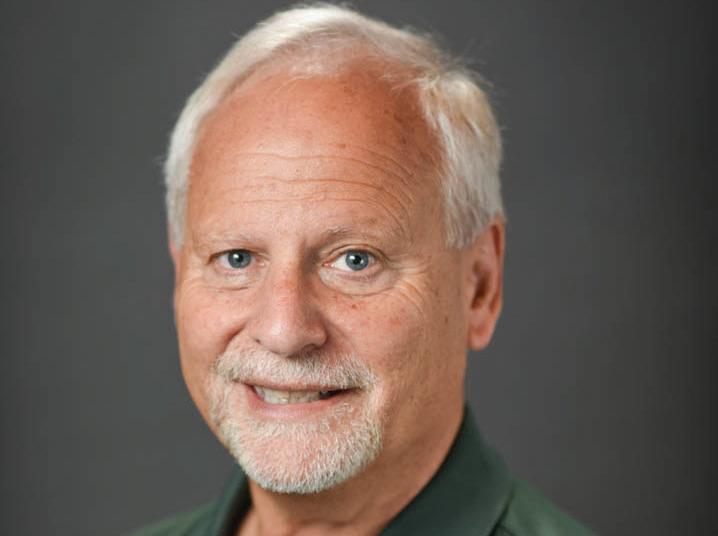
“I shared an apartment with roommates, but I was traveling 95% of the time,” Cohen said. “I’d leave on a Monday and come home Sunday night and start over again. After a while it gets pretty old. I wanted more stability and wanted to have a family, so I discovered that having my own business was going to be the best route. Insurance turned out to be one of the things you could do without a huge investment except for your own time.”
Fast forward almost 40 years, throw in master’s degrees in business administration and in health administration and you’ll get Cohen’s brainchild, AllianceBenefits LLC. The company specializes in providing health insurance and group employee benefits to small and mid-sized employers. Its products include HSAs to health insurance packages, life and disability plans, and benefit plans. Cohen has partnered with a large company, Amwins Connect, to outsource the day-today operations of AllianceBenefits, so he can focus on the things he loves doing the most: organizing and running meetings, conferences and conventions. As it turns out, the
traveling he did early in his career taught him skills that he could apply toward organizing travel for others.
“It gives me a lot more freedom to focus in on the things I like to do,” he said. “Our very first retreat, in 2000, was at Nemacolin, a resort in Pennsylvania. Everyone was fairly new, but we had to learn to trust each other and work as a team, so that became an important part of what we do — team-building activities.”
Since then, Cohen has helped orchestrate more than a dozen events each year, working with a group of three other people on staff to help plan events and retreats, figuring out everything from the destination to an itinerary. Alliance Benefits’ annual events include regional sales compliance meetings, board retreats, incentive trips and an annual meeting with insurance brokers and agents. Its annual sales meeting and expo is the largest of the meetings with about 2,000 attendees. Incentive trips are limited to 200 attendees; regional meetings have 35 to 50 attendees; and retreats are for smaller groups of 12 to 15. Cohen and his planning partners will work out everything from tee times to transportation, sponsored dinners to sporting events.
“I need some disruption in my life,” said Cohen. “I need to travel, and that gives me enough adventure — something can always happen. It keeps me from being bored. I’m working as a partner — I’m pretty close to retirement, I’m at an age everyone else my age is retired. I don’t know if I’d ever want to retire, though.”
ORGANIZATION
AllianceBenefits, LLC
LOCATION
Fulton, Maryland
BIRTHPLACE
Washington, D.C.
EDUCATION
• University of Maryland — BA in Radio, TV and Film
• University of Central Michigan
— MHSA in Health Care Economics
CAREER HISTORY
• Broadcaster (1978-1981)
• Health Management Strategies International, vice president (1985-1989)
• EDS Corporation (1989-1993)
• AllianceBenefits LLC, managing partner (1993-present)
“I need to travel, and that gives me enough adventure — something can always happen.”

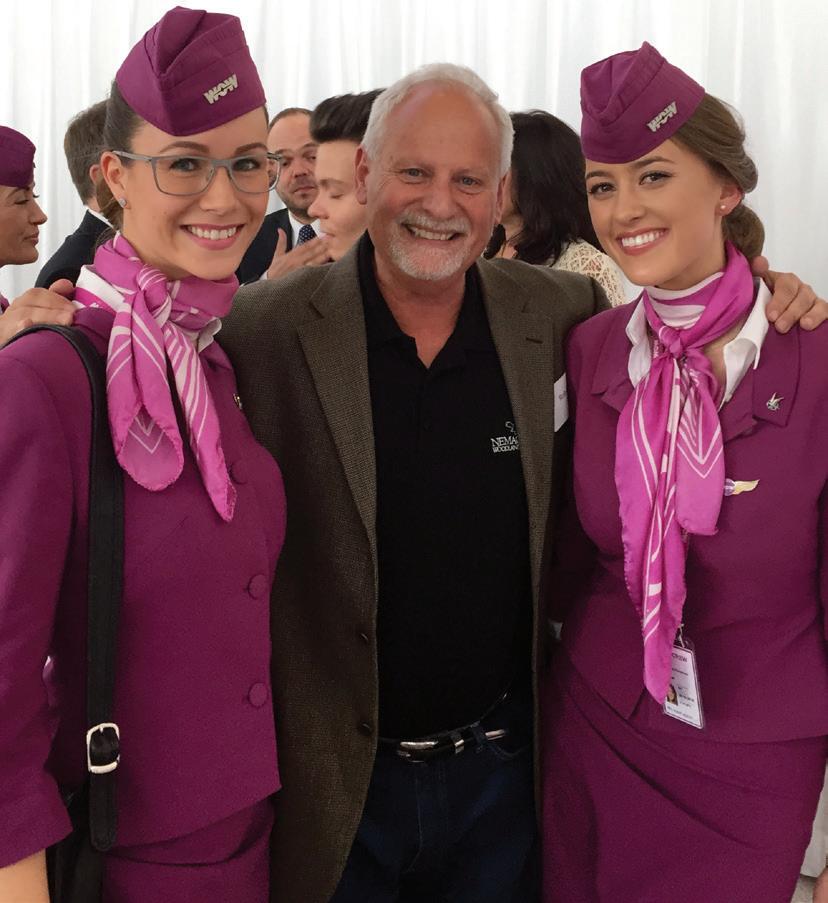
• Plan ahead. The more planning you do, the less likely you are to run into problems on the day of the event. This includes things like setting a budget, choosing a venue, booking speakers or entertainers, and sending out invitations. I always put in contingencies and plan Bs.

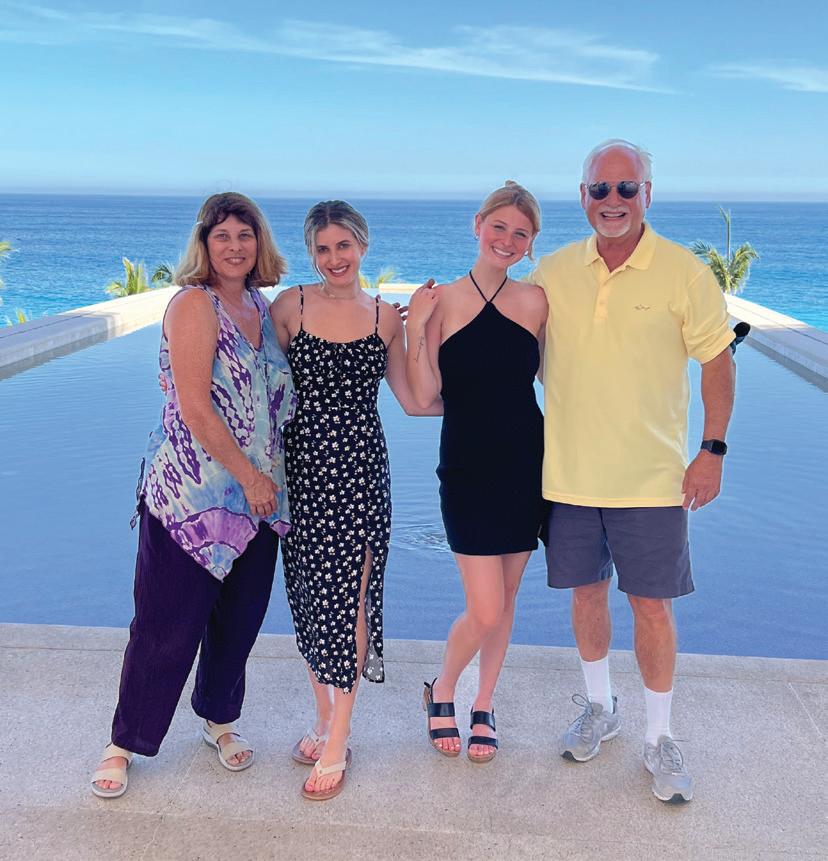
• Be flexible. Things don’t always go according to plan, so it’s important to be flexible and adaptable. This means being willing to change things up if necessary, such as moving the event to a different location or changing the menu.
• Communicate effectively. Keep your attendees updated on the progress of the event, and make sure everyone knows what to expect. This will help to avoid any surprises and ensure that everyone has a positive experience. We use automated systems and give incentives to those that book early.
Attendees have plenty of murals and sculptures to see while they explore Wichita’s vibrant public arts scene.

One of the biggest misconceptions about Wichita is that there’s nothing to do there. But with a downtown of hip districts, colorful public art, brick-paved streets and twinkling lights, this city with a metropolitan area population of 650,000 on the Arkansas River is a worldly destination in the Midwest.
Wichita has been a lot of things throughout its storied history. It began as a trading post and cattle town and a site of rich indigenous life. Later, it became known for innovation and manufacturing in the burgeoning aircraft industry.
Today, the city honors each aspect of its heritage with a mosaic of museums and one-of-akind attractions. These, in addition to the upscale meeting and convention space, make Wichita a dream destination for planners and attendees.

Wichita is known as the Air Capital of the World, serving as a hub for aircraft production. At its peak, there were more than 30 aircraft manufacturing companies in the city. Before planes could cover the long distances they fly today, Wichita’s central location made it the perfect place for a stopover. It should come as no surprise the city’s aviation attractions double as elegant spaces for meetings and events.
The B-29 Doc Hangar is home to one of the last two airworthy B-29 planes in existence. Known as Doc, the plane was lovingly restored and is maintained by knowledgeable volunteers.
It sits in a massive, 40,000-square-foot hangar, which is also one of the city’s largest venues. Attendees can climb inside the aircraft to look around and take a selfie in the pilot’s seat. The hangar’s upper-level exhibits detail the history of the B-29 aircraft and a classroom space overlooks the hangar.
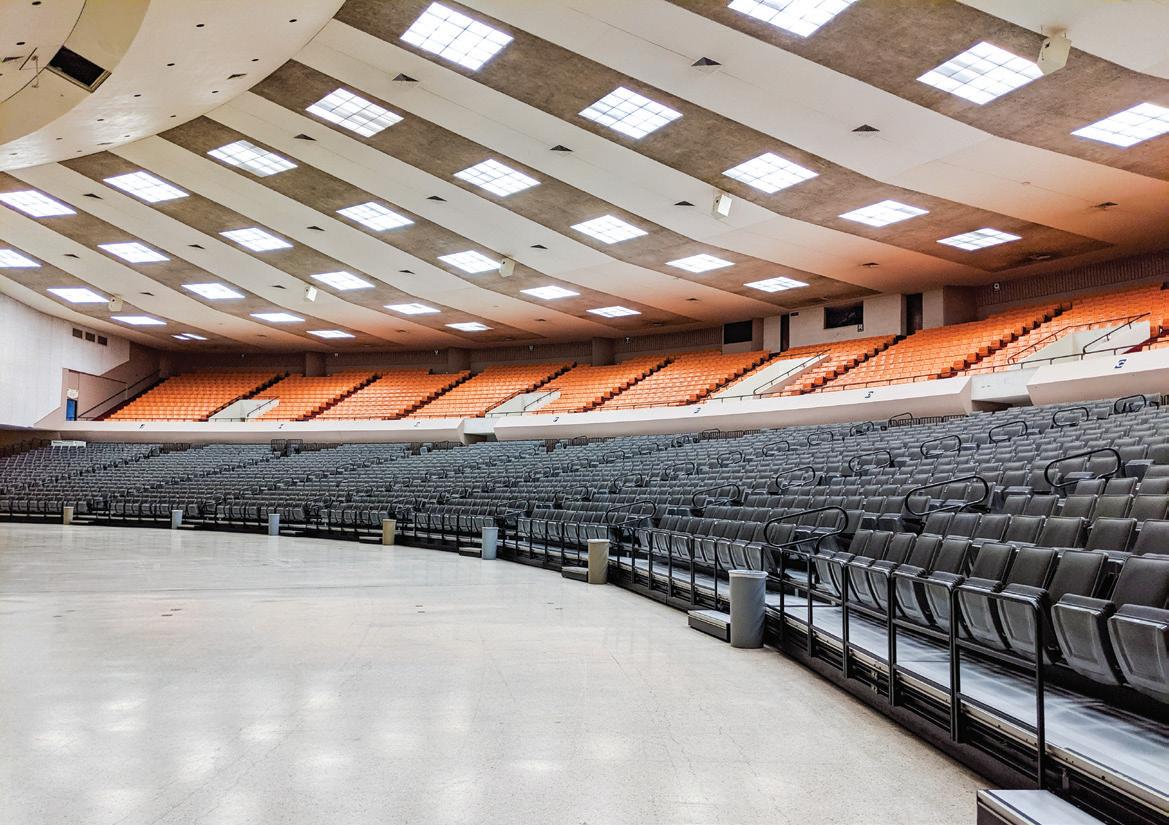
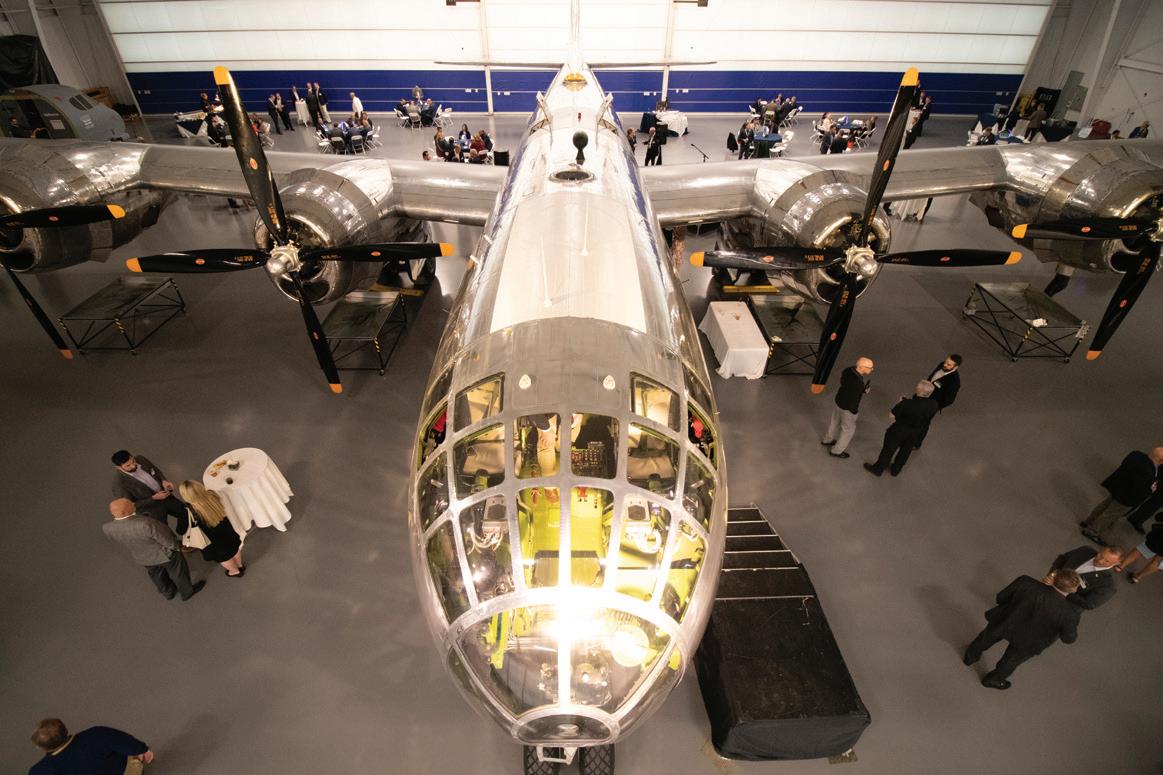
At the Kansas Aviation Museum, exhibits detail the city’s role in aircraft manufacturing and display rare and vintage planes. Many of the historic building’s most interesting design details have been preserved including the painted ceiling above the atrium, a popular space for banquets of up to 200. Exhibits, particularly the rare planes, make excellent photo-ops.
Beyond aviation, Wichita is known for one of its signature landmarks, the Keeper of the Plains This 44-foot-tall steel sculpture by renowned Native American artist Blackbear Bosin stands at the confluence of the Big and Little Arkansas rivers and symbolizes the cooperation of all the Plains tribes. Every evening, the Ring of Fire around the Keeper is lit, illuminating the quintessential Wichita landmark in an impressive display. When in Wichita, groups should see the Keeper lit up in all its majesty. Before that spectacular evening show, they can catch a baseball game at Riverfront Stadium nearby or grab a bite to eat.
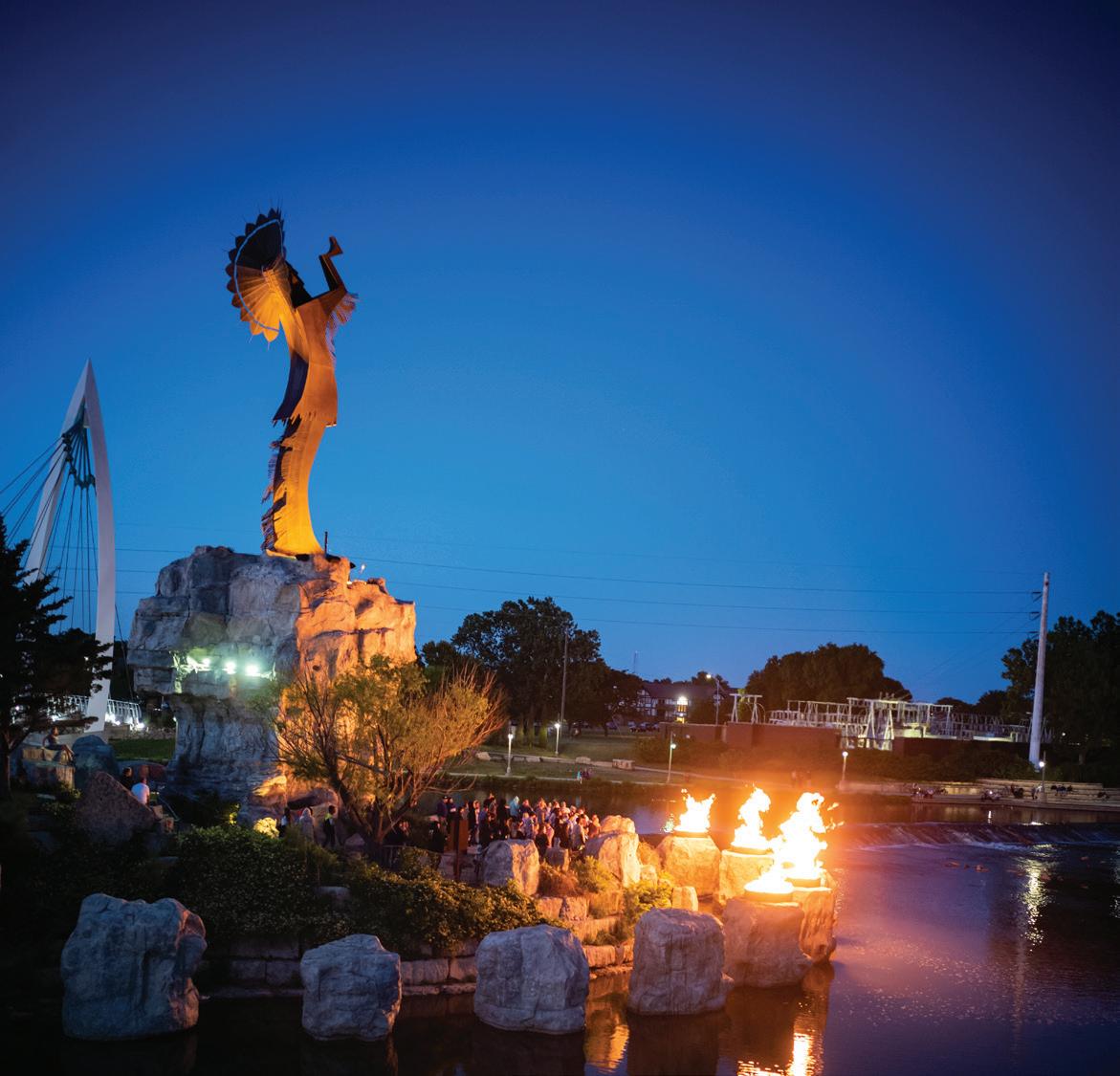
Wichita’s food scene is eclectic, and its restaurants, cafes, sweet shops and spice shops proudly promote community involvement and the use of seasonal, local ingredients. Whether they venture out in their downtime or enjoy locally catered refreshments
at an event, attendees are in for a treat. They can enjoy notorious breakfast spots like Doo-Dah Diner, HomeGrown and Leslie Coffee Company. A wide selection of spices, teas, coffees and accessories await at the Spice Merchant, while Nifty Nut House has an enviable collection of candies, nuts and other sweets. Meeting space and good local eats also go hand in hand in Wichita. Chicken N Pickle, a trendy yet laid-back restaurant, doubles as a pickleball venue. The expansive complex has indoor and outdoor spaces for dining, socializing, meeting and playing. Public, a pub in the Old Town District, is a casual spot for local, craft beverages and food.
Folks in Wichita are proud of their convention center, Century II Performing Arts and Convention Center, which opened in 1969. Its large, domed top is easily recognizable to air travelers.
The Concert Hall, home to theater productions and the Wichita Symphony Orchestra, has 2,195 seats. The Carl A. Bell Jr. Convention Hall’s retractable loge seating can accommodate 5,022 people and when the seating is retracted, the hall becomes 32,000 square feet of open space. On the other side of a retractable wall is the Exhibition Hall, with an addition-

al 62,000 square feet of space, including 17,000 square feet on a mezzanine level. The largest space in the convention center is the Bob Brown Expo Hall, with 93,000 square feet. Opening the retractable walls between the Convention Hall, Exhibition Hall and Expo Hall results in nearly 200,000 square feet of contiguous exhibit space.
The Hyatt Regency Wichita connects to Century II, which means a seamless experience for attendees and additional event space. Many of its 303 guest rooms overlook the Arkansas River and downtown Wichita. Guests can dine at the Harvest Kitchen/ Bar or grab coffee and snacks at Perks Market in the lobby. The hotel has the city’s largest ballroom, the 10,000-square-foot Grand Eagle, for receptions up to 1,100 people and banquets of 660. All totaled, the hotel has 29 other meeting spaces, including a smaller ballroom, outdoor areas and a boardroom, and on-site AV techs, catering and planning assistance.
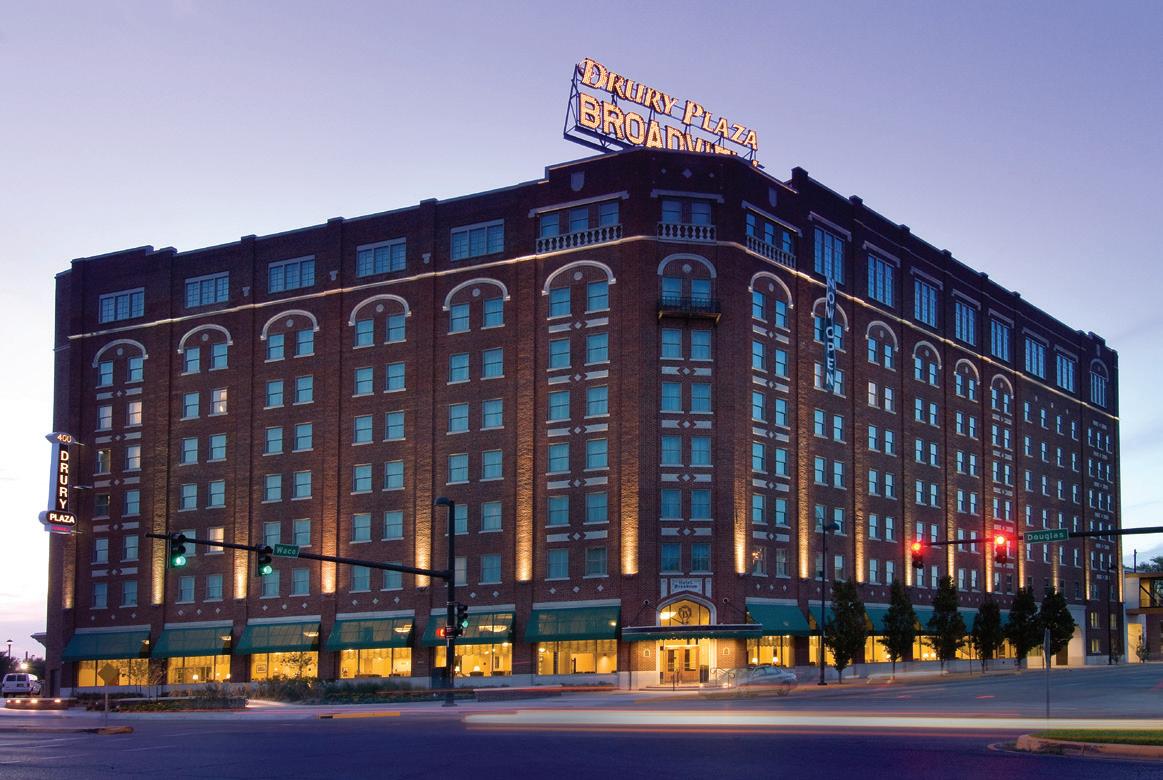

Drury Plaza Hotel Broadview Wichita was originally the Broadview Hotel, named for its “broad view” of the city. The 200-room hotel opened in 1922, and original features like ornate restored molding on the ceiling and checkered floors preserve the lobby’s grandeur. Its rich history is also remembered with a speakeasy in the basement and a 1,500-square-foot mural depicting “The Advance of Civilization in Kansas” by Bosin in the Bosin Ballroom. It’s the longest continuous mural in Kansas, wrapping around the 9,204-squarefoot ballroom. Additional meeting spaces include the River View room and several breakout rooms.
Another meeting option is the DoubleTree by Hilton Wichita Airport, located just outside the Wichita Dwight D. Eisenhower National Airport The 302-room hotel has 22,000 square feet of meeting space and is known for its restaurant, Chisholm’s American Beef and Ale House.
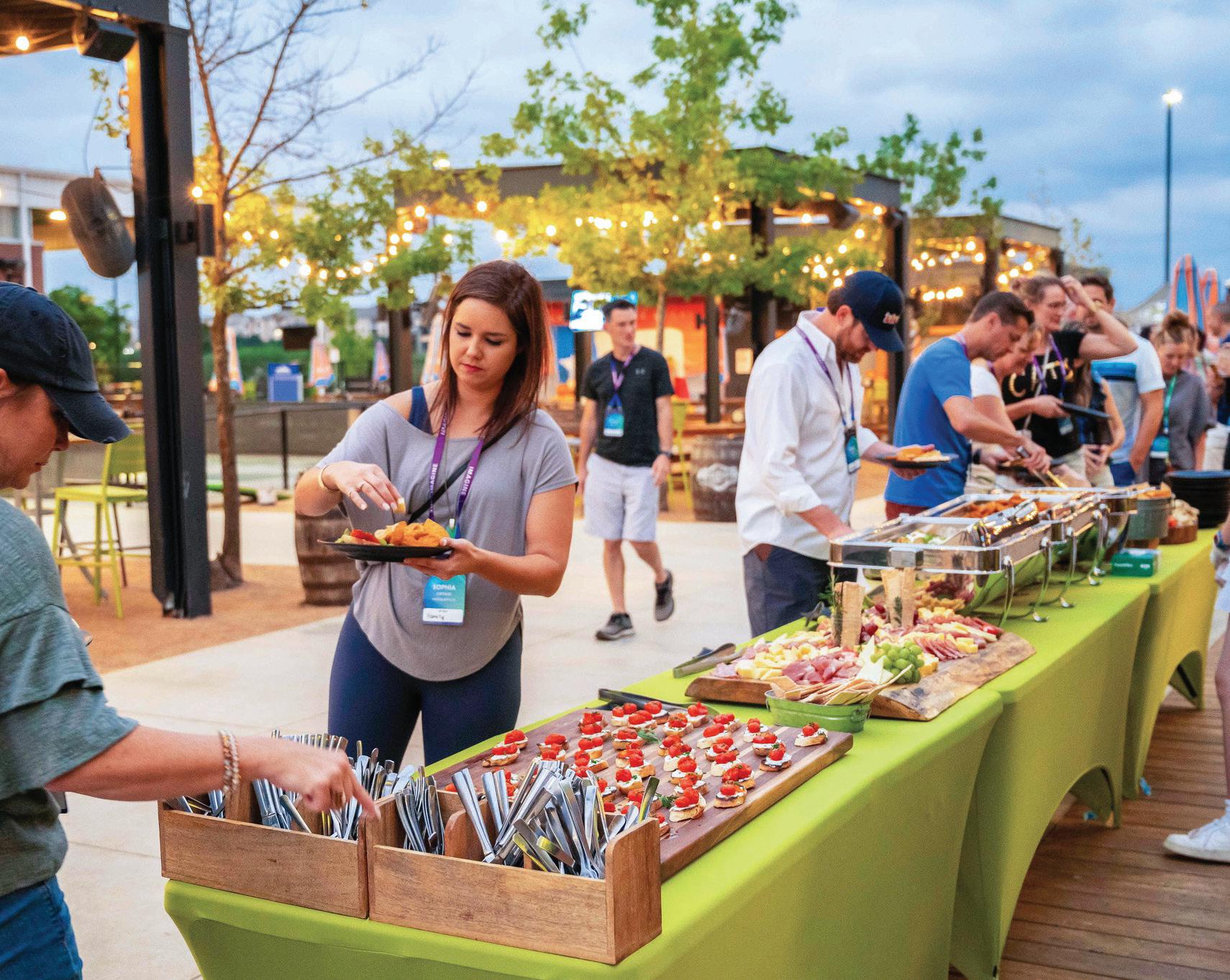
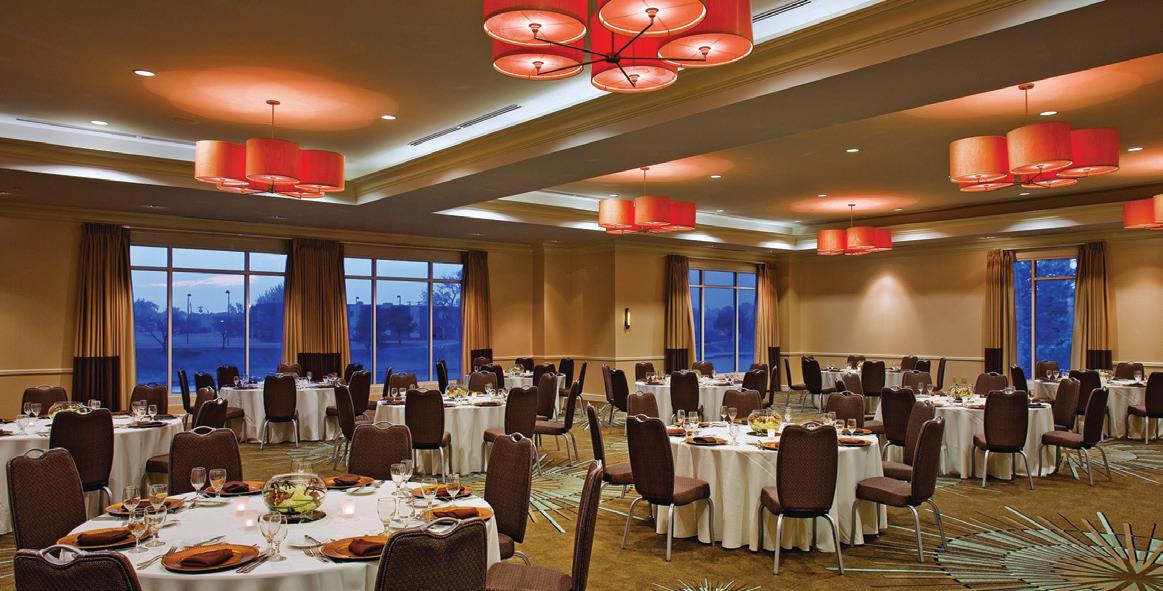

Luckily for planners, many of Wichita’s coolest attractions double as meeting venues. Most of its museums are clustered in a district called Museums on the River. They cover a wide range of subjects. Old Cowtown Museum, a living history museum, takes visitors back to 1865. Small historic buildings can be used for team building, breakout session and small meetings; the Great Room in its Visitors Center can seat up to 150 for a banquet.
The Mid-America All-Indian Museum teaches about the country’s many tribes through artifacts, instruments, jewelry and art made by indigenous people, including the largest public collection of works by Bosin. The Gallery of Nations, a spacious indoor hall decorated with the flags of indigenous tribes, has a capacity of 350. The museum also has several smaller meeting rooms, like the Riverfront Room and Buffalo Hall.
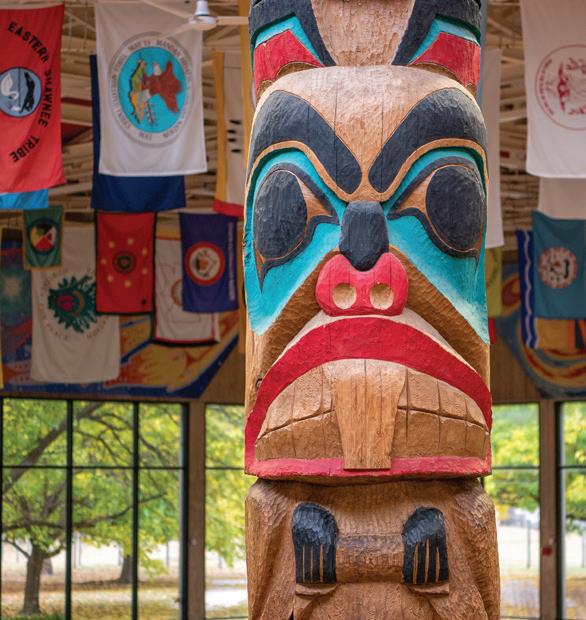
The Wichita Art Museum is home to impressive artworks by American artists like Mary Cassatt and Georgia O’Keeffe and rotating exhibits. It makes a refined venue with options including the S. Jim and Darla Farha Great Hall and its glossy black granite floor and distinctive, colorful glass Chihuly chandelier. It’s large enough for a seated dinner for 300 guests or a reception for 500.
Botanica Wichita’s 17 acres of beautifully manicured gardens and outdoor space make it an excellent venue for indoor-outdoor activities. Lotus Hall, a new 4,200-square-foot event space, can seat 200 for a banquet and has views of the Chinese Garden of Friendship. Other popular event spaces include the Terrace Room, the Shakespeare Garden, the Pavilion and the Carousel Pavilion with its restored, historic carousel. Rentals include use of certain gardens, terraces and patio spaces as well as admission to the gardens.

Another museum on the river — quite literally — is Exploration Place, a one-of-a-kind science museum with exhibits for patrons of all ages. The building crosses right over the water, giving stunning views of the Arkansas River, and its contemporary design enhances elegant meeting spaces, like the Waterway Hall and Terrace. The building has many spaces to accommodate presentations and lectures, such as the Dome, the largest theater of its kind in Kansas, with 360-degree views and a 60-foot screen.
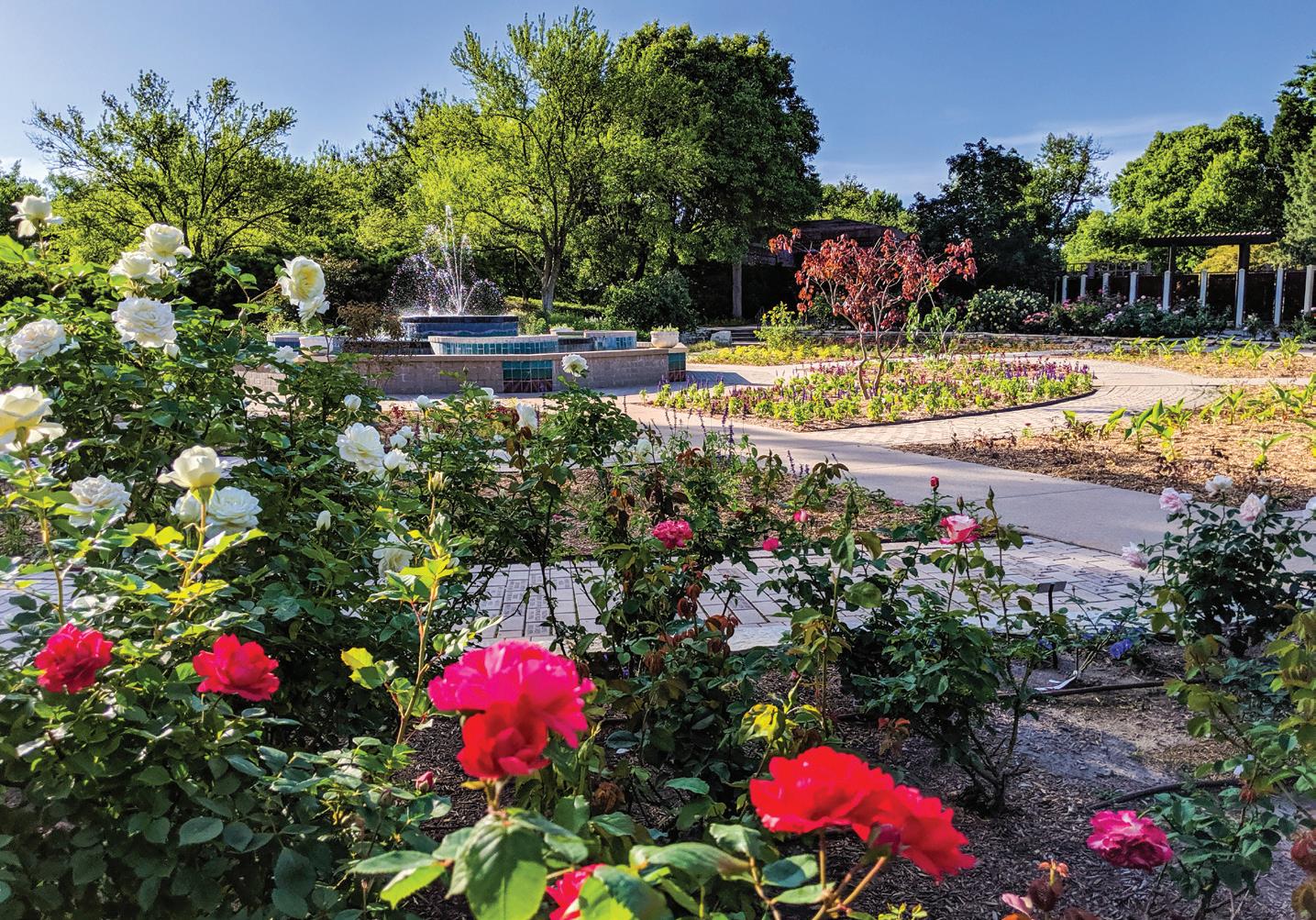
Although it is not in the Museums on the River district, the Museum of World Treasures is worth visiting. What started out as an individual’s collection has grown to a world-class museum that covers world history from prehistoric times to present day. Home to Tyrannosaurus rex fossils, ancient Egyptian mummies and extensive exhibits on world military history, the museum has banquet space for up to 200 attendees. Rentals include admission to the museum, which will entertain attendees for hours.
One of Wichita’s wildest and most unforgettable venues is Tanganyika Wildlife Park, where visitors can connect with exotic animals. It’s a good option for team building and networking and events can also be customized to include animal encounters, from photo ops with lemurs to feeding giraffes and petting kangaroos.

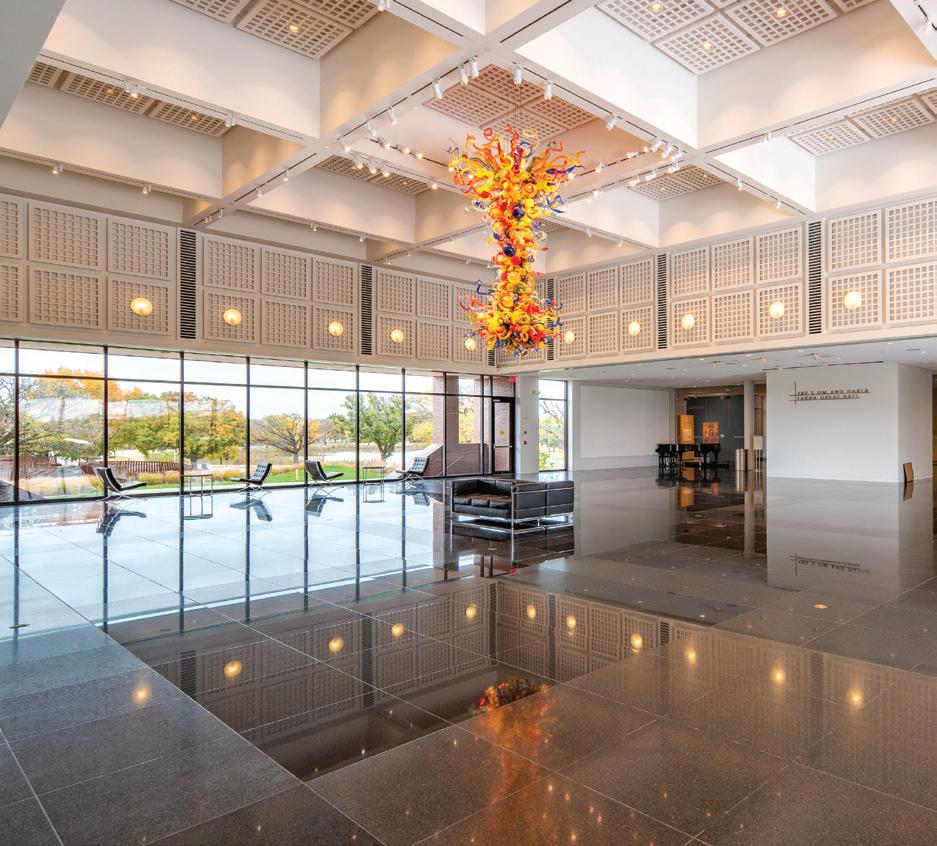
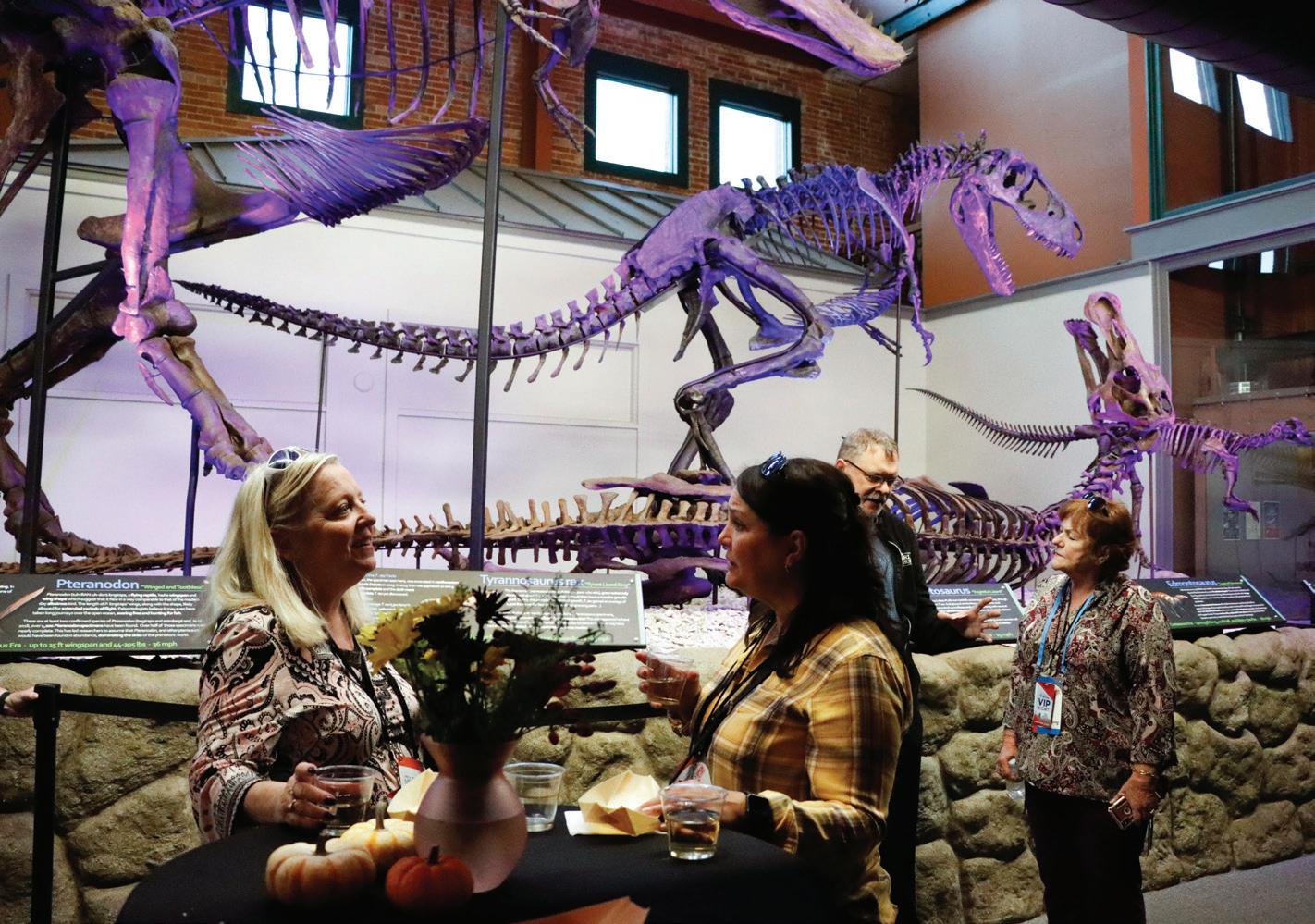

And the park isn’t Wichita’s only wildlife-viewing opportunity. The award-winning Sedgwick County Zoo is a beloved Kansas attraction that provides plenty of spaces for meetings and team building events within view of the animals. From the Tiger Trek to the Gorilla Tent Room to the Elephant Learning Lodge, attendees can get a closer look at species around the world during an event or meeting at the zoo.
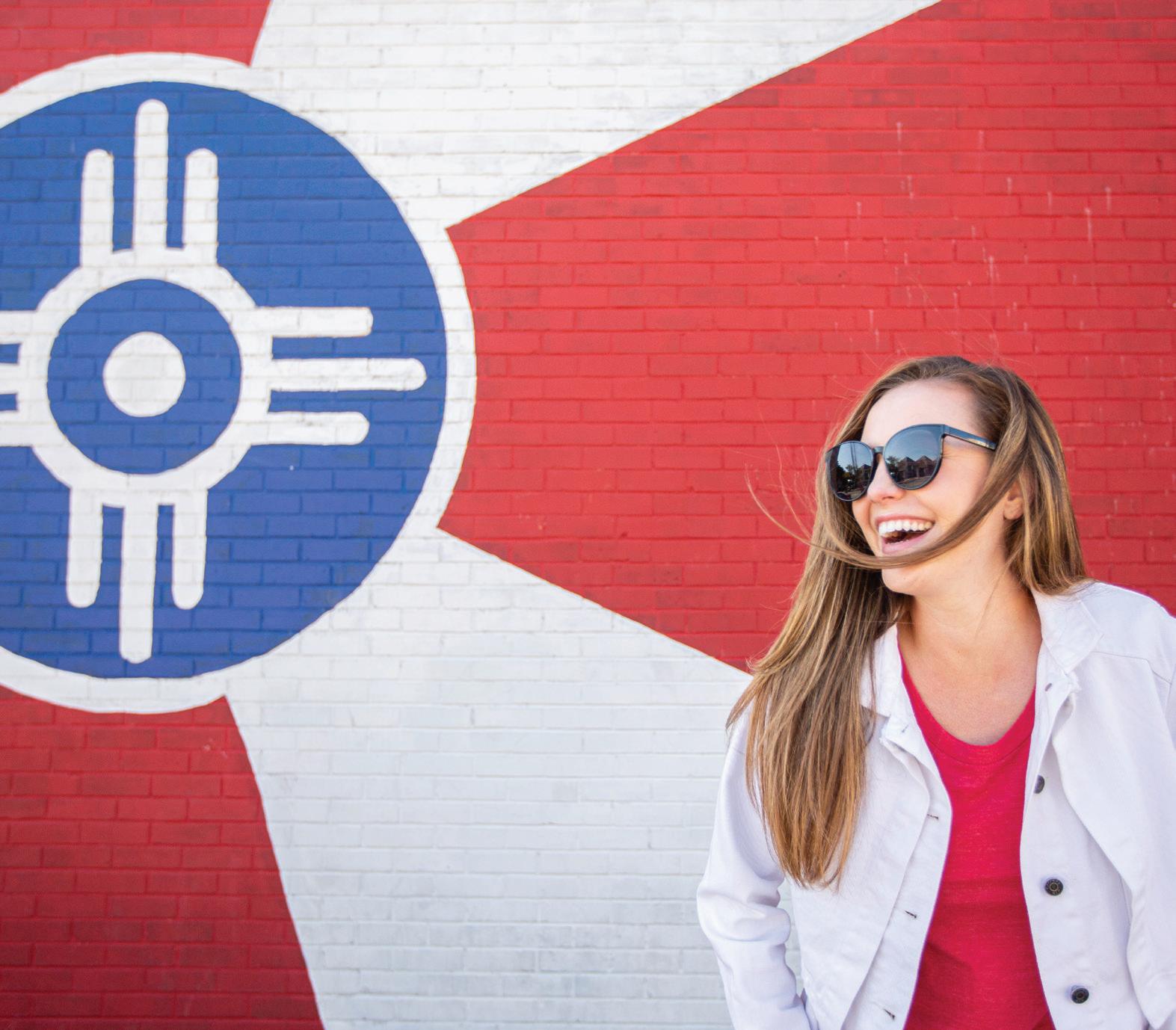
 BY RACHEL CRICK
BY RACHEL CRICK
Meeting planners want all their attendees to have a good time and feel important. But when it comes to ensuring VIPs have an elevated experience, the stakes are a little higher.
Whether the VIP is a CEO, a well-known keynote speaker or a generous donor, pulling out all the stops to impress them is a must. Fail to do so, and the biggest stakeholders may be unimpressed by the event.
The first step, of course, is determining who qualifies as a VIP. Then, how can planners not only meet each VIP’s needs but go above and beyond? Here’s what three experts had to say about catering to VIPs.
There are no hard-and-fast rules in determining who is a VIP. While there is a lot of nuance in making the determination, a good place to begin is to consider the event’s goals.
“A VIP list always changes depending on the objective of the event,” said Dave Stevens, director of field marketing and global events at data.world.
For instance, for a company-wide internal event, the VIP list will include guest speakers and executives within the company. If it’s an incentive trip, all attendees would be considered VIPs because the event’s aim to reward them with a luxurious experience. For a sales meeting designed to win new business, the VIPs are the potential new customers. If the event involves press coverage, journalists may be considered VIPs as well.
“You’re trying to impress somebody or retain business,” said Alecia May, event strategist and consultant at her company, Eventistry by Alecia. “So, it’s really important to have that awareness to amplify their experience so that we can bring them back for business.”
VIPs aren’t just high-level executives or prominent influencers though. They can also be attendees who need extra attention or have special needs of any kind, from hearing impairments to dietary restrictions.
“Within attendees, speakers, sponsors, exhibitors, donors and staff, there are VIPs hiding in every one of those sectors that require
PattyStern.com Creative Marketing and Events
Experience: 27 years
“Taking care of VIPs involves every single sector of planning.”
proactive attention,” said Patty Stern, chief creative officer at PattyStern.com Creative Marketing and Events.
There also are different levels of VIPs. On a company incentive trip, the CEO who is tagging along qualifies as higher-level VIP. VVIPs (very, very important person) might be celebrities and influencers, guest speakers or extremely generous donors, who have more elevated needs than the executive team, such as a security detail or private transportation.
After the VIPs have been identified, planners must do research on each person so they can make their experience highly individualized and add attention to detail. To gather information about executives, celebrities and influencers — from their likes and dislikes to dietary restrictions — planners can rely on VIPs’ assistants, PR teams and publicists.
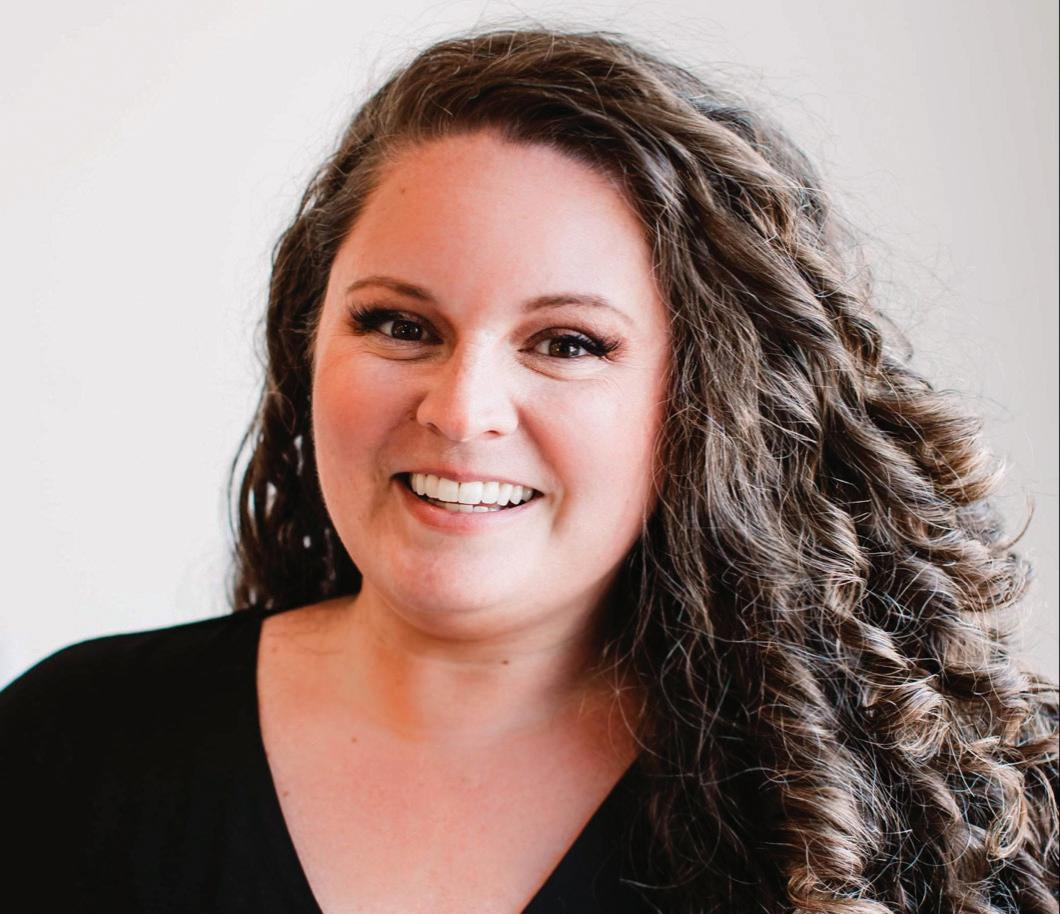
“You can’t deliver to the VIP level without the help and support of PR departments, marketing departments and administrative assistants,” Stern said.
Assistants are a planner’s best friend when they’re designing a VIP experience. In addition to giving the planner background information on the VIP, they can provide updates on their schedule, arrival time or any new needs that crop up. Often, assistants will fill out registration forms for their bosses.
Registration forms are another critical source of information. These forms give VIPs the chance to explain anything they may need or want to happen. For instance, a VIP who is hearing impaired may ask to sit in a certain location during the event so they can understand the speaker. If a speaker is elderly or has trouble walking, they may let the planner know they need to be closer to the stage. If the VIP has a food allergy, they can note that on their registration form so an appropriate meal can be prepared.
Stern recommends that planners make sure they are “asking questions, listening and being resourceful and creative” to deliver the best service possible to VIPs and come up with solutions before problems occur.
“We’re trying to impress them at a higher level, so there’s that high-touch strategy that has to be implemented.”
Alecia May
EVENT STRATEGIST, CONSULTANT
EventistryDIRECTOR OF FIELD MARKETING AND GLOBAL EVENTS

data.world
Experience: 20 years
It’s also important to research cultural differences. If VIPs are from another country or culture, understanding different customs is crucial. Customs involving handshakes, eye contact and table manners can vary greatly from country to country; no one wants to offend a VIP.
“By putting in that effort to know those things, you’re conveying to them their comfort is important to you,” Stevens said.
“I reach out to etiquette experts,” Stern said. “I never shy away from reaching out to resources to make sure we’re taking care of people the right way.”
After VIPs have been identified and researched, a personalized and seamless experience can be designed.

“The better you are at taking care of your VIPs, the less they have to do because their potential needs have been anticipated,” Stevens said.
If VIPs don’t have assistants to fill out the registration forms for them, planners and event staff can set up a call to fill it out so the task is easier.
“Convenience is a premium they can really appreciate,” May said.
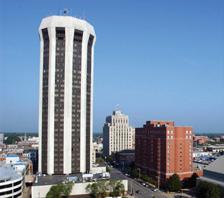
Airport transportation preferences can vary from one VIP to the next; sometimes executives want to avoid seeming disconnected from the rest of their team and will take the group shuttle to the hotel. Others, especially VVIPs, will want to have a private vehicle or even a limousine ready.
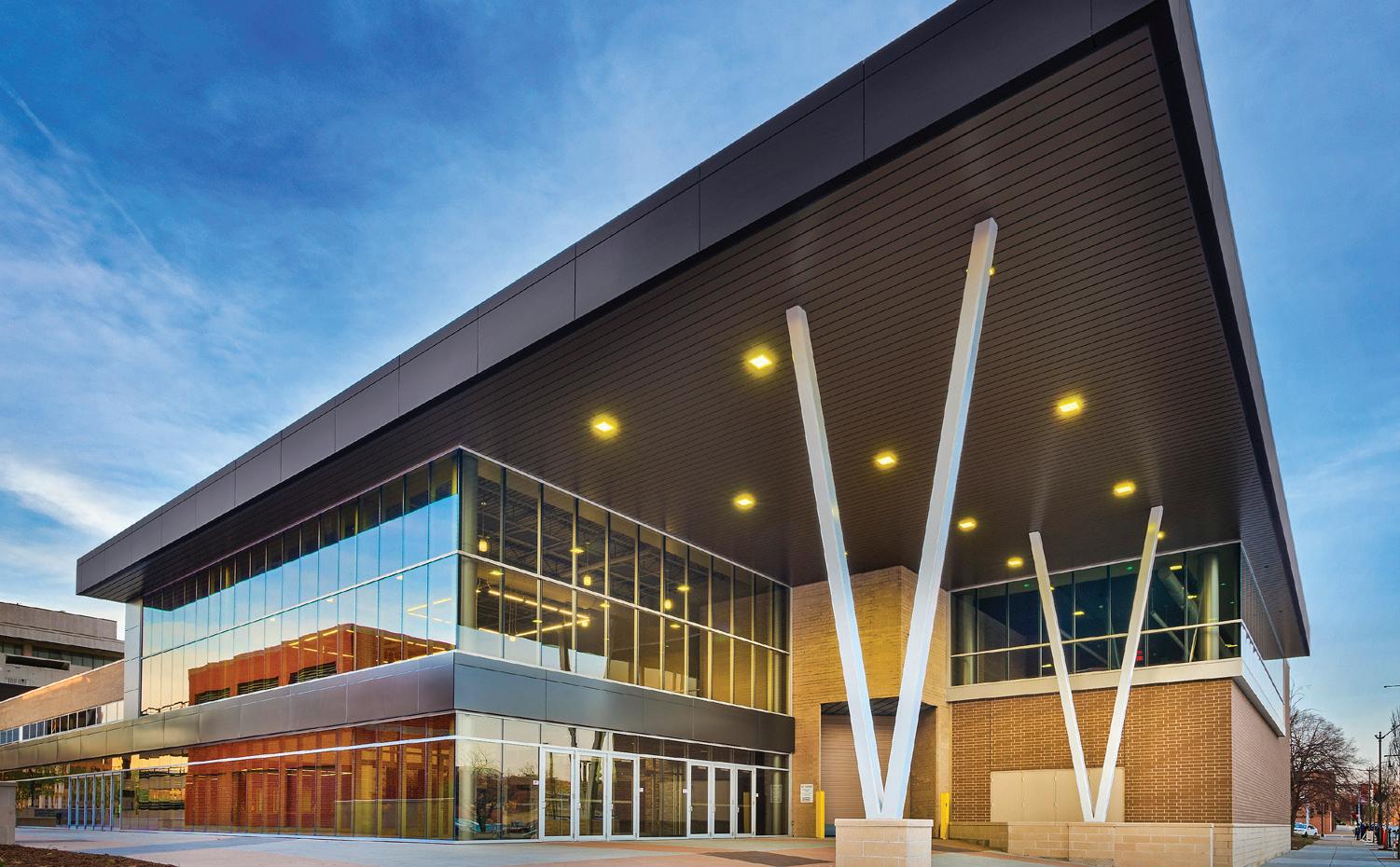
“You want to make sure they feel like what’s important to them is important to you.”Dave Stevens
SUCCESS LIVES HERE.



When you book your event in Central Florida, you get much more than unique meeting spaces of all sizes. Your guests will also enjoy amazing activities, comfortable quarters, exciting events, and delicious food. Learn more at VisitCentralFlorida.com.
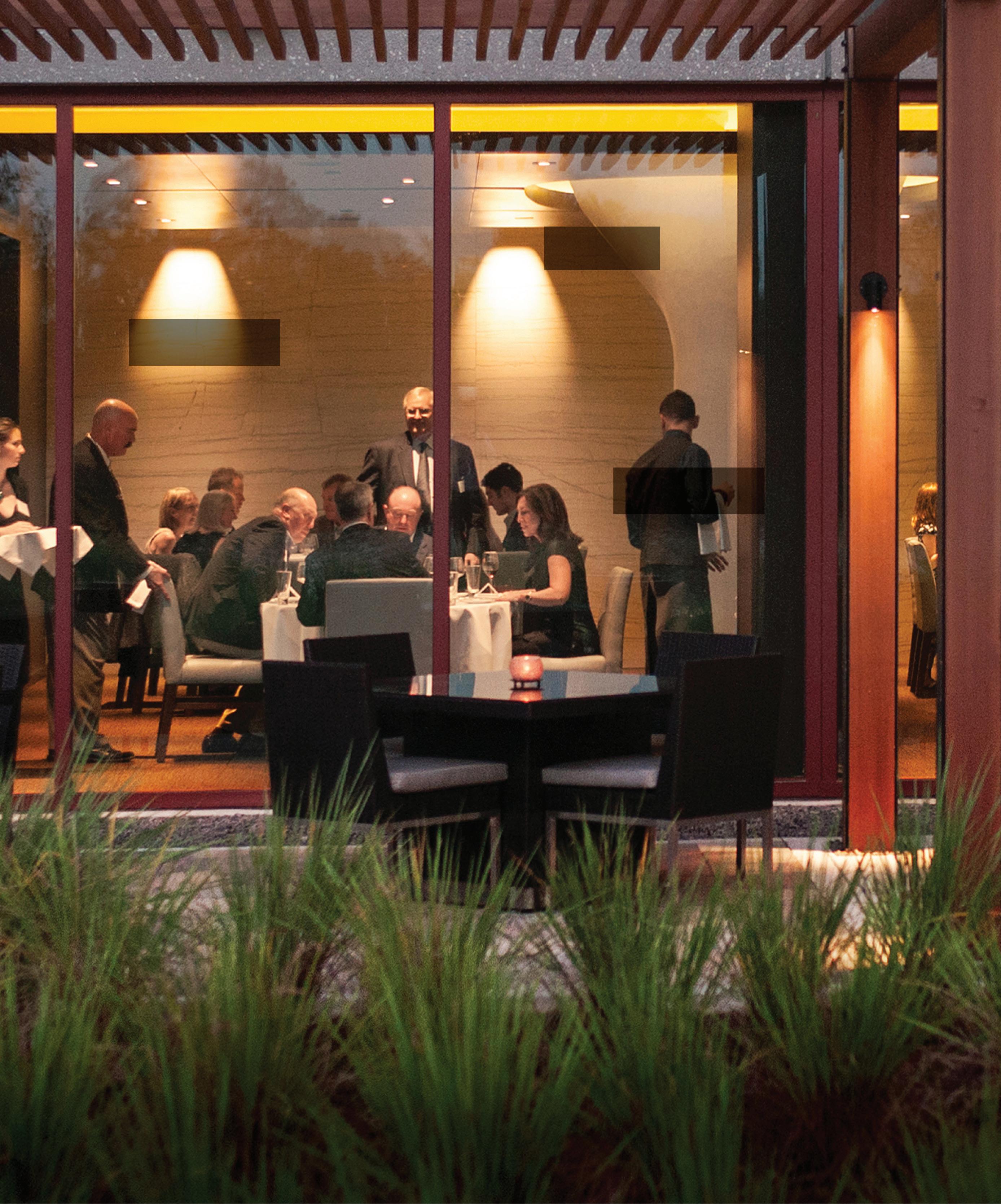 STREAMSONG RESORT :: BOWLING GREEN, FL
CEO proud of his hardworking team.
CMO ready to wine and dine.
CFO excited for the new fiscal year.
STREAMSONG RESORT :: BOWLING GREEN, FL
CEO proud of his hardworking team.
CMO ready to wine and dine.
CFO excited for the new fiscal year.
Because arrival sets the tone for the entire event, making it as personalized as possible is important. Customized signage or a welcome letter can make VIPs feel special from the start. The more authentic, the better; something boilerplate won’t make them feel as good as a customized basket of their preferred snacks and beverages.
“We recognize and greet them by name and send a welcome packet prior, so we make it personal,” May said.
Stevens also recommends advancing VIP hotel rooms.
“That’s where you go into the hotel rooms prior to their arrival on check-in day and make sure everything works,” Stevens said.
The VIP experience begins with arrival, but it doesn’t end there. Planners should be constantly monitoring the VIP’s experience.
“There has to be follow-through, and there has to be an understanding of how you accommodate a VIP request or situation that can arise when they arrive,” Stern said.

“You’re trying to impress somebody or retain business. So, it’s really important to have that awareness to amplify their experience so that we can bring them back for business.”
— Alecia May, Eventistry by Alecia
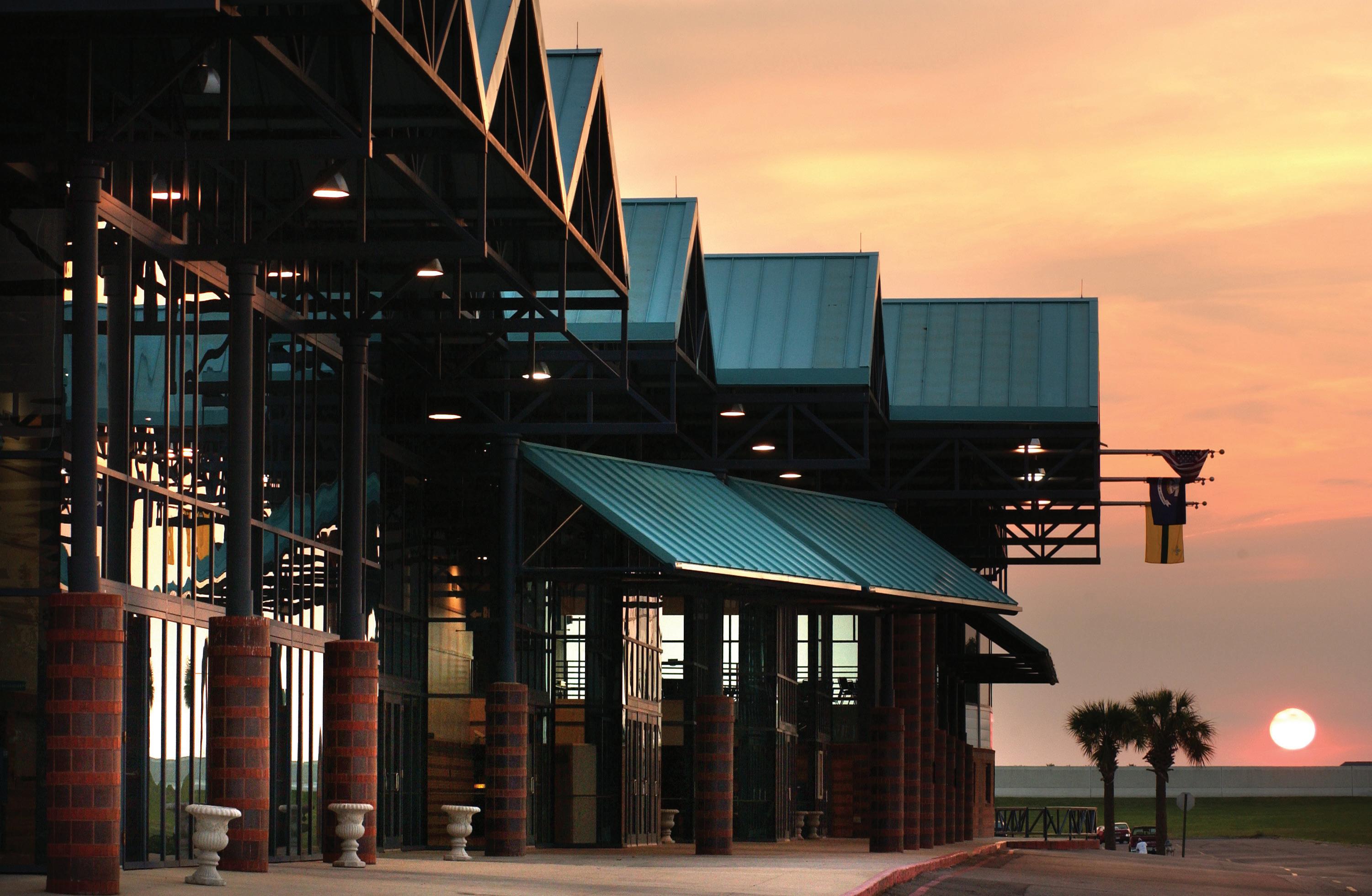
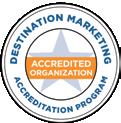
Top-tier convention centers can be found in smaller cities.
With hundreds of thousands of square feet of meeting space, impressive amenities and sleek designs, these regional convention centers serve a wider region than their home cities and are equipped with expansive, versatile meeting and event spaces, valuable services and attentive staff. In these smaller town settings, attendees feel like VIPs.
The Duluth Entertainment Convention Center, known as the DECC, is a sprawling collection of venues on Lake Superior that includes two convention centers, two arenas, multiple halls, boardrooms and meeting rooms. The Harbor Side Convention Center, which offers views of the Duluth Aerial Life Bridge and Duluth-Superior Bay, has a 12,000-square-foot ballroom and 4,400 additional square feet of meeting space. The City Side Convention Center has a 15,000-square-foot exhibit hall, a 26,000-squarefoot ballroom and additional breakout rooms. In total, the DECC contains 125,000 square feet of expo space, including Pioneer Hall, a 48,000-square-foot exhibit hall, which can be turned into a sports arena during the winter months, complete with indoor turf. The 7,377-seat AMSOIL Arena and the Duluth 10 Cinema add other possibilities.
Among DECC’s amenities are in-house catering focused on locally sourced ingredients and knowledgeable IT techs on-site. Its views of Lake Superior and easy access to downtown Duluth are also strengths.
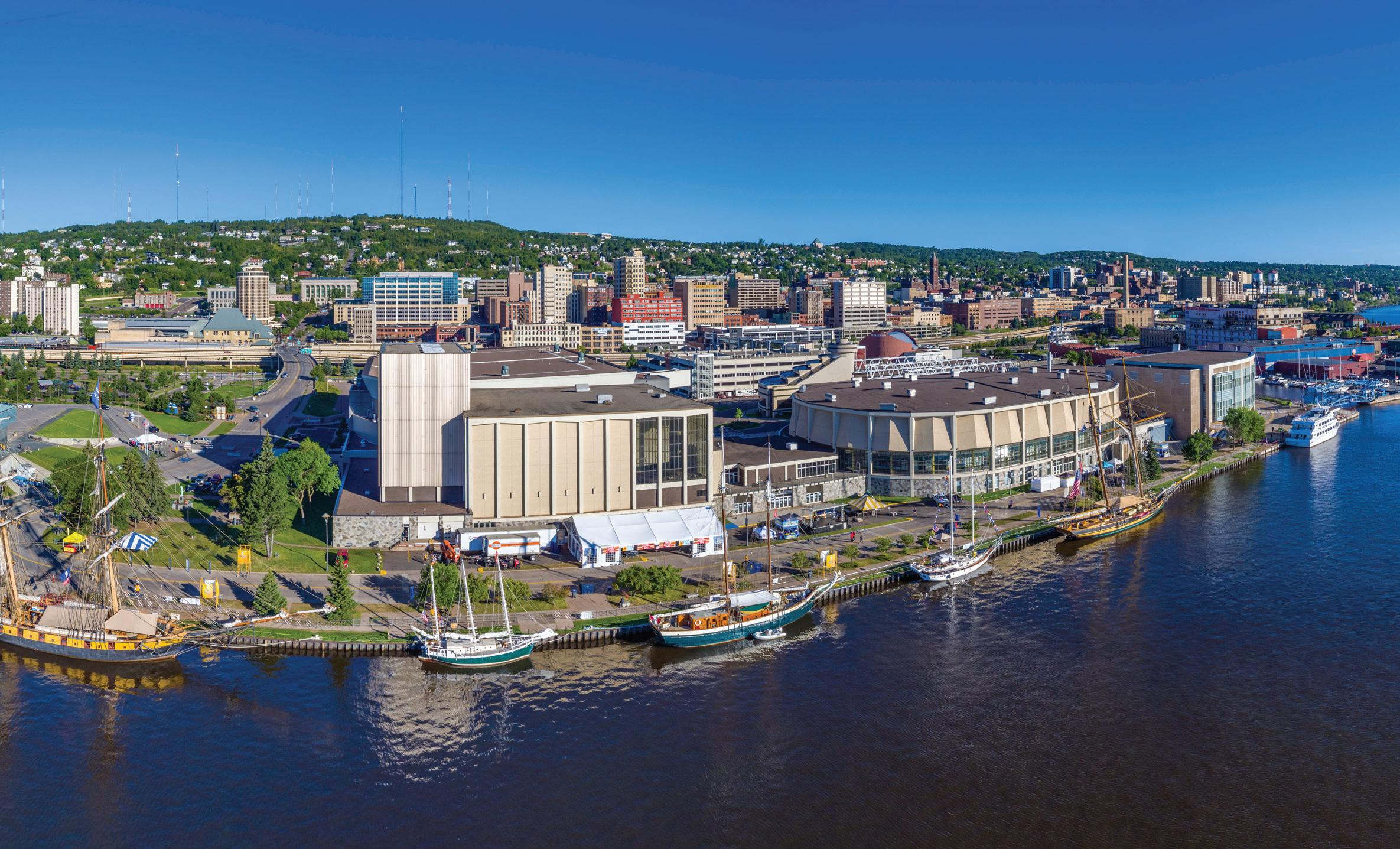
“Our location in Duluth right next to Lake Superior and so many walkable amenities make this a favorite location for attendees,” said Lucie Amundsen, communication director at the DECC. decc.org
The Dayton Convention Center, a popular convention center in the Midwest, is in the heart of downtown Dayton, blocks from the Miami River,
hotels, shopping and dining. It’s also easily accessible from interstates 71 and 75. A $40 million renovation that is now under way will modernize and upgrade the three-level center’s 150,000 square feet of meeting space.
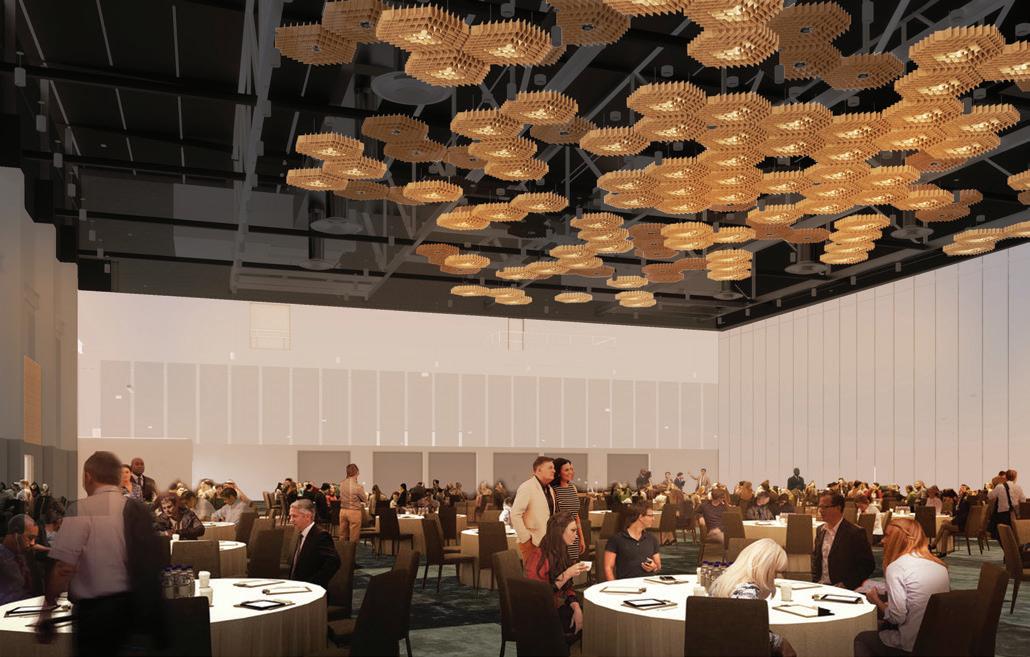
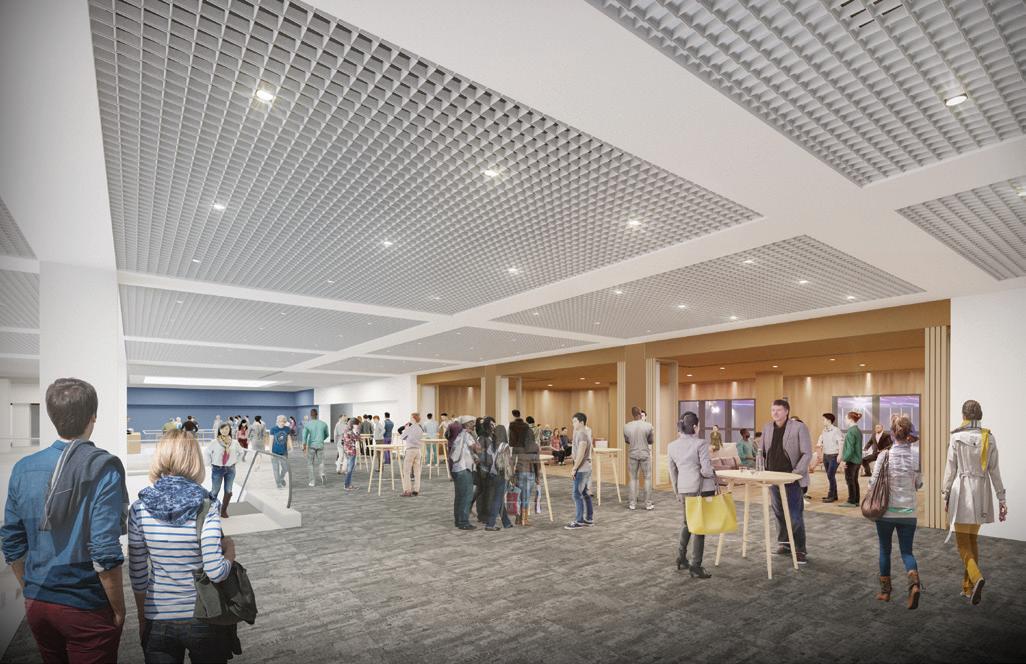
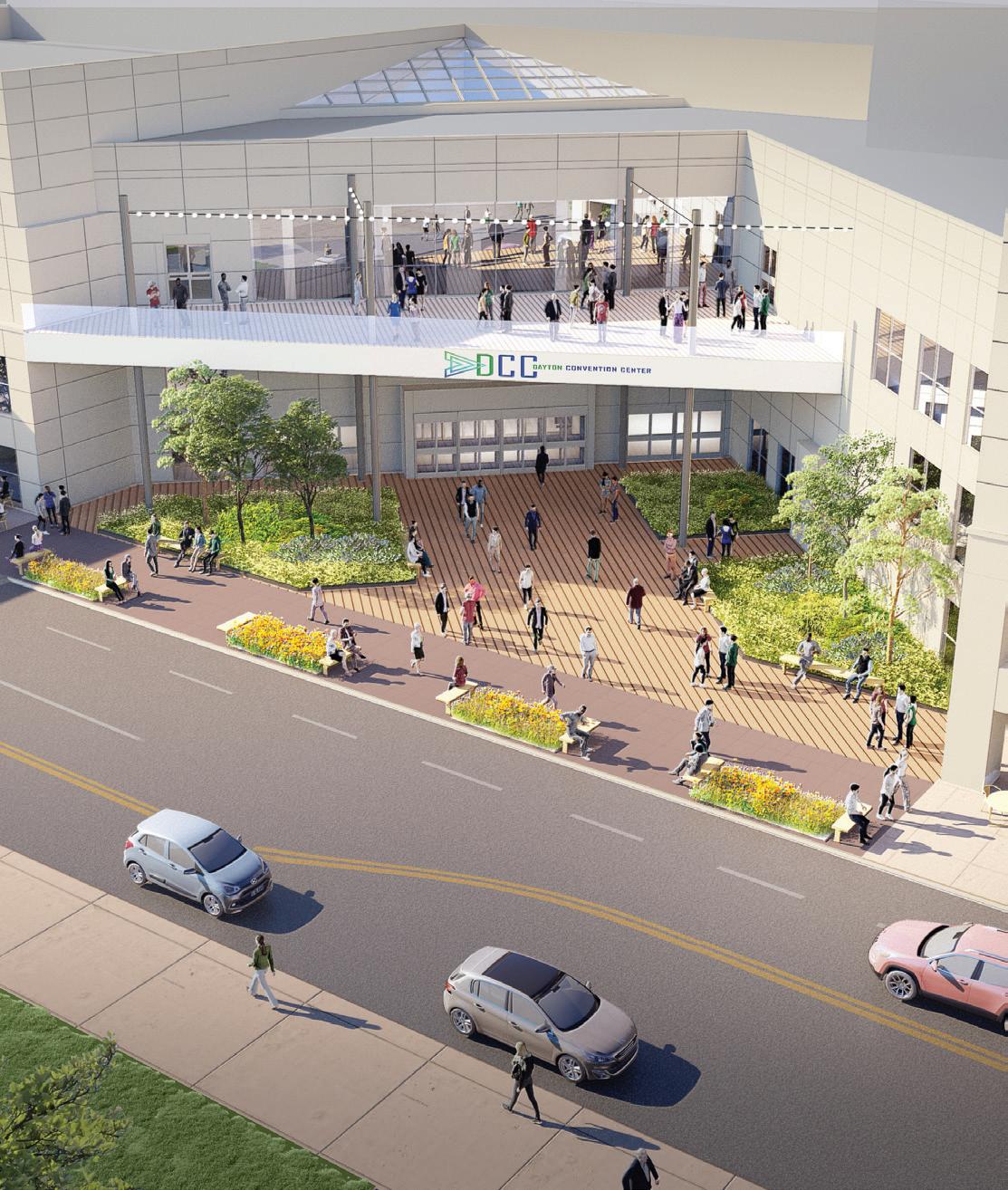
The convention center hosts youth and amateur sporting events, hobby conventions and some military events because of the nearby National Museum of the U.S. Air Force and Wright-Patterson Air Force Base.
“We are a smaller market, so these groups have the opportunity to be the big fish in the small pond,” said Christina Combs, senior sales manager at the Dayton Convention Center. “They get that Midwestern down-home service with a smile.”
The center’s 68,000-square-foot, column-free exhibit hall can be divided into smaller sections. There’s also a 9,000-square-foot ballroom, a 5,520-squarefoot ballroom, a 672-seat theater and 22 additional meeting rooms for groups of 12 to 300. Center staff assist with event planning and exclusive caterer Celebrate Dayton can create custom menus for events ranging from breakfasts to cocktail receptions.
daytonconventioncenter.com
“We are a smaller market, so these groups have the opportunity to be the big fish in the small pond. They get that Midwestern down-home service with a smile.”
— Christina Combs, Dayton Convention CenterCourtesy Dayton Convention Center
A glass exterior and palm trees greet visitors to California’s Ontario Convention Center, a stylish and well-equipped facility for meetings in the Southwest. Its sunny location 35 miles east of Los Angeles, next to the Ontario International Airport, makes the convention center appealing to events ranging from
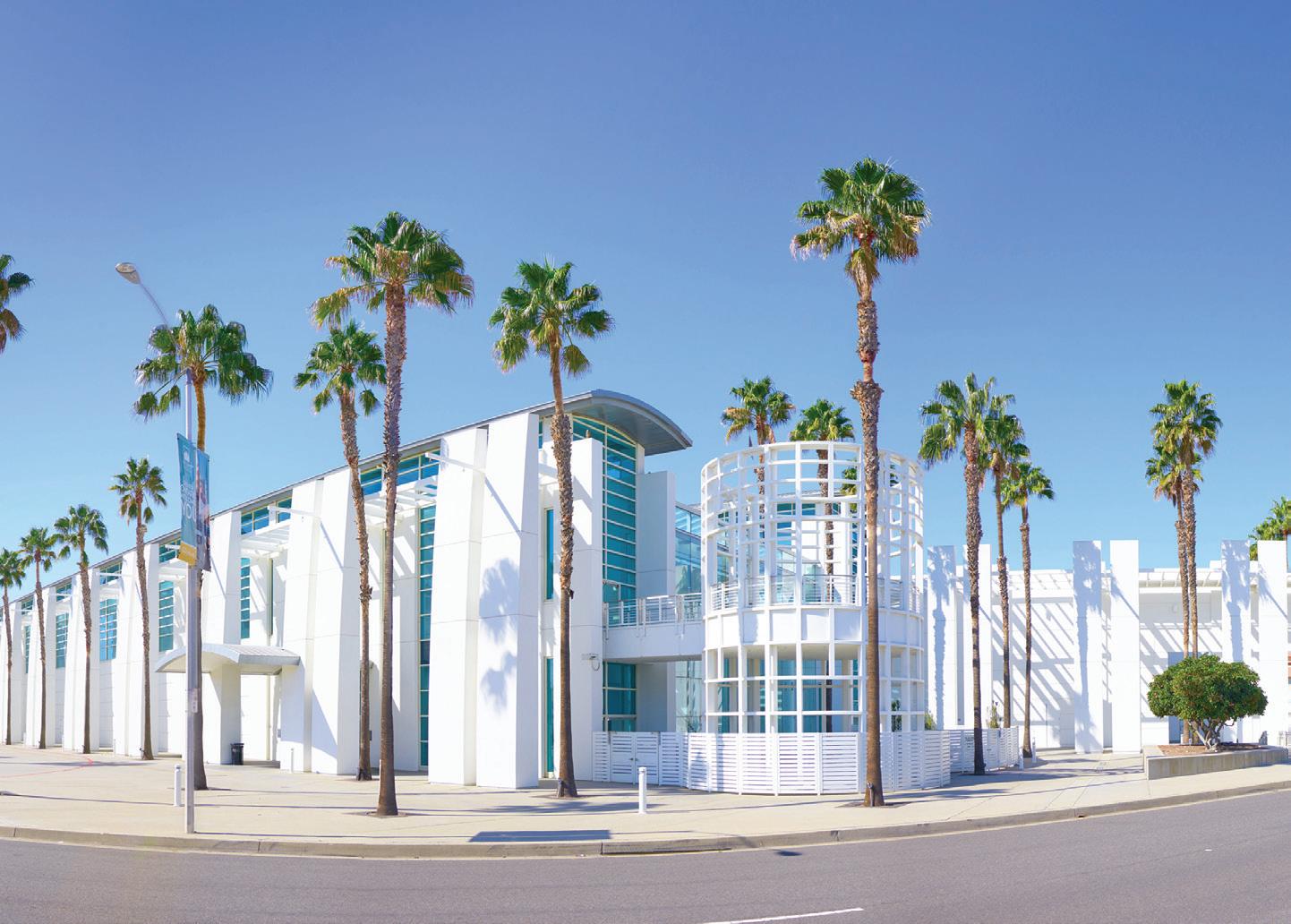
Make an impact with your next event at Boise Centre. Our versatile meeting and event spaces, modern amenities, and expert event planning team is at your service to ensure an unforgettable event experience. Located in the middle of the city’s energetic, walkable downtown Boise Centre is surrounded by local breweries, restaurants, shops, hotels and is minutes from outdoor adventures. boisecentre.com

• Convenient downtown location
• Numerous direct flights and seven minutes from the airport • Surrounded by restaurants, breweries, and nightlife
The convention center has over 225,000 square feet of meeting space, and 70,000 square feet of that is a column-free exhibit space. There’s also 20,000 square feet of divisible ballroom space and 25,000 square feet of additional meeting rooms. An event services team works closely with planners and an in-house food and beverage team creates made-to-order menus for each event.
gocvb.org/
ontario-convention-center
Located in the smallest state in the U.S., the Rhode Island Convention Center is large enough to handle many meetings and events in the Northeast market. Its spaces are impressive: 100,000 square feet of divisible exhibit space, a 20,000-square-foot ballroom, a 4,000-square-foot junior ballroom and 23 meeting rooms. Plus, the center is connected to a 14,000-seat arena with 31,000 square feet of arena floor space and has two parking garages with 2,400 parking spaces. More than 2,000 hotel rooms are within a mile, including the adjacent Omni Providence Hotel, a luxury 564-room property with its own meeting space.
“The CVB’s slogan is book a city, get a state,” said Lawrence Lepore, general manager of the Rhode Island Convention Center. “We try to sell the destination as much as the building.”
Providence, Rhode Island’s capital city, is a destination known for its walkability, cuisine and its many university campuses, as well as its New England charm. From the convention center, it’s easy to reach fine dining options with an emphasis on fresh seafood, museums, galleries and theaters. A sky bridge connects the convention center to the Providence Place Mall, the largest shopping mall in Rhode Island. riconvention.com

Start planning for your next meeting or event in the Fox Cities. With a wide variety of spaces and places, we have the perfect venue to inspire any group to get down to business.
Looking for a modern, state-ofthe-art option with room for a crowd? Check out the Fox Cities Exhibition Center - 38,000 square feet of thoughtfully designed space built right into the hillside of Downtown Appleton.
Now offering incentives starting at $500 for events booked and held in the Fox Cities.
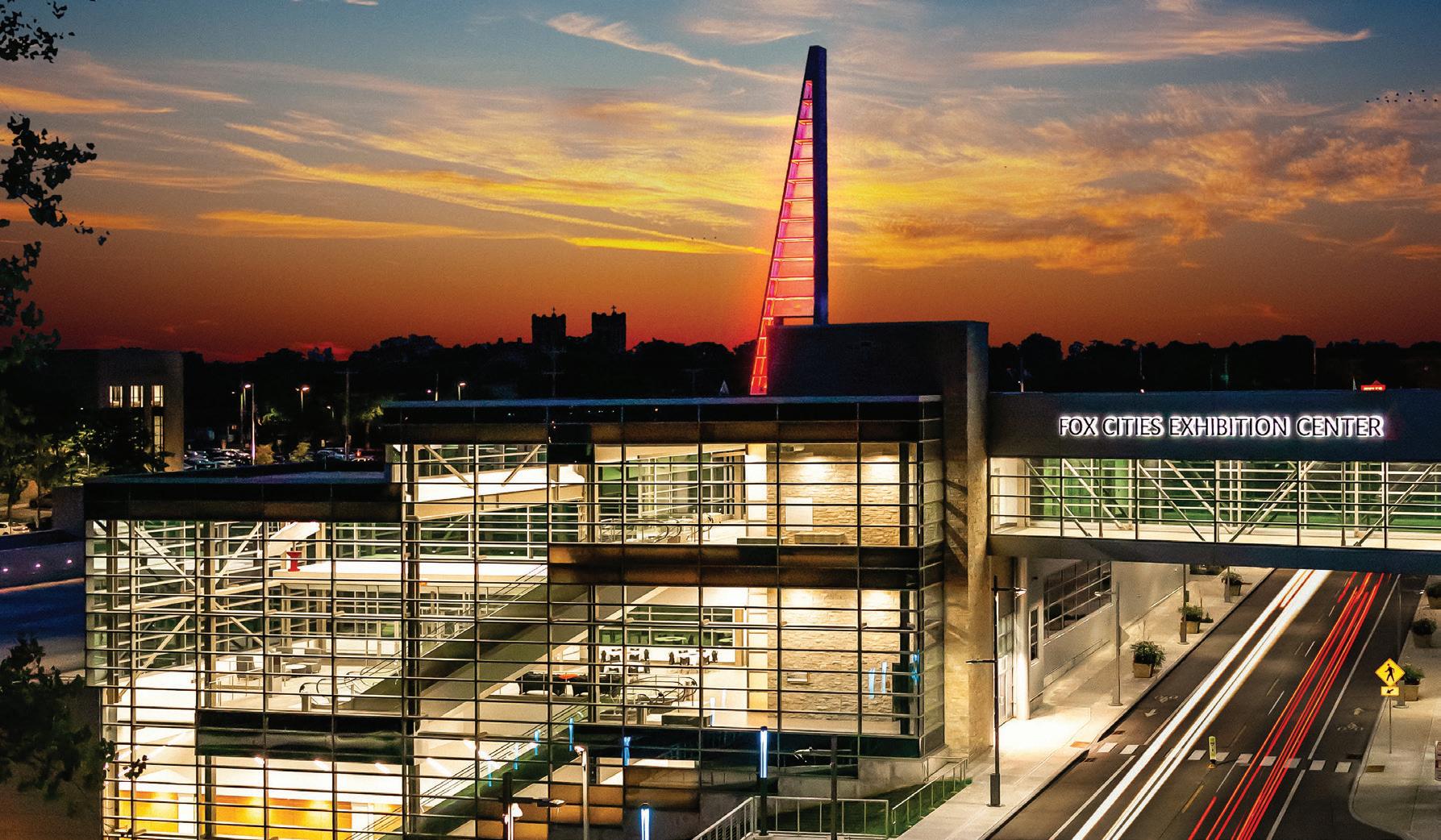
On the banks of the Spokane River, the 300,000-square-foot Spokane Convention Center is a sleek and modern facility with views of the water and plenty of space.
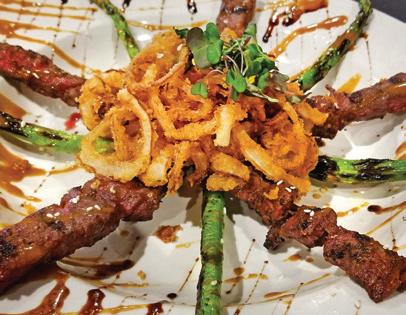

The convention center includes a 120,000-squarefoot exhibit hall; three ballrooms totaling over 50,000 square feet of space, including one that is 25,276 square feet; 30 meeting rooms, a 270-seat conference theater and several outdoor spaces like the Roof Deck and 9,200-square-foot Riverside Event Lawn.

The convention center is also connected to DoubleTree by Hilton Spokane City Center, a 375room hotel with an additional 21,720 square feet of meeting space, and by skywalk to the luxurious Davenport Grand, a Marriott Autograph hotel with 716 guest rooms and 62,800 square feet of meeting space. Spokane’s walkable downtown is easy to reach from the convention center, so down time can be spent shopping, dining and seeing attractions. spokanecenter.com
Gillette, Wyoming's CAM-PLEX multi-event facilities encompasses over 1,000 acres of land and features a fine arts theatre, a convention/exhibit hall, two multipurpose pavilions, a racetrack, rodeo grounds, 1,730 RV sites, and a 21-acre park and picnic area.
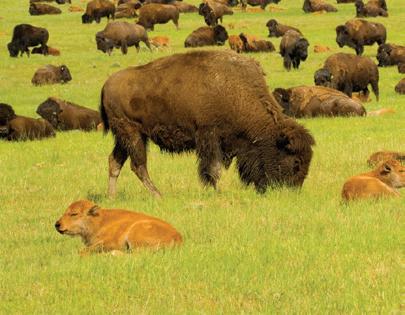
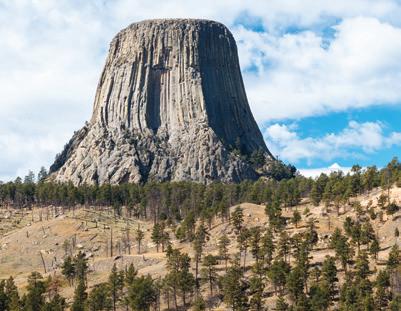
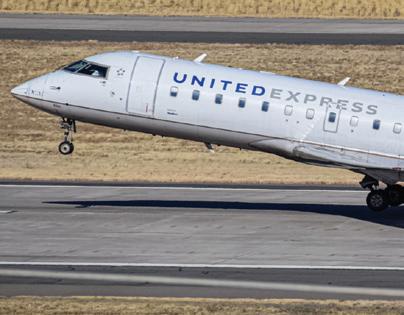

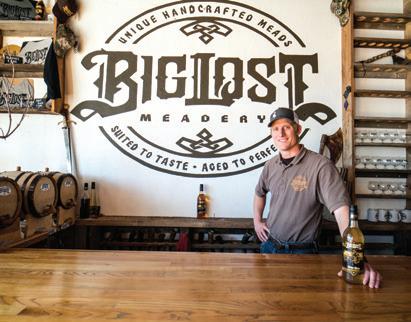
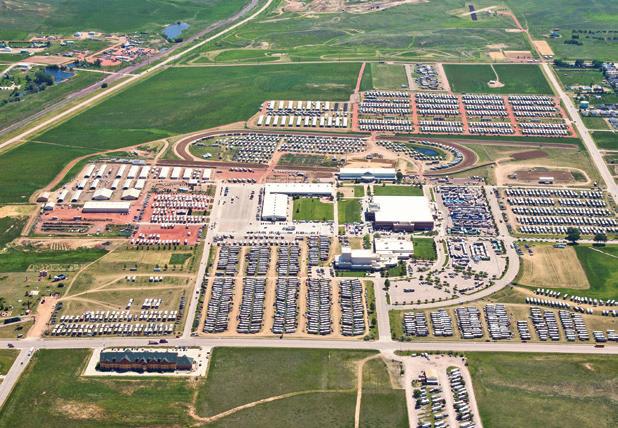
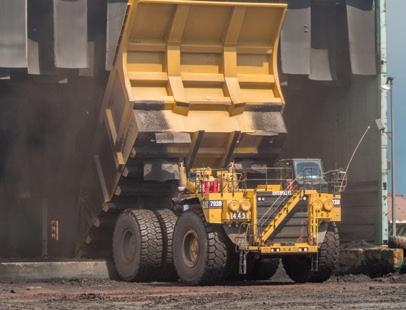
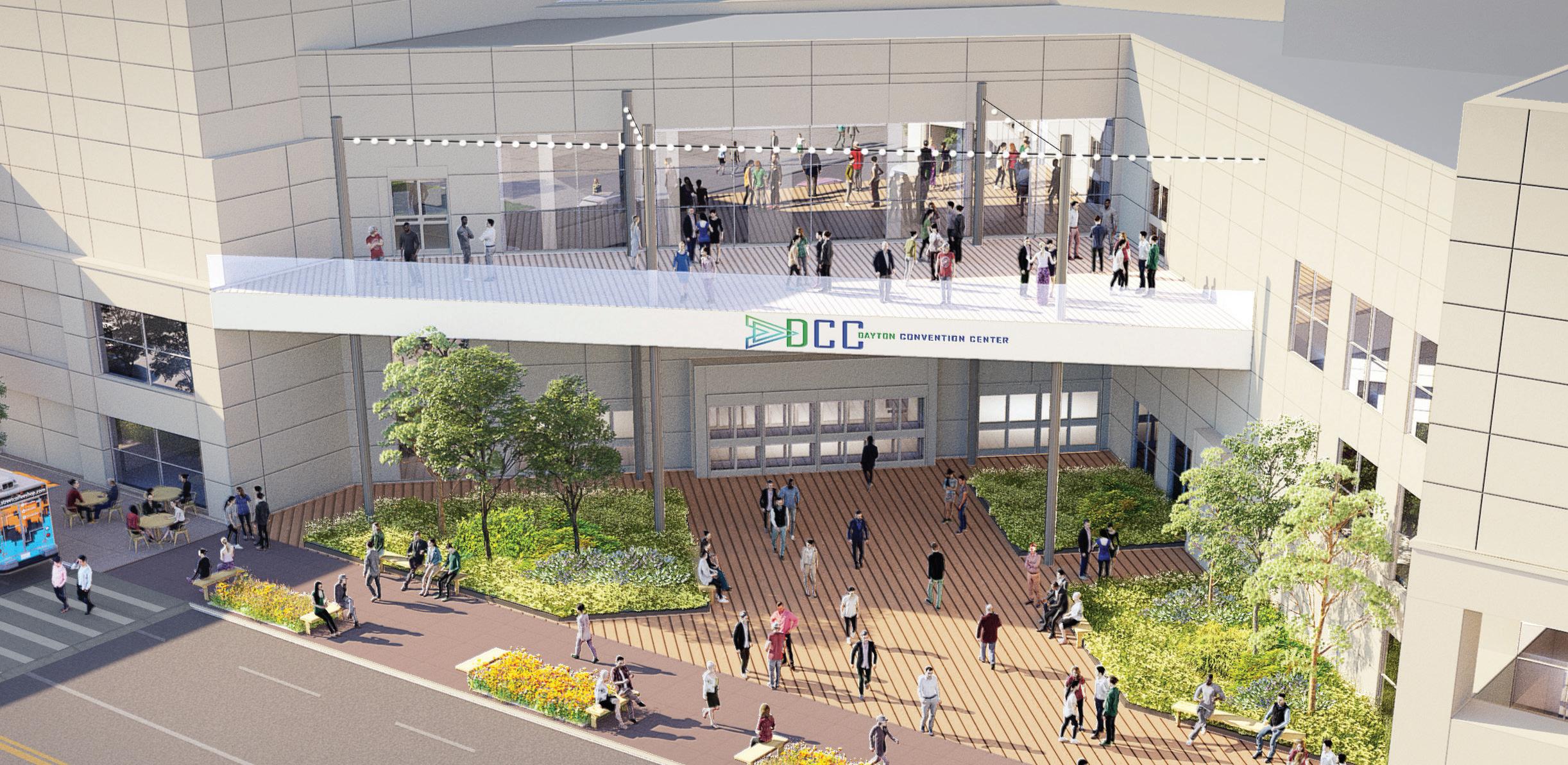
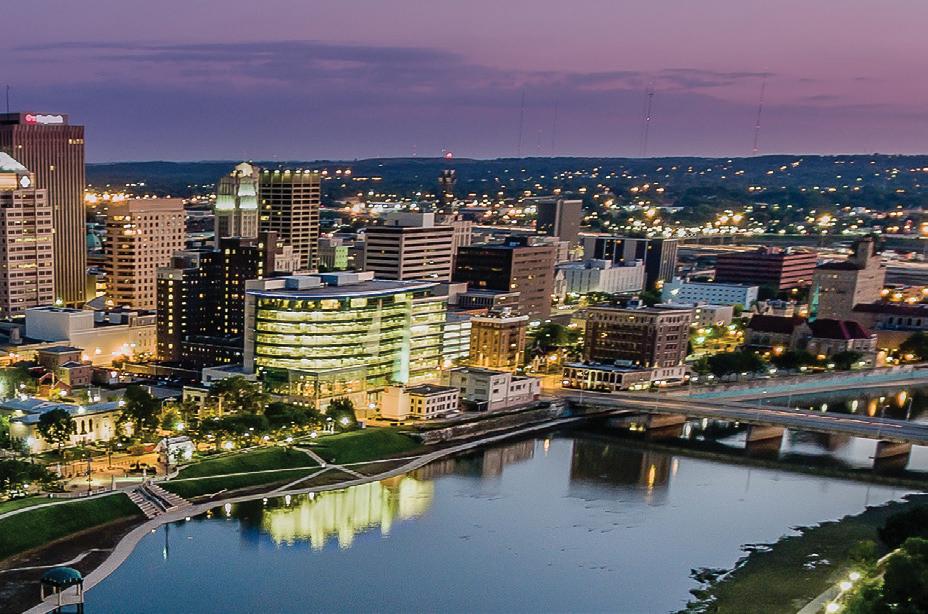
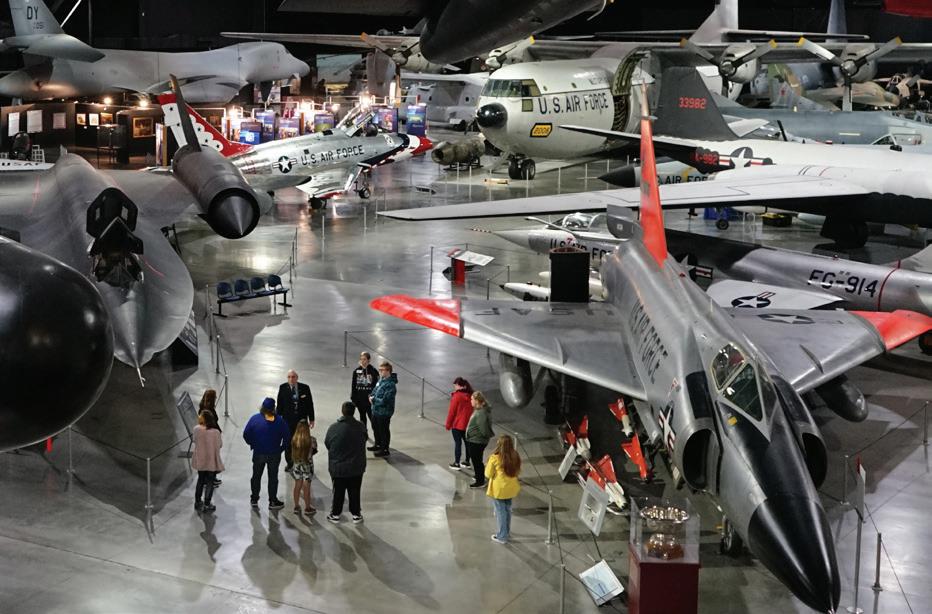
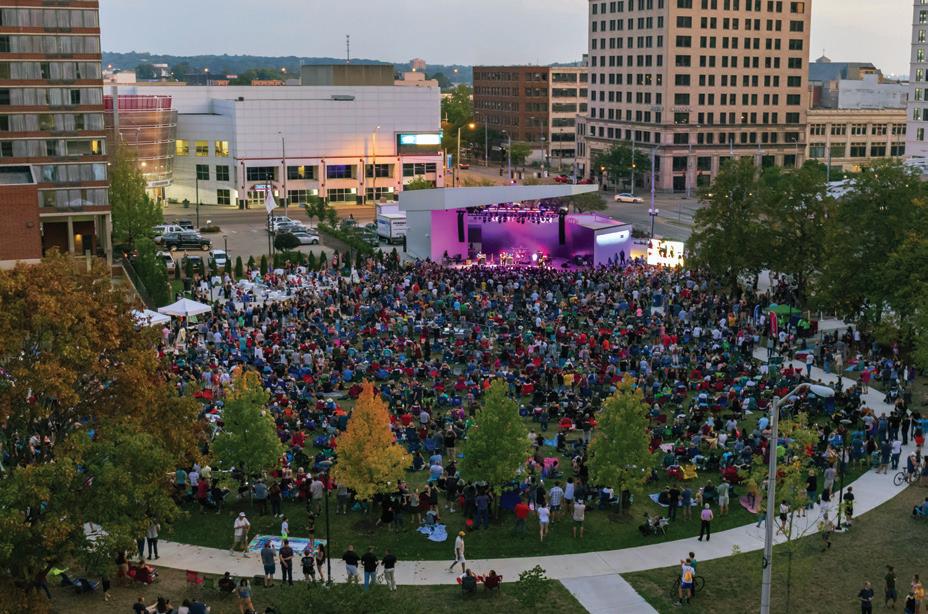
• Full in-house services for In-person, Hybrid, or Remote meetings

• 225,000 sf of beautifully appointed convention & event space

• 50,000 sf carpeted Convention & Expo Hall; 18 versatile event spaces
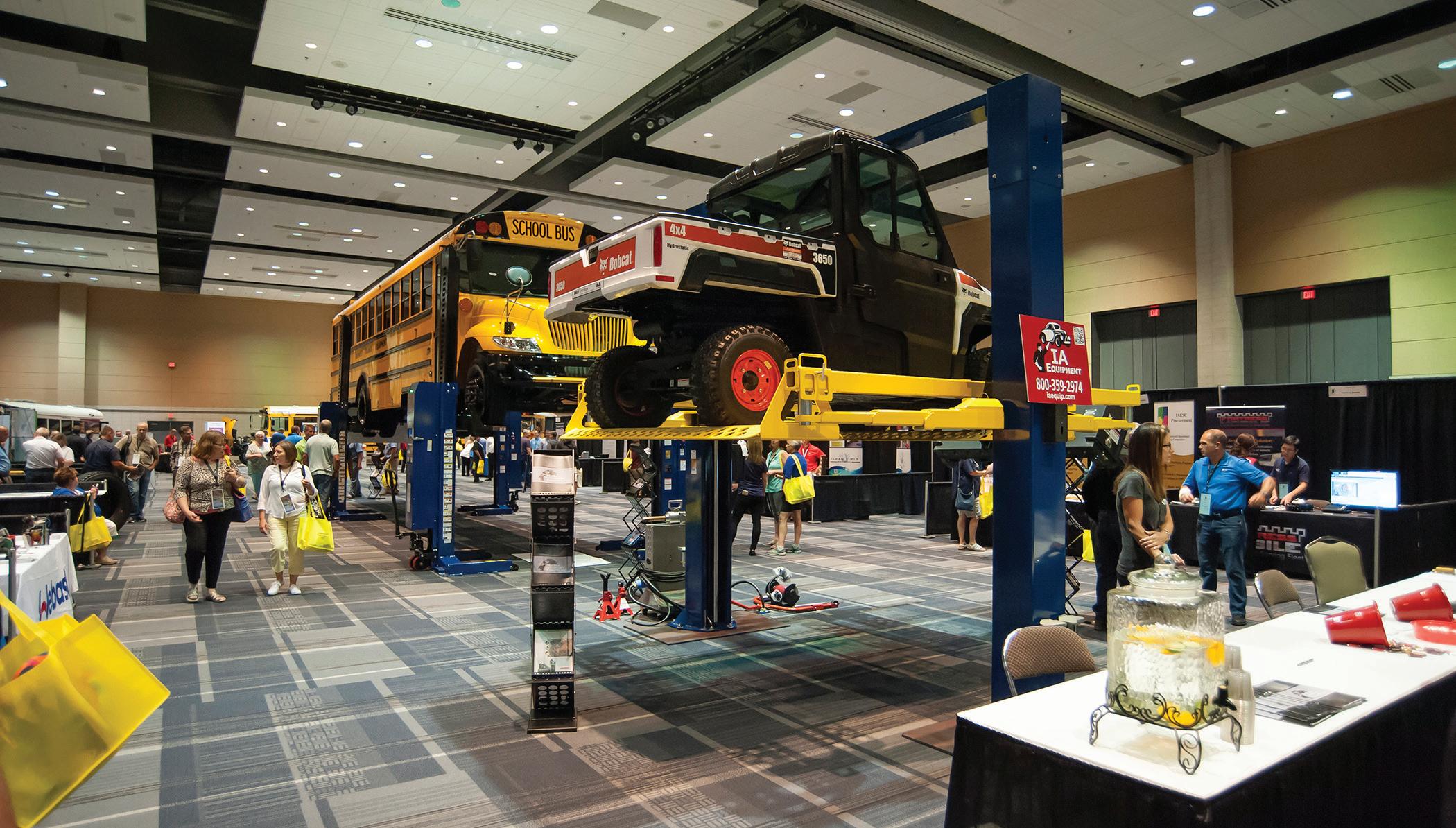
• 4500 theatre; 3100 banquet; 2900 classroom
• 3 adjacent hotels with garage parking; 6,500+ guest rooms citywide
• In-house Sales, AV, Catering, Event management, and Guest experiences
• 60+ walkable restaurants and pubs, boutiques, and riverfront parks
• Easier event planning, intuitive guest navigation, full event support
>> SAVE UP TO 15% versus comparable cities!
Easy Drive-To Destination! Easy by Air via FWA
EXPLORE MORE IN BEAUTIFUL DOWNTOWN FORT WAYNE, INDIANA
In Waco, a mid-sized city in the heart of Texas known for its easygoing and friendly atmosphere, the Waco Convention Center sits across the street from Indian Spring Park, the Brazos River and the Waco Suspension Bridge.
Its two levels include exhibition, ballroom and theater space. For exhibitions, there’s 33,000-squarefoot Chisholm Hall and 15,000-square-foot McLennan Hall. The beautiful Brazos Ballroom features bamboo floors, access to a balcony with river views and nearly 14,000 square feet of space that can be divided in two. The Bosque Theater has 191 fixed seats.
Free parking is a plus, as is the attached 195room Hilton Waco and its 8,000 square feet of meeting space.
wacocc.com
The capital city of Utah is home to about 200,000 people and a convention center of nearly 1 million

Meagan Drabik | Sales Manager
“Grand Wayne Center is a stunning work of architecture with easy access to hotels, restaurants and entertainment. Our members were impressed with how clean, modern, walkable, and friendly downtown Fort Wayne, Indiana, proved to be.”
— Dallas. W. Johnson, North American SCRABBLE® Championship
Looking for a place to host your next meeting, conference or convention?

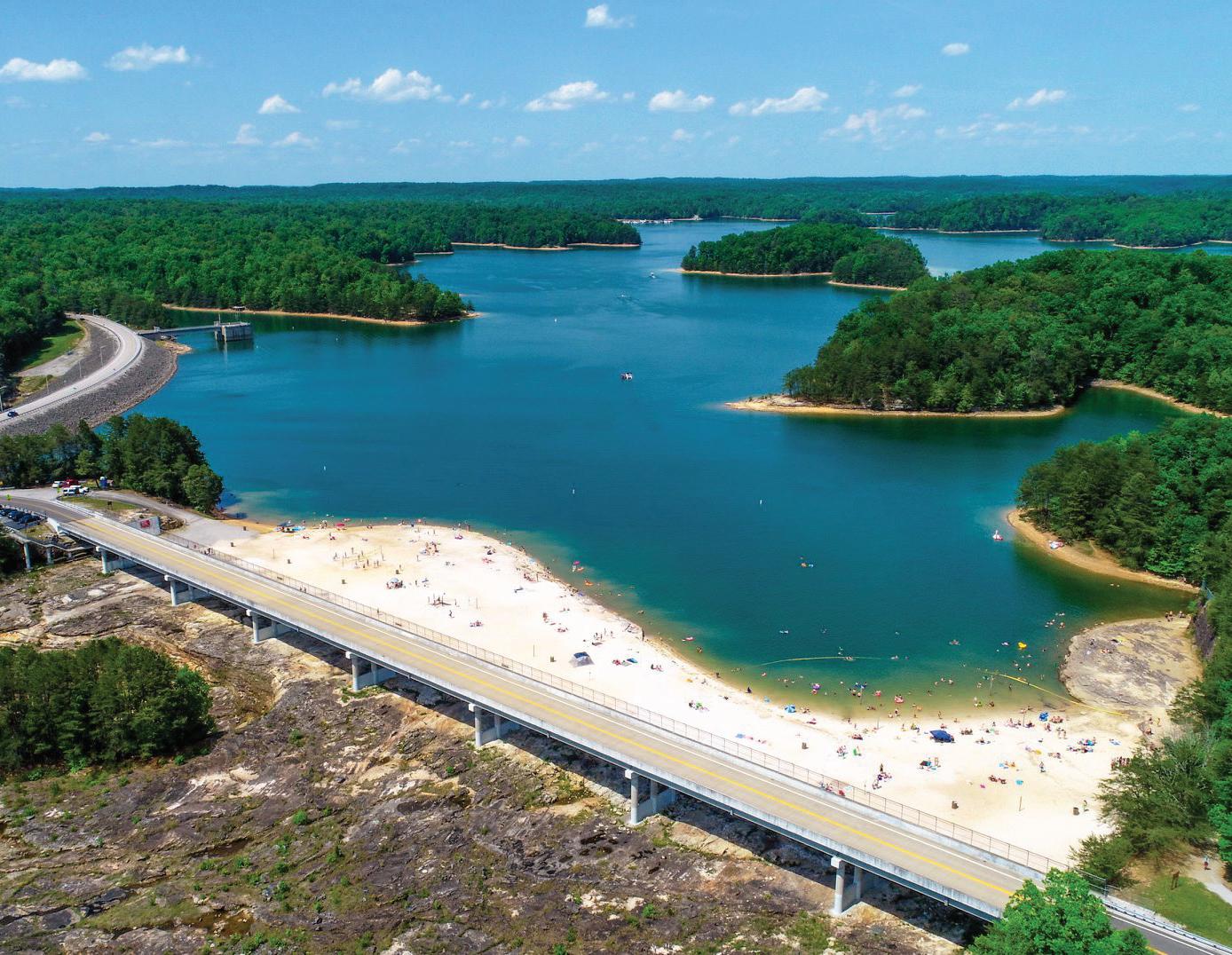
Look no further than Corbin, KY. Conveniently located off of I-75 exit 25 in the foothills of the Appalachian Mountains, Corbin is home to 2 premier meeting and conference centers. The Corbin Arena features a 31,250 square foot floor and a 19,261 square foot concourse, making it perfect for conferences and tradeshows. Directly below the Arena is the Corbin Center, a 20,000 square foot facility complete with an executive board room, five classrooms and an 85 x 63 square foot multipurpose space. After the meeting get out and enjoy the Original KFC, Cumberland Falls State Park, the Laurel Lake and our vibrant and eclectic downtown! We can’t wait to host you…..Corbin LOVES Company!
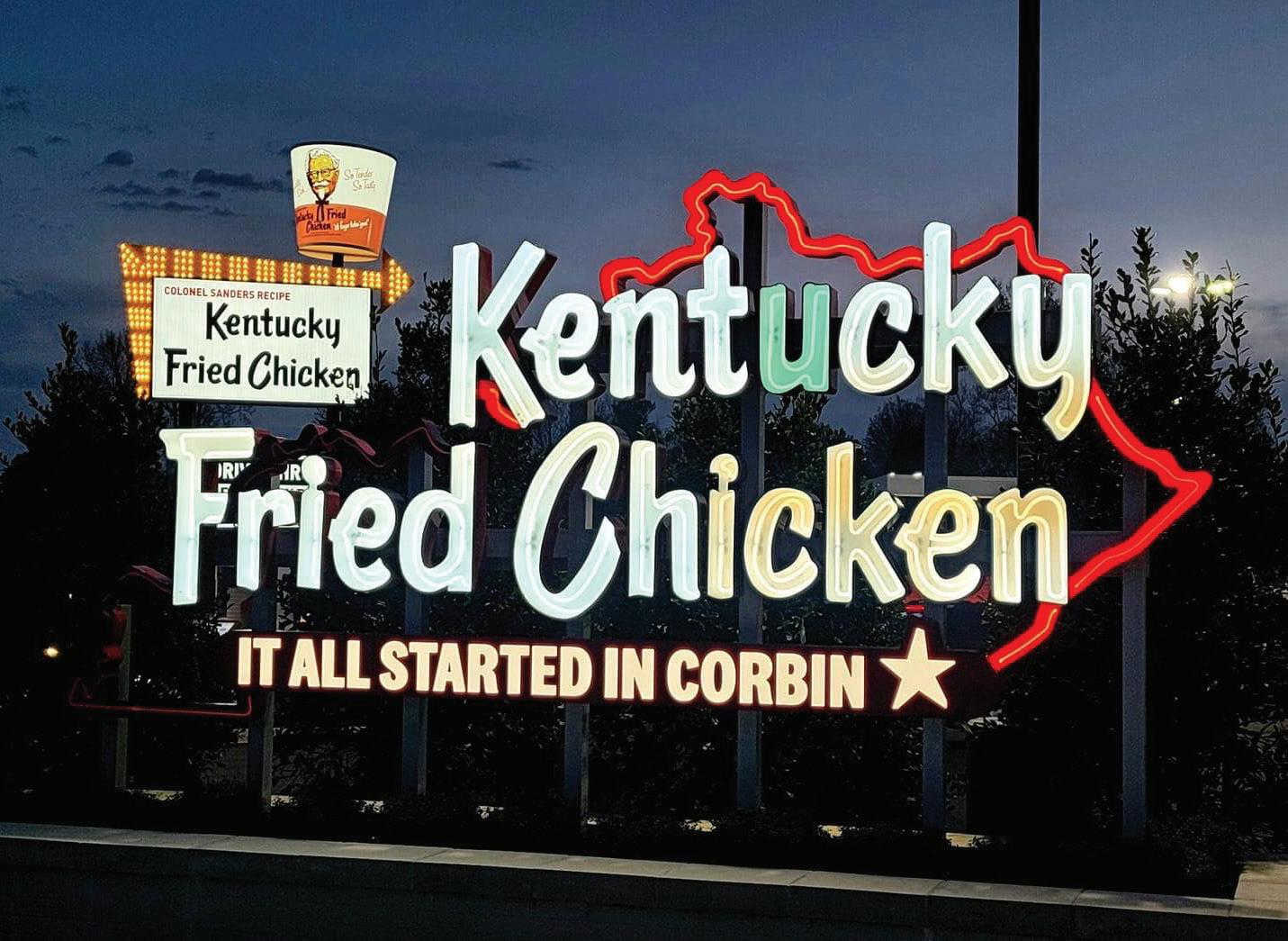
corbinkytourism.com
606-528-8860

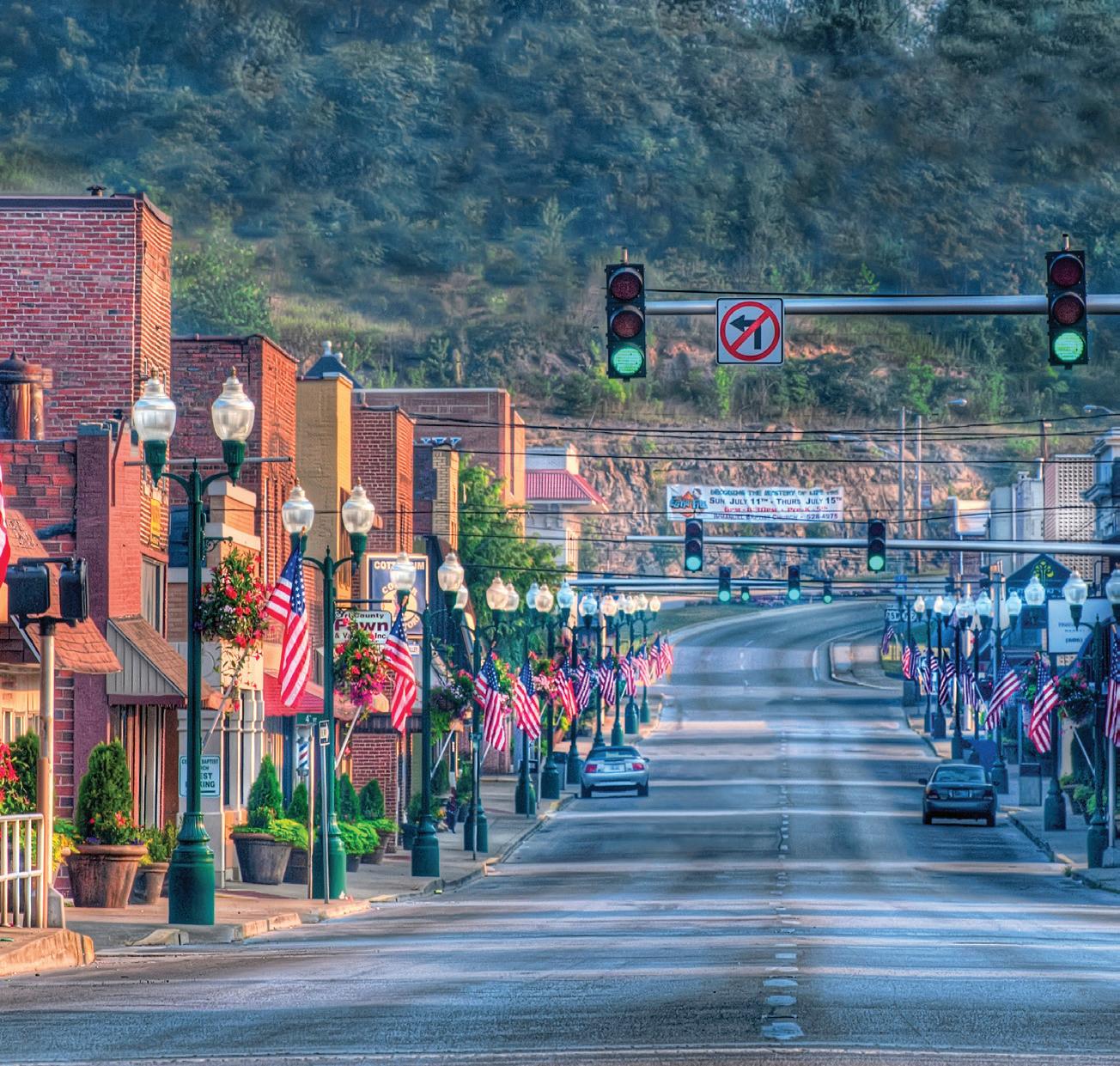
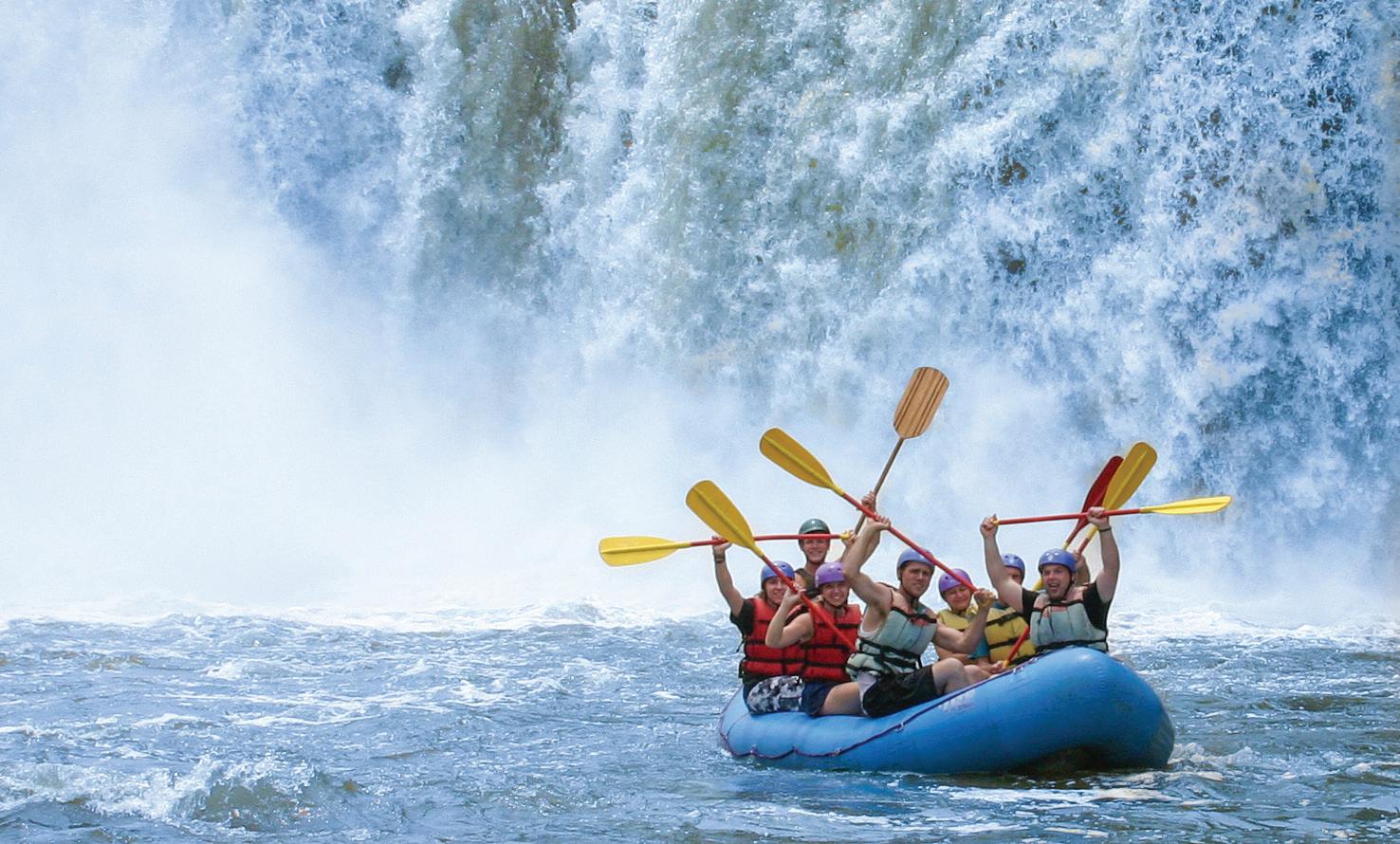
square feet. Built in 1995, the Salt Palace Convention Center features plenty of natural light and beautiful art throughout, as well as 515,000 square feet of contiguous exhibit space, a 45,000-square-foot ballroom and an additional 164,000 square feet of meeting space. An attached Hyatt Regency has 700 guest rooms. The Salt Palace has an on-site exclusive caterer and a preferred audiovisual vendor.
The convention center draws statewide, national and international events, from the local Comic-Con to the 68th United Nations Civil Society Conference in 2019. Its ability to handle events of all sizes is enhanced by its commitment to sustainable and eco-friendly practices.




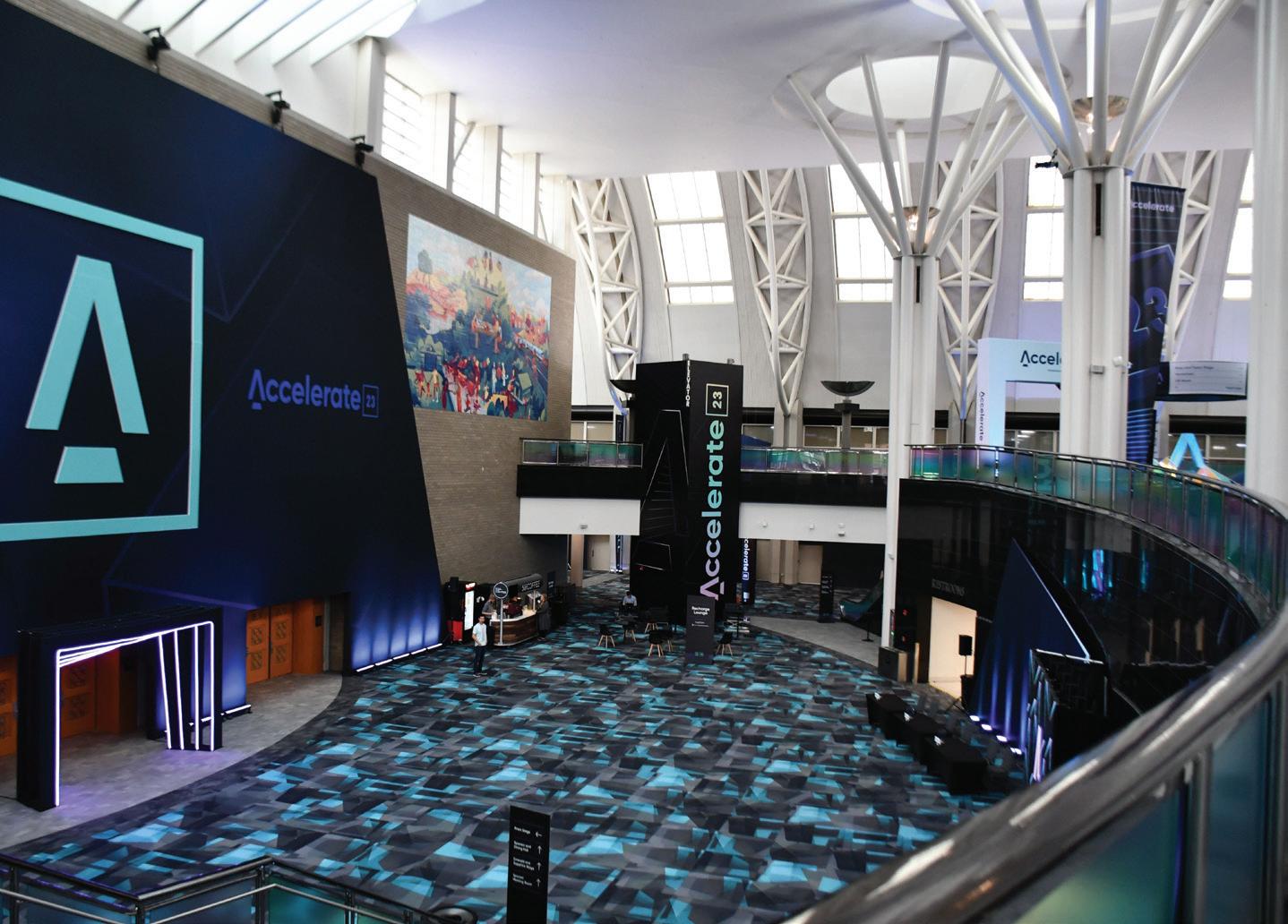
“We’ve catered to creating a sustainable future,” said Trisha Beagley, communications manager for ASM Global at the Salt Palace Convention Center. “We see ourselves as leading the way of having sustainable meeting space.”
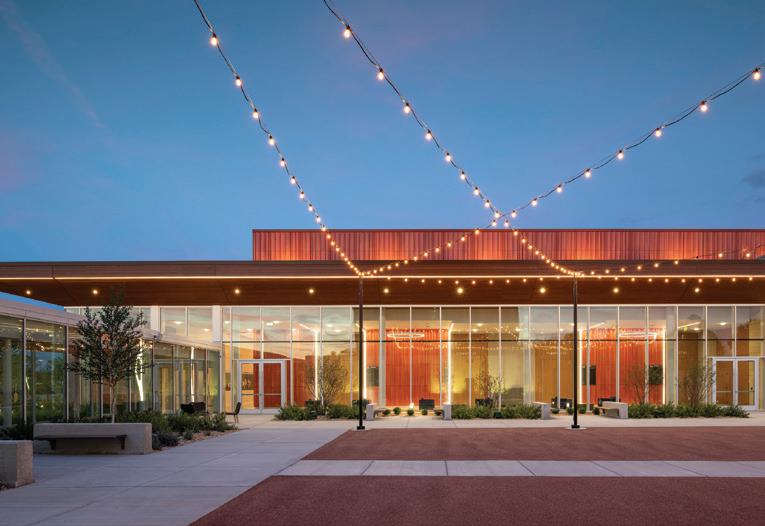

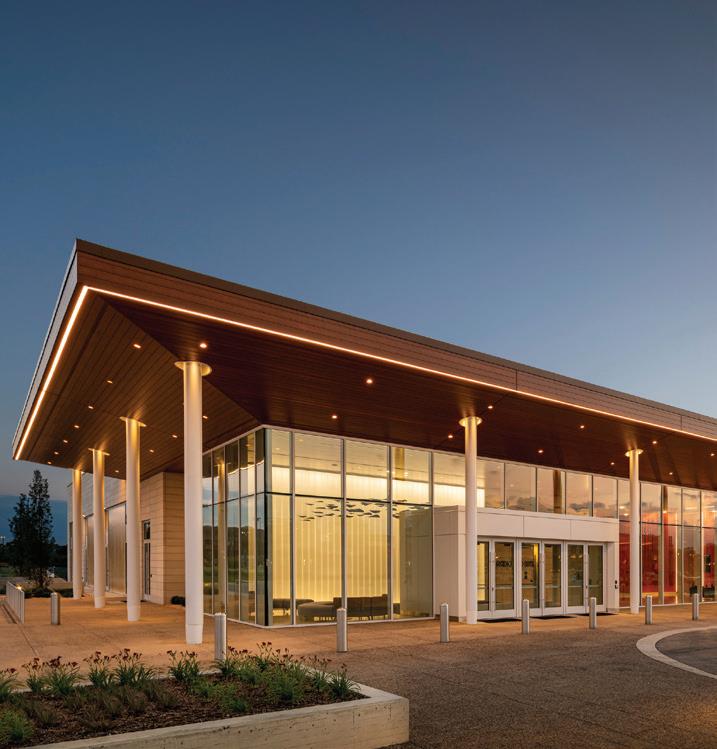
visitsaltlake.com/ salt-palace-convention-center





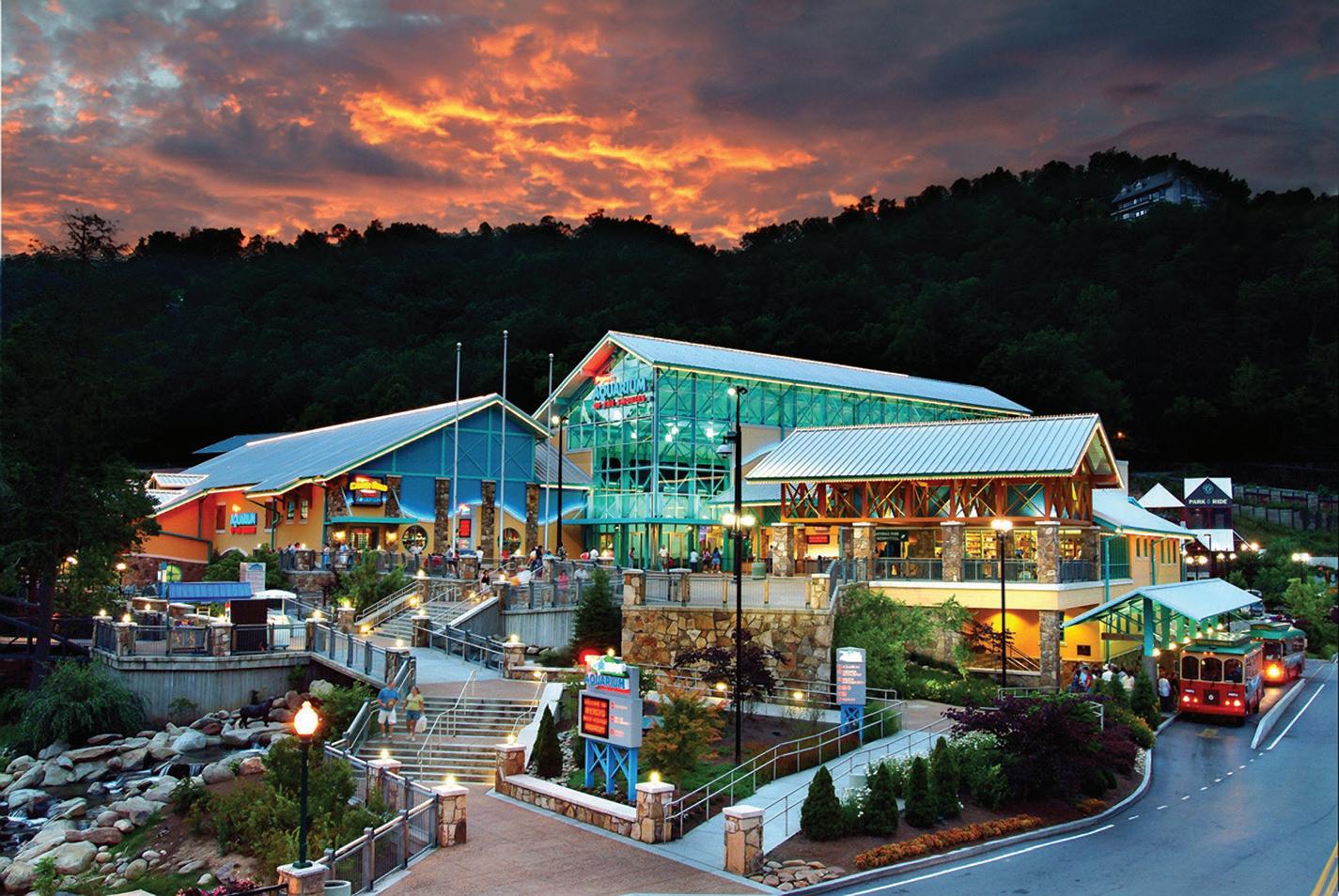
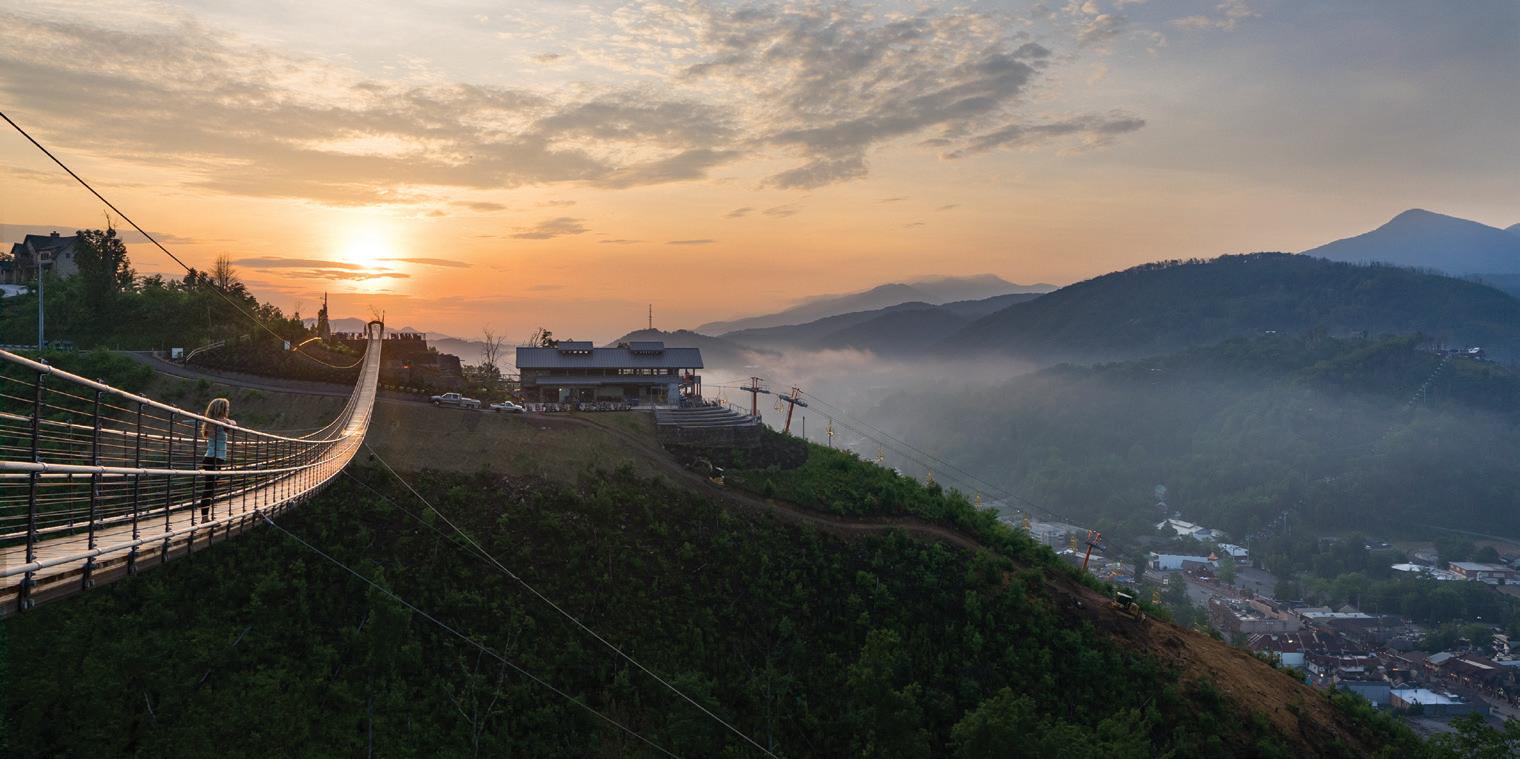
Nestled in the foothills of the Great Smoky Mountain Park, Gatlinburg is a quaint town is filled with everything a meeting planner needs for a successful event: a beautiful, state of the art convention center, 16,000+ sleeping rooms, comprised of full-service and limited-service hotels, and motels, cabins, and condominiums. Gatlinburg also offers hundreds of shops and restaurants as well as entertainment attractions for every age and interest.

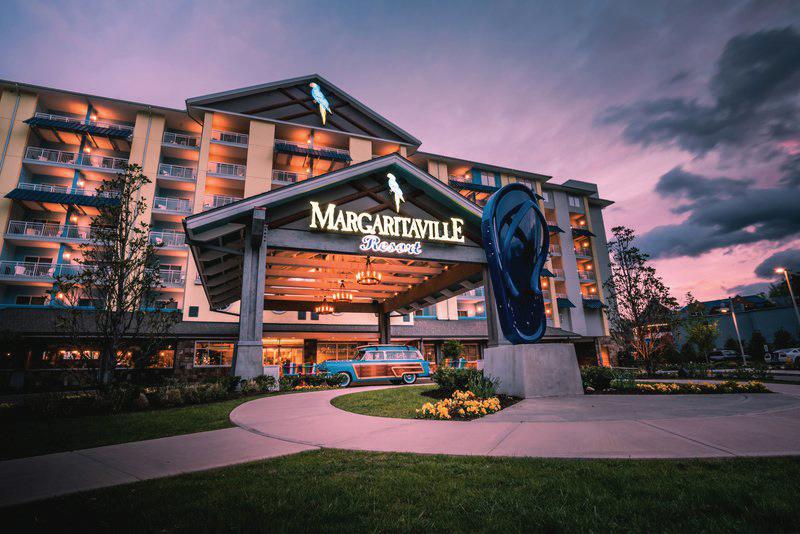
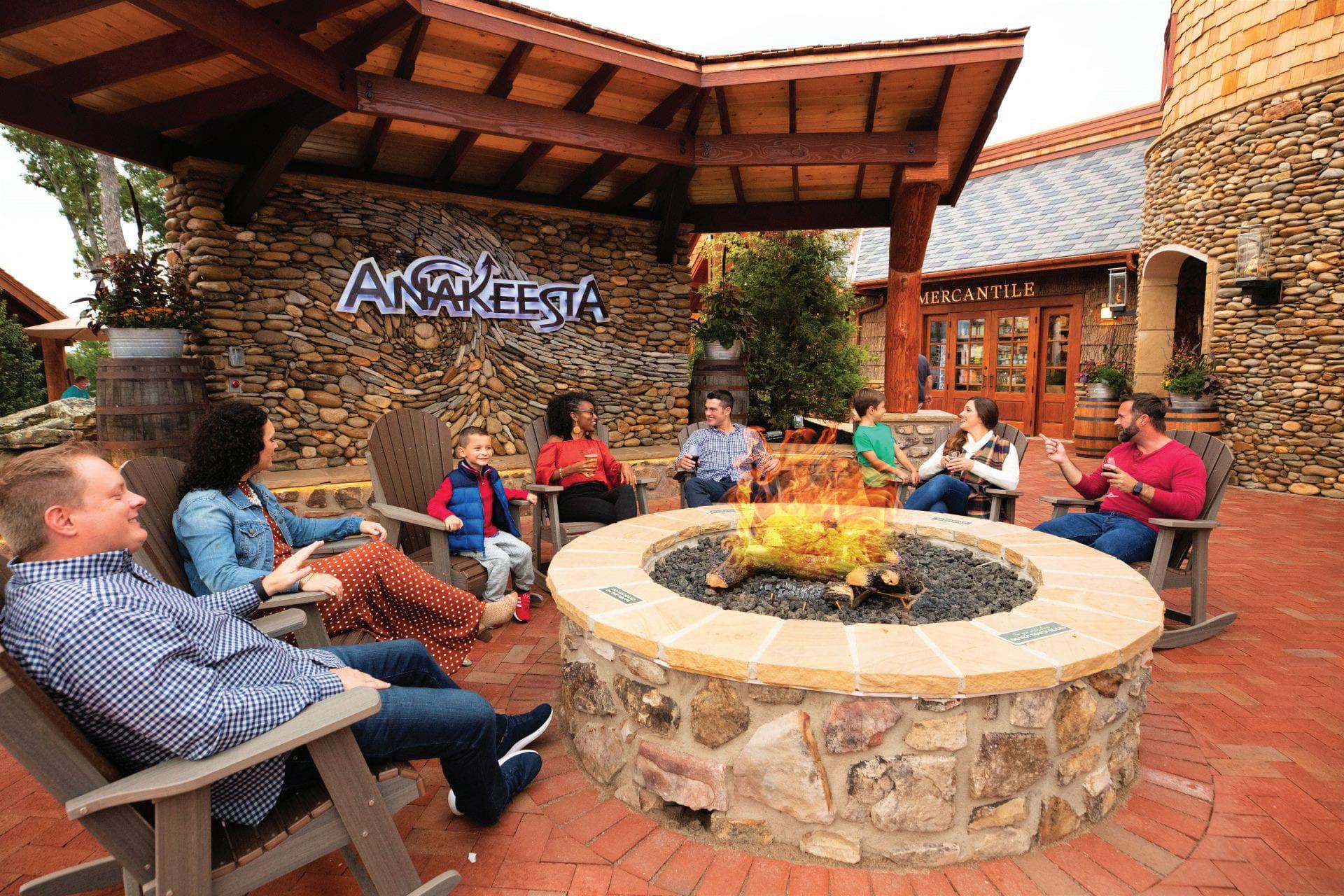
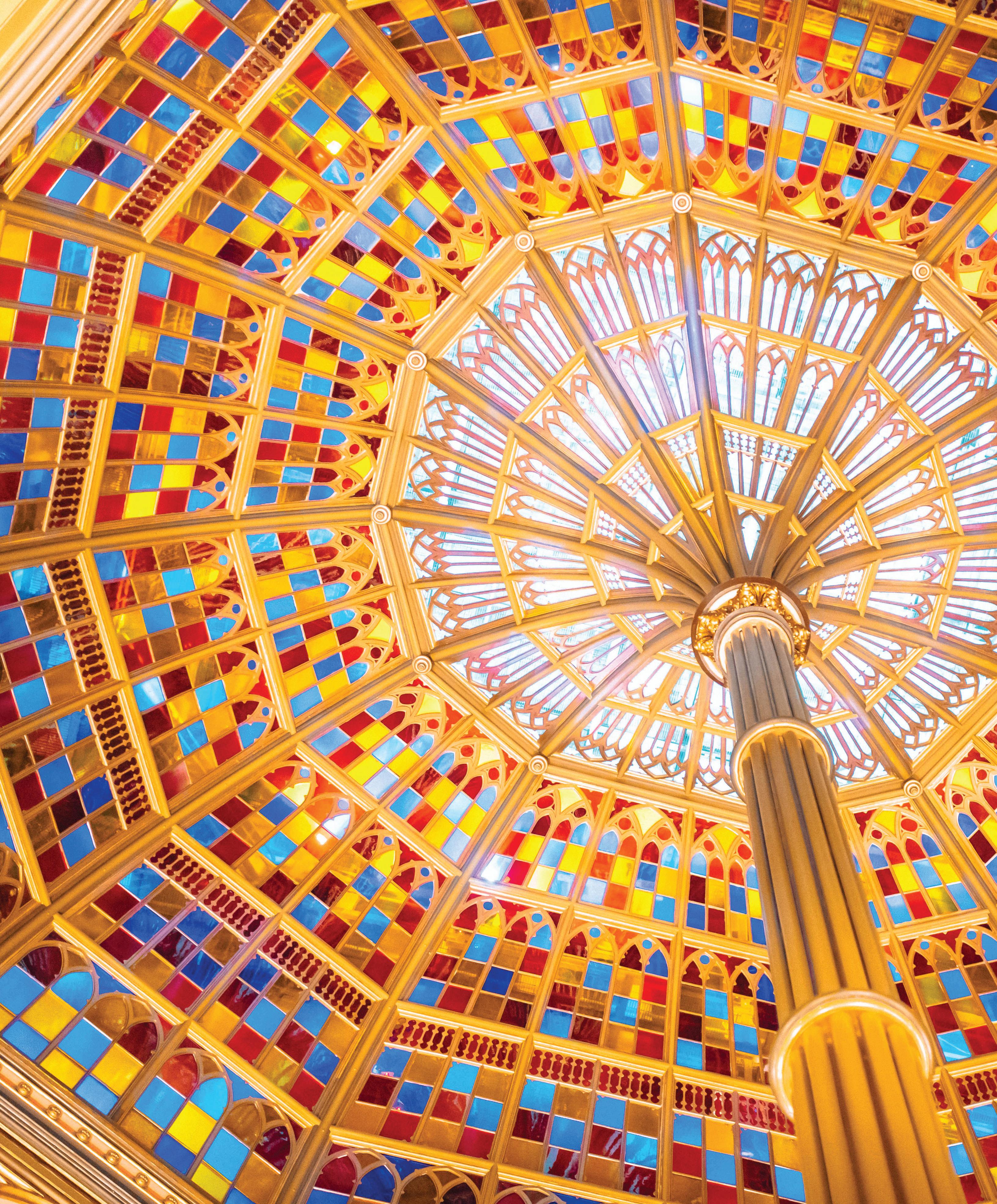 All photos courtesy Visit Baton Rouge
The rotunda of the Old State Capitol is one of the most colorful places to hold an event in Baton Rouge.
All photos courtesy Visit Baton Rouge
The rotunda of the Old State Capitol is one of the most colorful places to hold an event in Baton Rouge.
Few cities exude more Southern hospitality than Baton Rouge.
Louisiana’s capital has been nestled along the Mississippi River for more than 300 years. It’s a city where Cajun and Creole cultures intermingle and the outdoors can be enjoyed year-round because winters are normally mild and short-lived. Being the home to both Louisiana State University and Southern University, gives Baton Rouge a lively air.
 CITY
CITY
LOCATION: Southeast Louisiana
ACCESS: Baton Rouge Metropolitan Airport; interstates 10 and 12
HOTEL ROOMS: 1,500
CONTACT INFO: Visit Baton Rouge 225-382-1825
visitbatonrouge.com
BUILT: 1977; $18 million theater renovation completed in 2022
EXHIBIT SPACE: 70,000 square feet
OTHER MEETING SPACES: 225,000 square feet, including 21 meeting rooms
Crowne Plaza Executive Center
GUEST ROOMS: 294 rooms
MEETING SPACE: 30,000 square feet
Hilton Baton Rouge Capitol Center
GUEST ROOMS: 291 rooms
MEETING SPACE: 20,000 square feet
L’Auberge Casino Hotel
GUEST ROOMS: 205 rooms
MEETING SPACE: Nearly 13,000 square feet with performance platform
Gulf Coast Food and Fuel Expo
ATTENDEES: 1,500
Prince Hall Grand Lodge Masons and Esther Grand Chapter
ATTENDEES: 1,100
Herb Society of America
ATTENDEES: 200
Known as a cultural melting pot, Baton Rouge — translated “red stick” in French — was named in 1699 by French explorer Pierre Le Moyne Sieur d’Iberville for the “red stick” that stood on a Mississippi River bluff. Legend has it that two indigenous tribes settled a border conflict by marking their hunting grounds with a cypress pole. The original pole was at Scott’s Bluff on what is now the campus of Southern University, the nation’s largest historically black university. The “Red Stick” sculpture on campus commemorates this history.
A vibrant food and arts scene offers a multiplicity of options. Crawfish etouffee, shrimp po’boys, gumbo and other Southern specialties are considered local delicacies. Baton Rouge is the birthplace of swamp blues, born in the 1950s and influenced by Zydeco and Cajun music. The annual Baton Rouge Blues Festival in April celebrates the musical genre.
“We’re known for warm and welcoming hospitality, and our city is a great place to experience Louisiana’s unique culture,” said Laura Cating, senior vice president of marketing and communications for Visit Baton Rouge. “Our restaurant scene reflects that melting pot of cultures from around the world including Asia, Africa, Spain and France.”
The city’s museums and gardens cater to varied interests. Louisiana’s Old State Capitol was built in 1850, and its Gothic architecture and stained-glass ceiling reflect that era. It has a new purpose now, as a museum showcasing the state’s political history. The current capitol, the nation’s the tallest at 450 feet, has a 27th-floor observation deck with a 360-degree view of the Mississippi River, Baton Rouge and beyond.
The Louisiana Art and Science Museum hosts receptions or private dinners “under the stars” inside its Pennington Planetarium. The Capitol Park Museum exhibits state history from Mardi Gras to Civil Rights to New Orleans jazz, with nearly 500,000 artifacts in its collection. A reception for up 500 can seamlessly flow from outdoors to indoors; seated dinners for 200 to 300 can be held on the Plaza lawn around a reflecting pool or in the Reception Room. The lobby accommodates a 350-person reception.
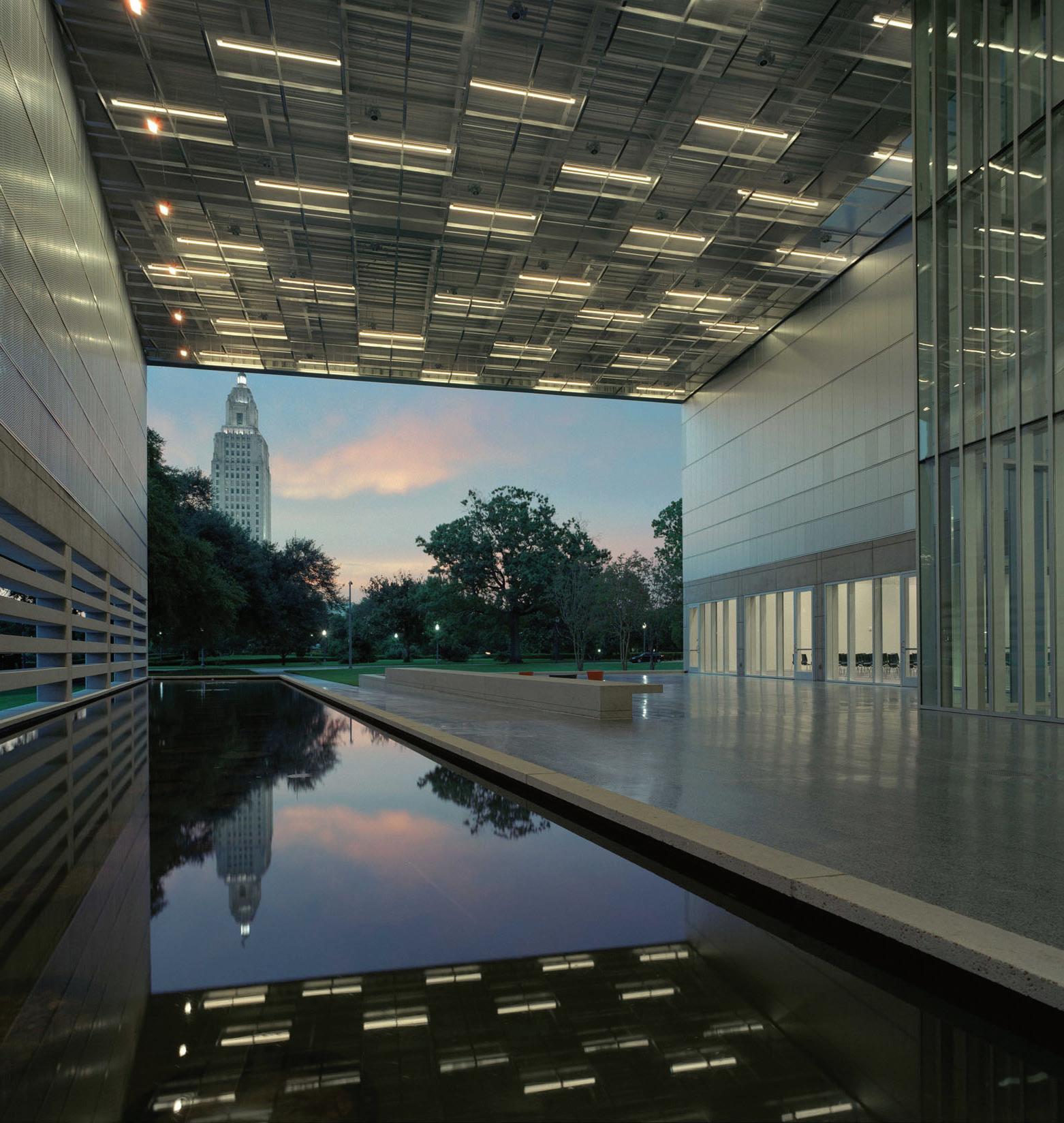
The LSU Rural Life Museum preserves 18th- and 19th-century culture in 32 historic outbuildings on 25 acres. There are representations of a working plantation, Louisiana’s upland south region and the Gulf Coast. For groups of up to 140, the adjacent LSU AgCenter Botanic Gardens contains three miles of wooded paths and specialized gardens.
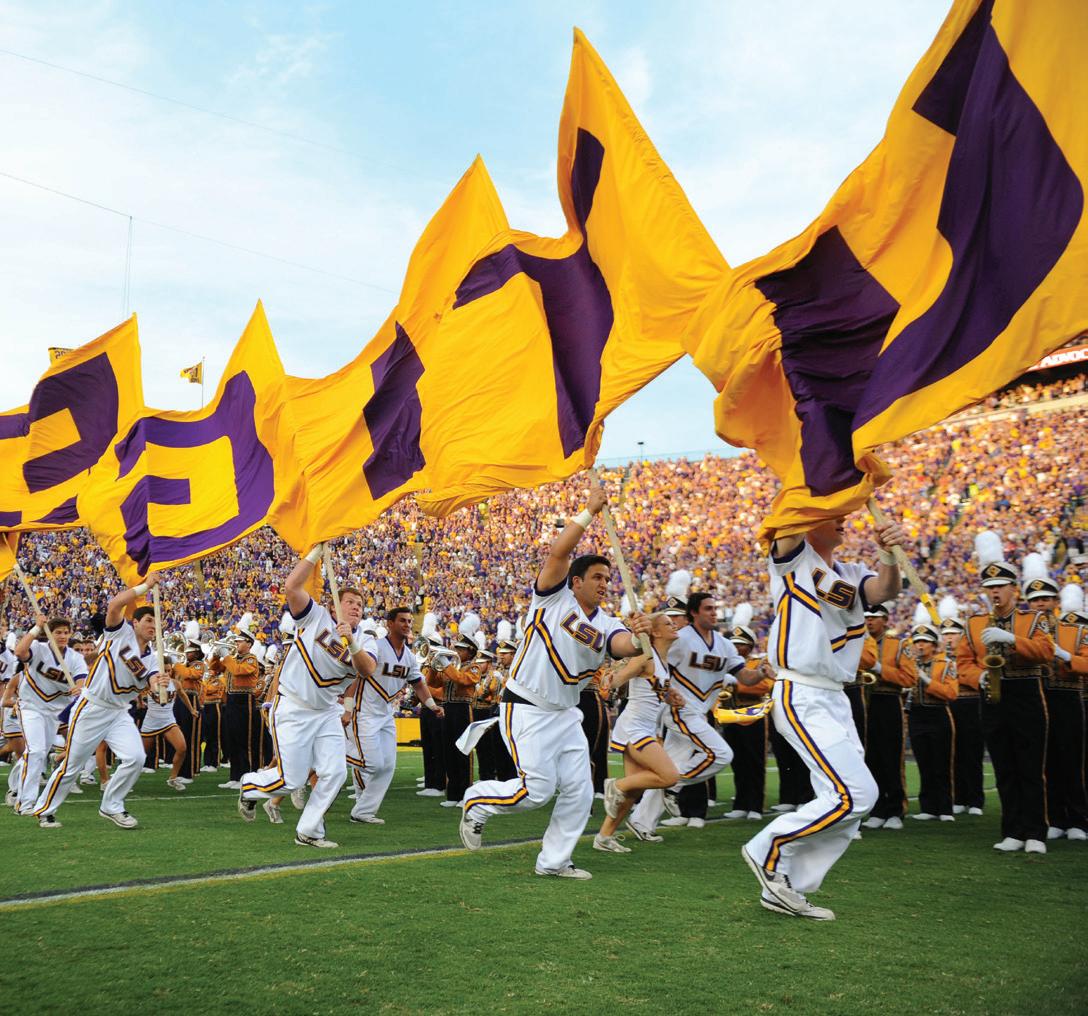
“Recently, we hosted ‘Antiques Roadshow’ at the museum for about 2,000 people under the shade trees and throughout the buildings,” said Cating.
Located 20 minutes from downtown and modeled after homes of Louisiana’s River Road, White Oak Estate and Gardens welcomes guests with an oak-lined drive and a columned front porch. Inside, they are greeted by a grand staircase, crystal chandeliers, a French ballroom and opulent rooms. Breakfast, lunch and dinner buffets are created by chef John Folse, and gourmet crawfish boils or picnics are held on the lawn. Events in a large, outdoor pavilion can gather around a Spanish-style fountain and three open-hearth fireplaces.
In Louisiana’s capital city, your meeting can be so much more than you’ve ever even imagined. Whether you’re meeting under the stars of the Louisiana Art and Science Museum or making things happen inside of Louisiana’s Old State Capitol, Baton Rouge is where events become experiences.
Start planning yours at visitbatonrouge.com/meetings.

Baton Rouge’s most comprehensive venue is Raising Cane’s River Center. The 225,000-square-foot convention center includes a 70,000-square-foot exhibition hall, a 26,336-square-foot ballroom and 18,000 square feet of flexible meeting space. There’s also a 2,000-seat theater and 30,000-square-foot arena with retractable seating. An in-house caterer runs concessions and creates custom menus for meetings and events, including the option for a Louisiana-style meals.
“Our convention center is located right next to the Old State Capitol, and it’s a beautiful juxtaposition between modern and historic Baton Rouge,” said Cating.
Located near both universities and the capitol, the 294-room Crowne Plaza Executive Center features 30,000 square feet of meeting space, including a boardroom. Receptions accommodate up to 1,500 guests, and in-house catering is available. The elegant 291-room Hilton Baton Rouge Capitol Center, built in 1927 and a member of Historic Hotels of America, sits on the Mississippi River and has nearly 20,000 square feet of meeting and event space. “The Tunnel,” in the hotel’s basement, has been converted into a sophisticated event space. Legend has it that former governor Huey Long conducted underhanded dealings there in the 1930s. The 205-room L’Auberge Casino Hotel provides nearly 13,000 square feet of flexible space in its event center, which is outfitted with 1,000-square-foot performance platform, state-of-the-art light and sound and a pre-function area with two bars. In addition to gaming, the hotel offers live entertainment, in-room massage and a rooftop pool with rentable cabanas.
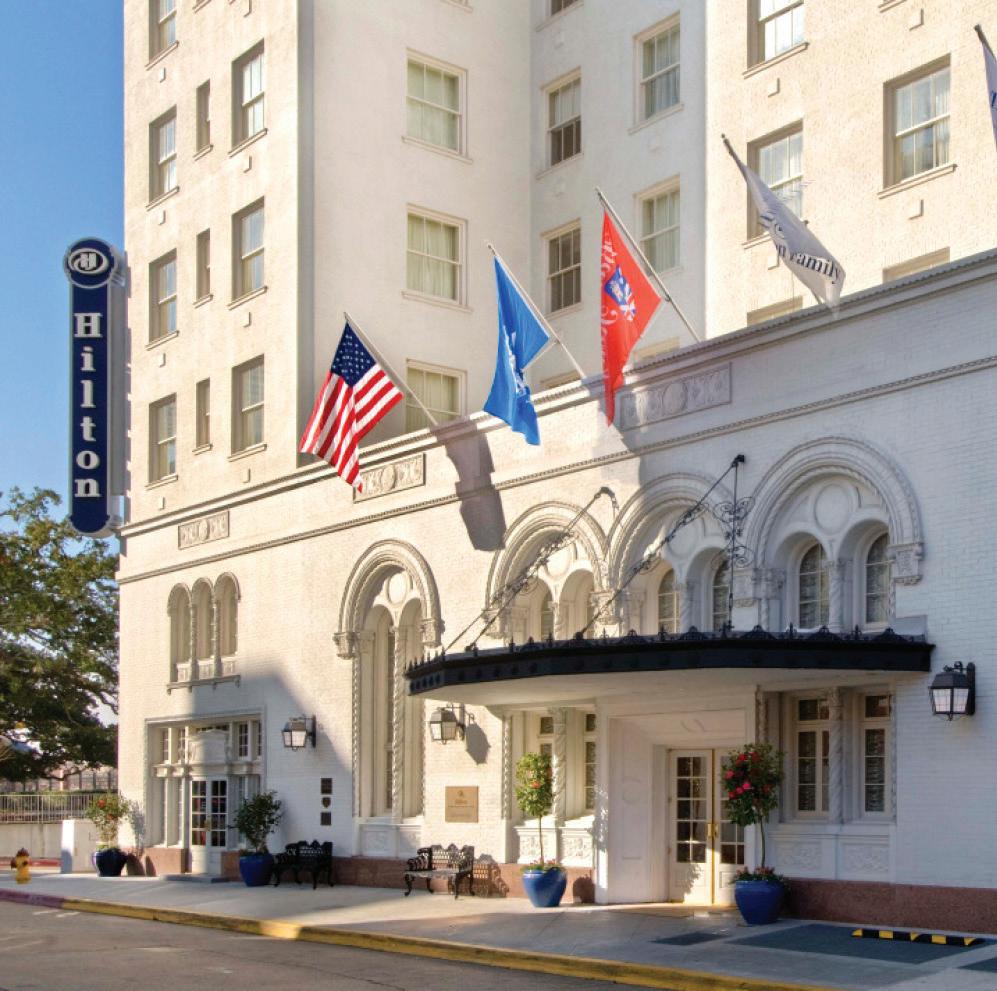
Baton Rouge festive spirit is evident year round. Spring brings Crawfete, with all things crawfish accompanied by live music. The Baton Rouge Soul Food Festival’s cooking competition produces mouthwatering dishes, accompanied by local and national musicians. The city’s Mardi Gras celebration is not to be missed, with parades that include floats, marching bands and dancing.
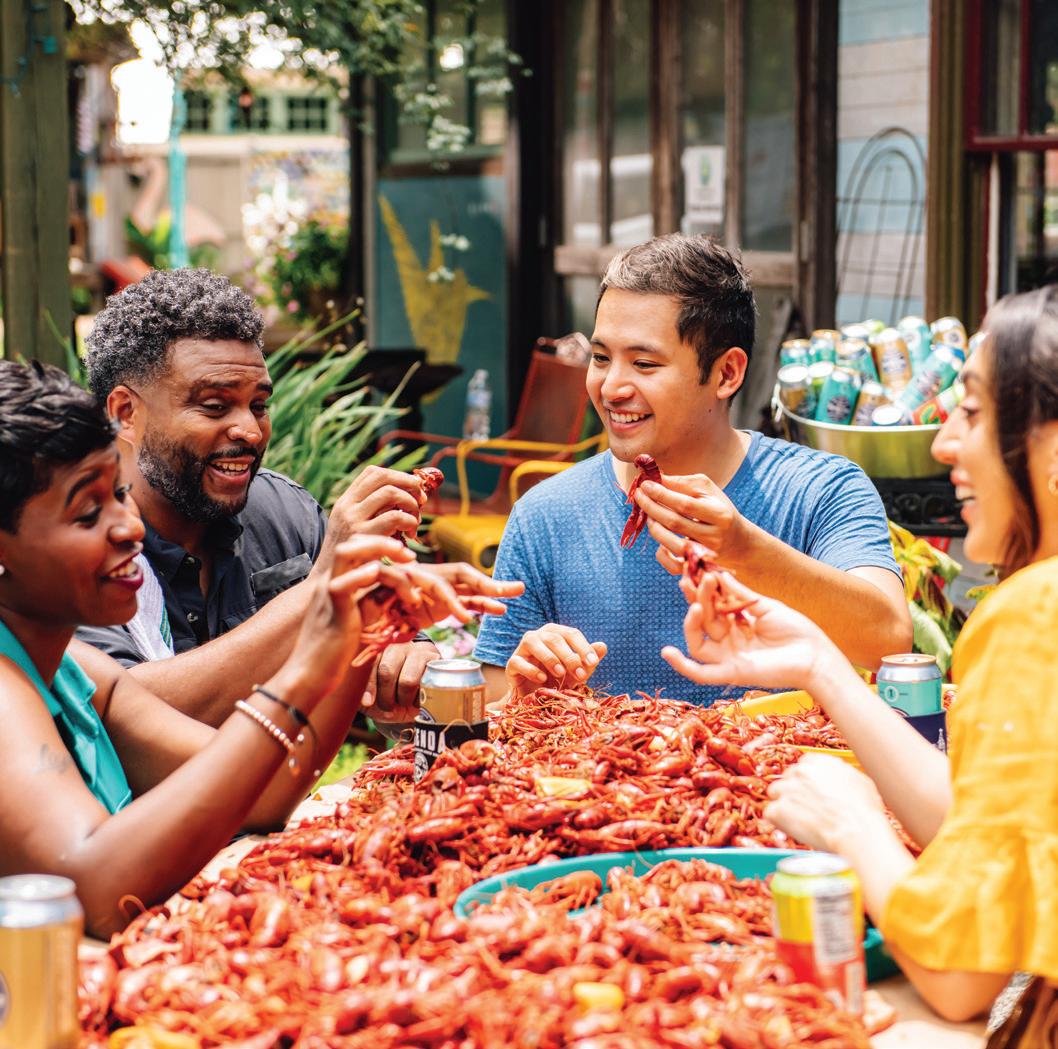
On Thursday evenings in the spring and fall, local bands “Rock the Rowe” for hours of music and dancing entertainment at urban mall Perkins Rowe. “Live After Five” sponsors free concerts in downtown’s North Boulevard Town Square on Friday evenings. And, for family friendly, live music featuring local bands, there’s “Sunday in the Park” at the Shaw Center for the Arts Plaza.
“Electric Depot is in a repurposed building and offers a unique event venue for social bowling and food,” said Cating. “It highlights the local scene and connects attendees to the best of the city.”
Golfers can hit the links at one of Baton Rouge’s 30 golf courses. Santa Maria Golf Course, designed by Robert Trent Jones Sr., stretches across 150 acres refreshed by 15 lakes and two natural waterways. It is part of the Audubon Golf Trail. At LSU Lakes, water-lovers can rent a canoe or paddleboard. And the Mississippi River Levee’s paved four-mile path starts in downtown and ends at LSU. There are always sports for spectators at at LSU and Southern University, both in NCAA Division I. According to Cating, Southern University’s “Human Jukebox” perform at football games, and they’re an unparalleled crowd pleaser.

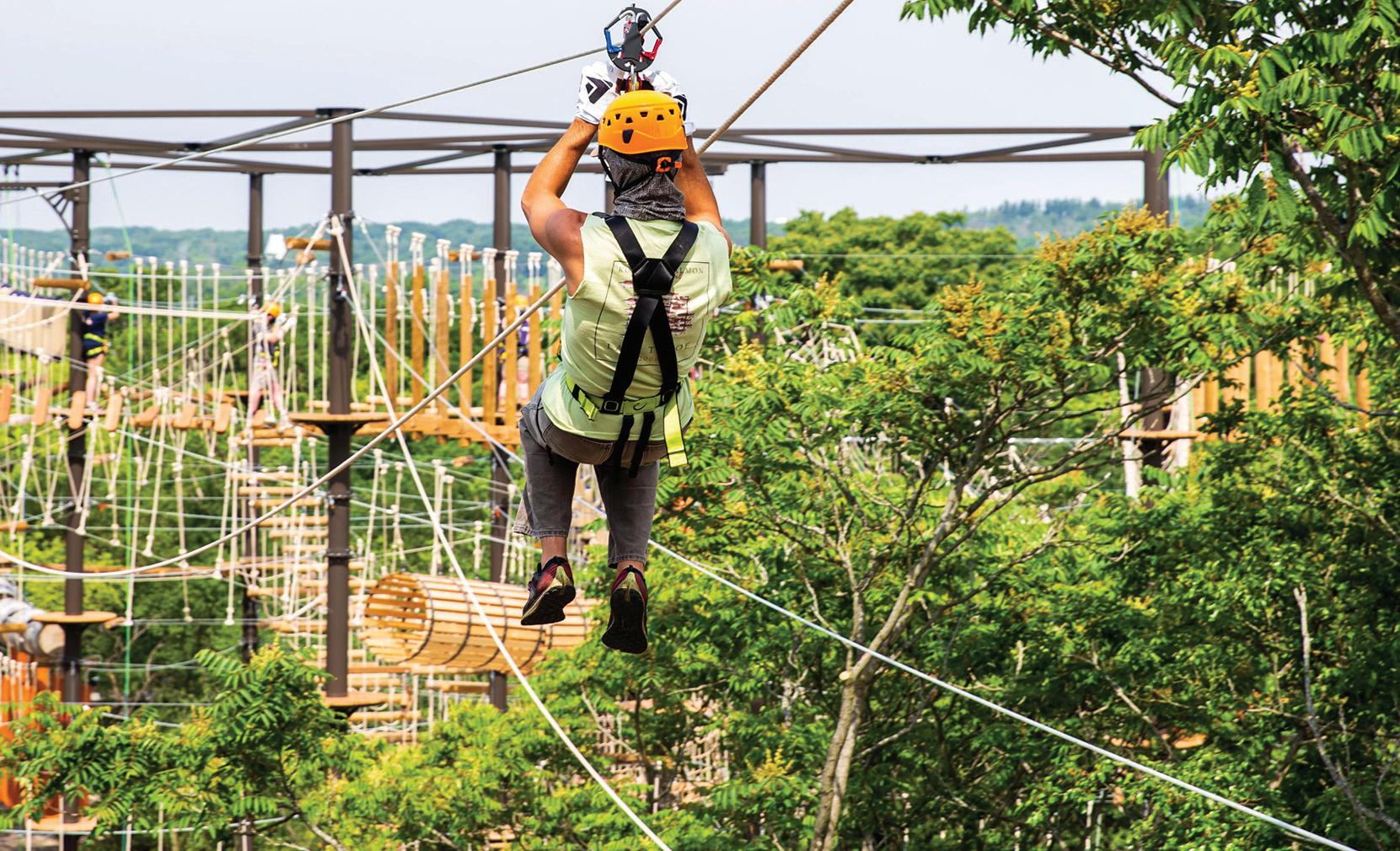


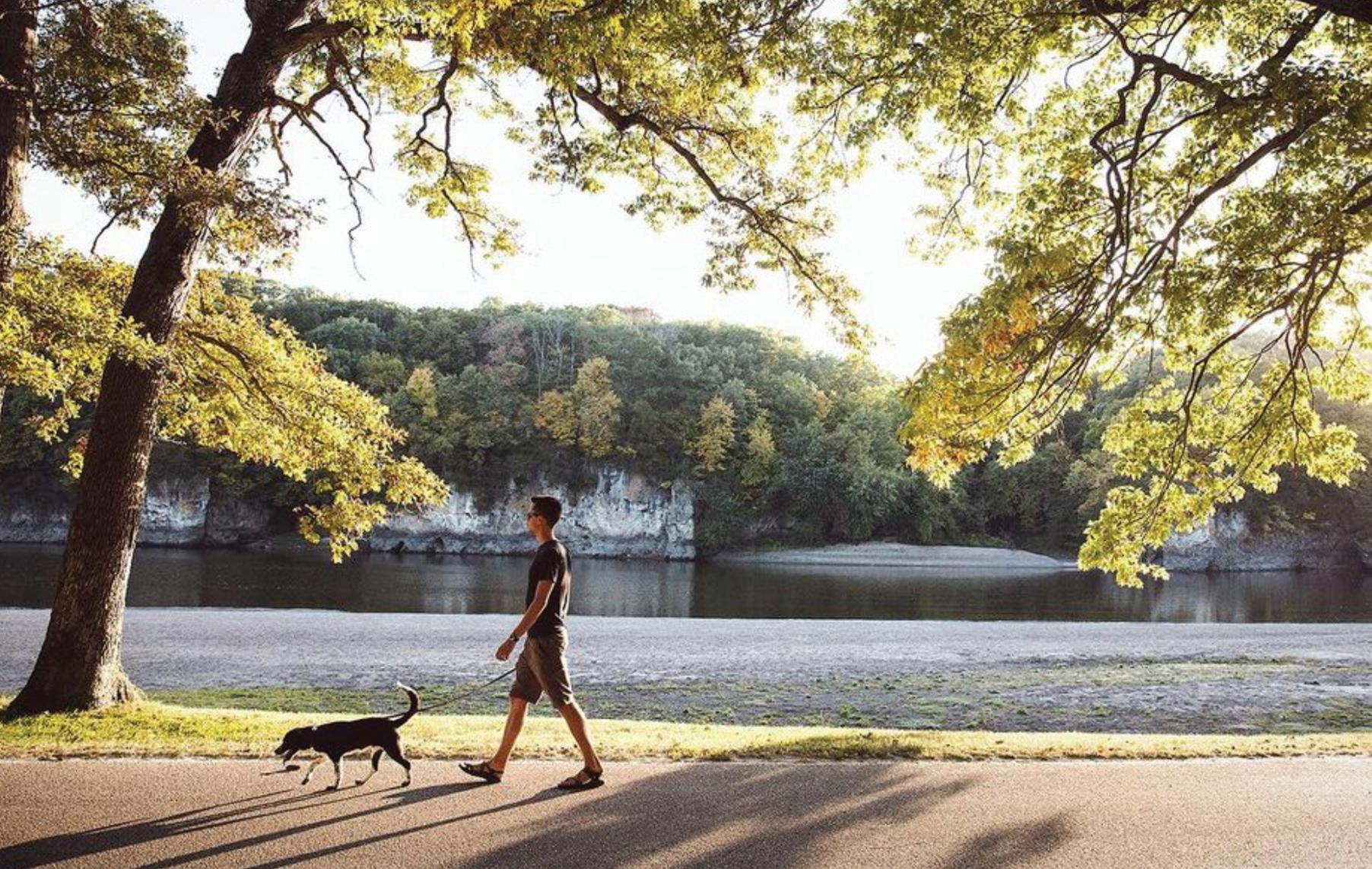


















Among Chicago’s many suburbs, Naperville stands out as an ideal destination for meetings.
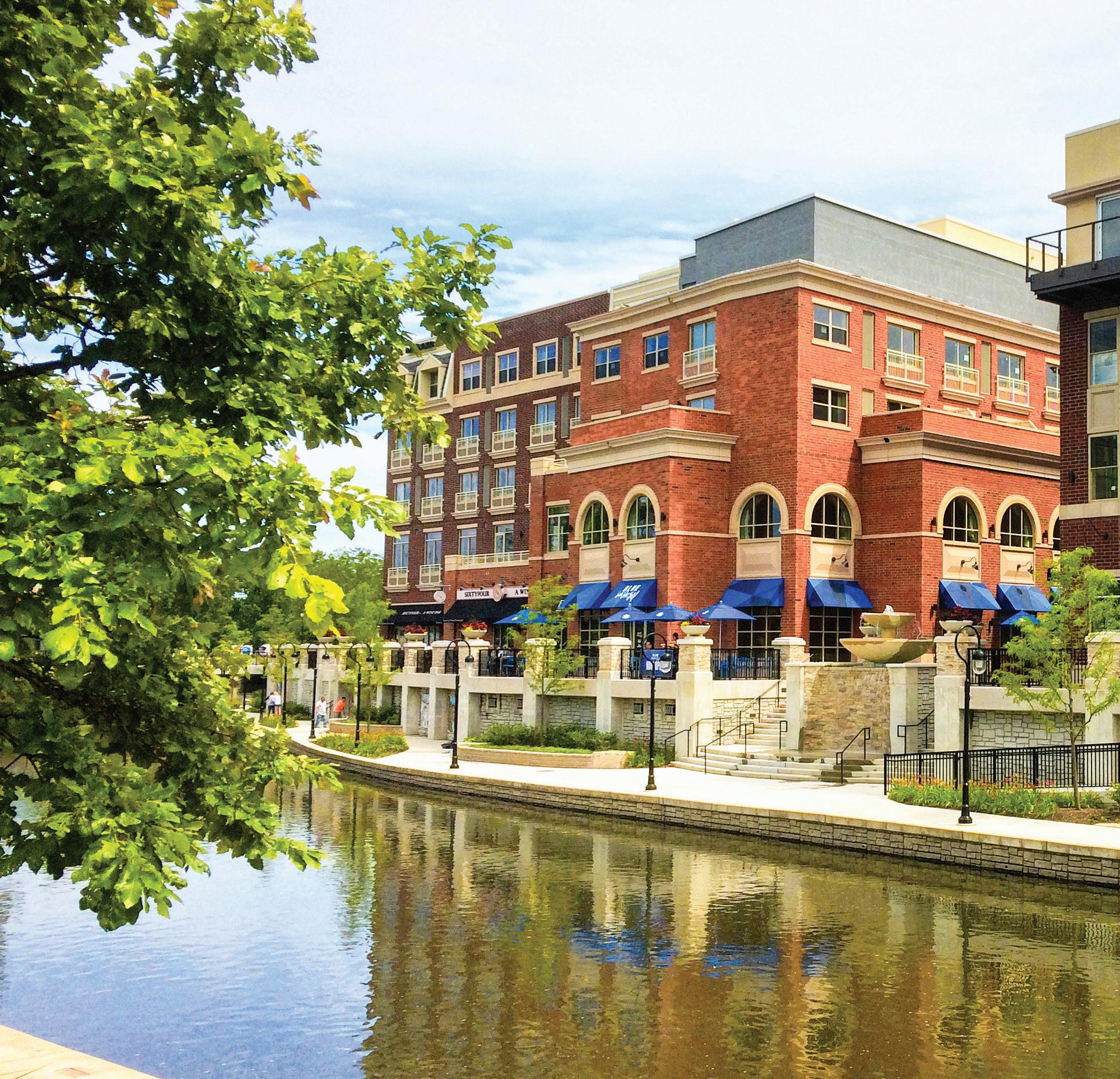
The fast-growing residential suburb is about 30 minutes west of Chicago and is known for its Riverwalk, created in 1981 for the city’s 150th anniversary. The Riverwalk’s almost two miles of walkable brick paths wind over bridges and past fountains, outdoor sculptures and artwork, recreational facilities, retail shops, restaurants and meeting and event spaces, including the Hotel Indigo, with its meeting space for up to 250 guests. It’s just one of many meeting spaces in Naperville.
“We have 18 hotels, four of which are the big ones that have larger meeting space, as well as the state-of-the-art Matrix Club Meeting Center,” said Carlos Madinya, director of sales for the Naperville Convention and Visitors Bureau.
In addition to its many meeting spaces, it appears Naperville will soon be the site of a new restaurant by Gordon Ramsey. Ramsey’s Kitchen is rumored to open this spring, Madinya said. It joins a varied lineup of restaurants in Naperville, everything from homemade Filipino food to the New York Times’ acclaimed restaurant, Hugo’s Frog Bar, serving fresh seafood, steaks and everything in between. Naperville also surprises in terms of after-meeting activities, from teambuilding at TopGolf and historic trolley tours to a 12-acre outdoor museum focused on the history of Naperville.
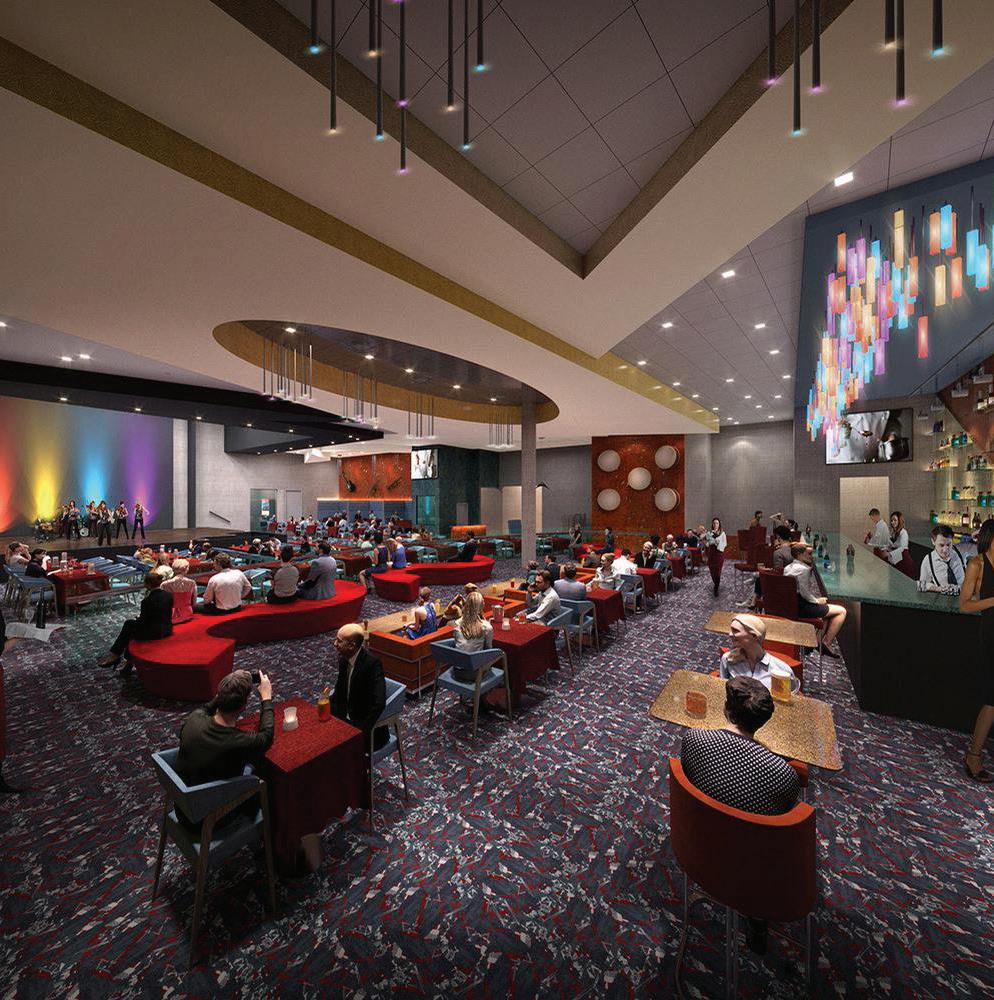
LOCATION
Western suburbs of Chicago
ACCESS
Chicago O’Hare International Airport; Chicago Midway Airport
MAJOR MEETING SPACES
Marriott Naperville; Embassy Suites Naperville; Hotel Arista; Hotel Indigo Riverwalk; Northern Illinois University Conference Center
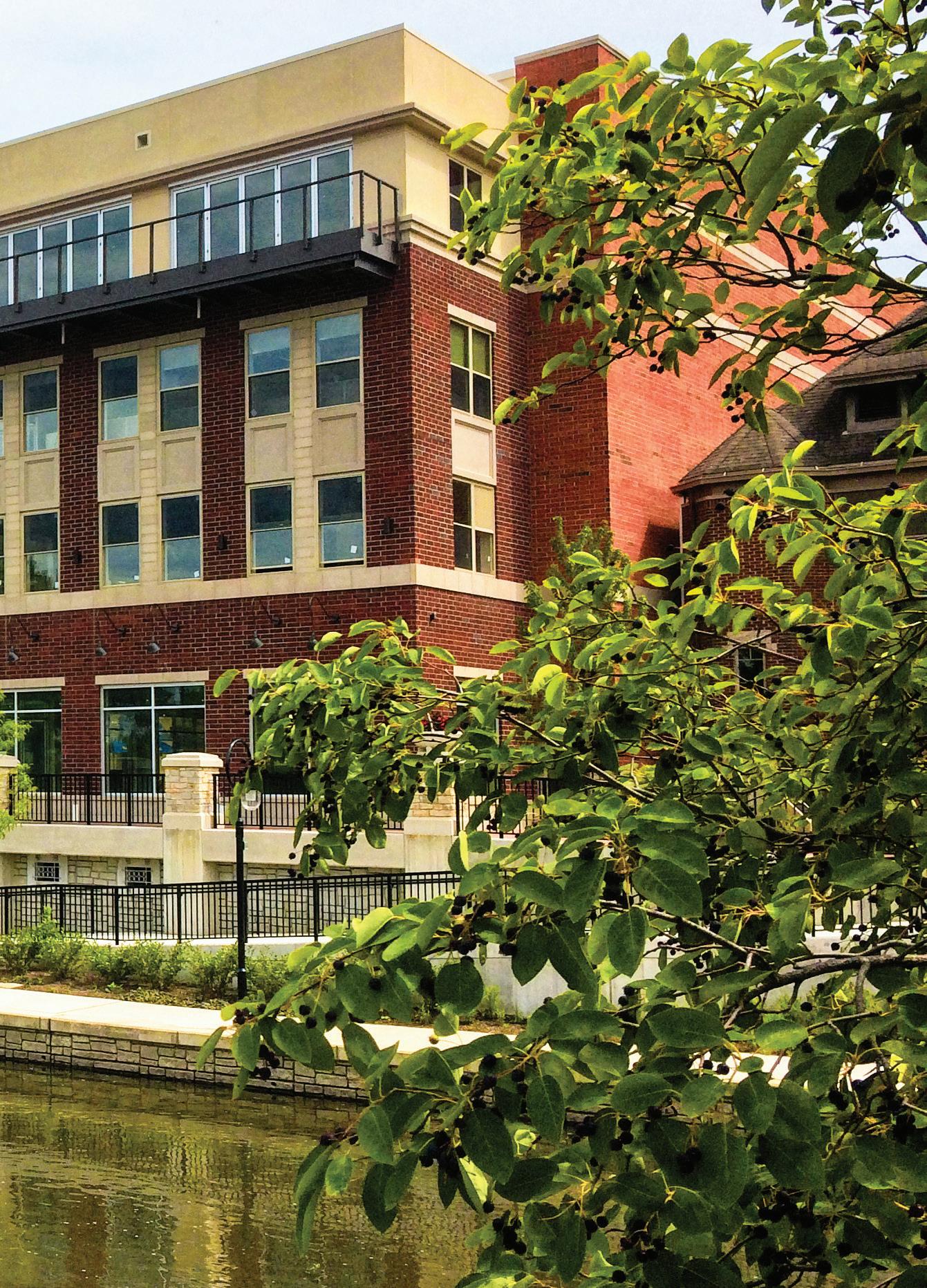
HOTEL ROOMS
2,400
OFF-SITE VENUES

TopGolf; WhirlyBall; The Matrix Club Meeting Center; Ramsay’s Kitchen by Gordon Ramsay; Morton’s Steakhouse; Pavilion at Meson Sabika
CONTACT INFO
Naperville Convention and Visitors Bureau 630-305-7701 visitnaperville.com
At the high-tech Northern Illinois University Naperville Campus Conference Center, planners find sun-lit meeting rooms, a 3,800-square-foot ballroom, 180-seat auditoriums and computer labs. Massive projector screens and theater seating outfit the auditoriums, which are also handicap-accessible. Full-service catering encompasses break service, hot luncheon buffets, sandwich trays, box lunches and breakfasts. Tech support and A/V are complimentary.
The Matrix Club Meeting Center is a 15,860-square-foot venue with flexible banquet space, executive suites, state-of-the-art kitchens and stages. The impressive lobby area features high-end furnishings and modern decor. Attendees can sit back and relax in The Matrix Room, an international music lounge with a global menu and world-class bar.
The Hotel Arista, a contemporary AAA Four Diamond luxury hotel and spa with 144 rooms, touts its “sophisticated setting” for meetings, managing to be sleek and airy but retain coziness through comfortable nooks and an attentive staff. The hotel has 10,000 square feet of meeting space. In the heart of Naperville, the 168-room Embassy Suites by Hilton Chicago Naperville is close to the Naperville Riverwalk and other attractions as well as public transit for trips to downtown Chicago. Naperville’s largest hotel, the 424-room Chicago Marriott Naperville, can host groups up to 900 in its 24,500 square feet of meeting space.
There are plenty of options for fun things to do after business sessions. At WhirlyBall, a combination of bumper cars, lacrosse, hockey and basketball, players rush around a court in bumper cars trying to score points by throwing a ball into a net with a lacrosse shaft without getting smacked. Coworkers will love the competition at TopGolf, which offers golf games for all levels of player. Beverages and snacks are part of the game there. And, at iFly Indoor Skydiving videos help cement the memories of a simulated jump from a plane in a vertical wind tunnel.
The Hotel Madison is in a sweet spot — actually two sweet spots. The hotel is in Harrisonburg, in Virginia’s striking Shenandoah Valley, and it is the edge of a university campus, which influences its operation and gives it a special vitality.
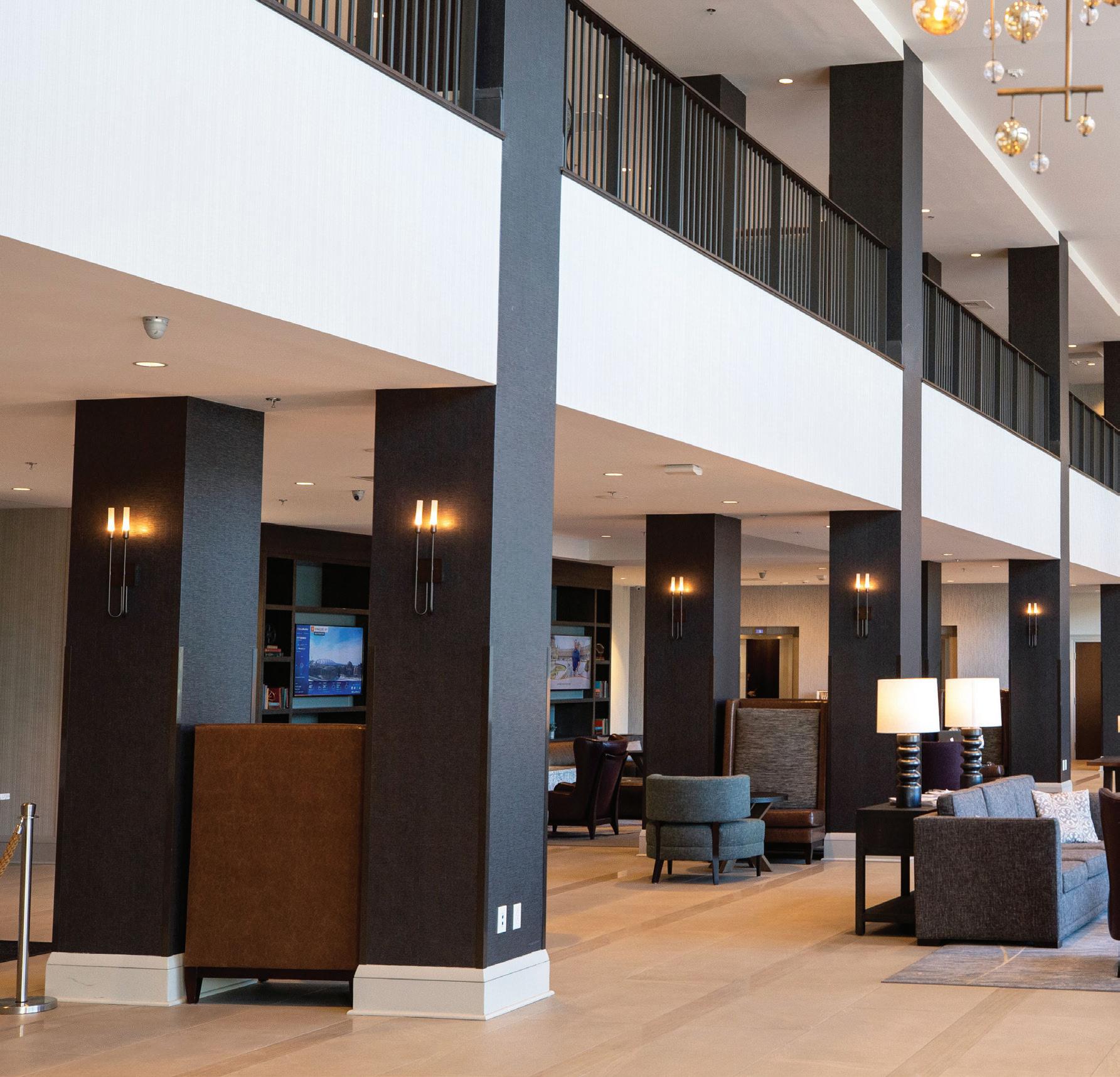
The official name of the 230-room property is the Hotel Madison and Shenandoah Valley Conference Center. It is a gem in a city of slightly more than 55,000 residents and a major asset for the 20,000-student James Madison University (JMU). In fact, it is the official hotel of JMU.
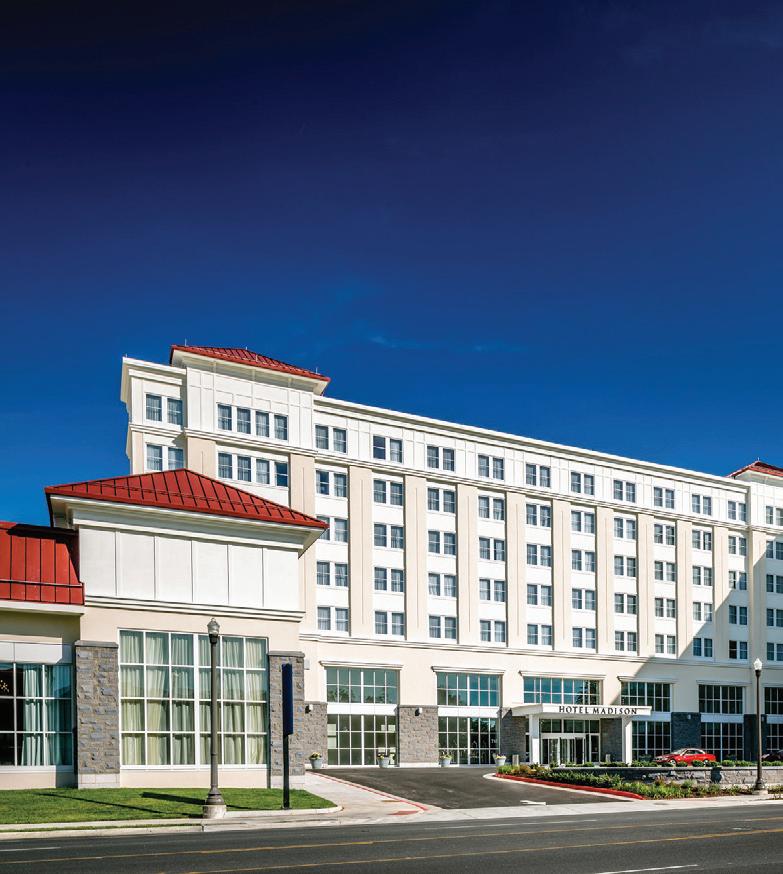
“We have made a name for ourselves with the JMU connection [academic groups’ meetings, alumni gatherings, parent visits], state association meetings and regional corporate meetings,” said Martha Fraser, director of sales and marketing. “Our facilities are excellent, and the beauty of the Shenandoah Valley is a major plus. The hotel and Harrisonburg offer a different experience from Northern Virginia or Coastal Virginia. All of Virginia is appealing, but the valley and the surrounding mountains are special.”
Fraser says the scale and utility of the 21,000-square-foot Shenandoah Valley Conference Center often surprise clients. The conference center is on one floor, loading docks included, which is convenient for load-ins, teardowns and conducting meetings and events. A bonus is that conference center can be entered from inside the hotel or exterior entrances, meaning that meeting attendees and leisure guests can easily coexist.
“A special aspect of the Hotel Madison is that we are not affiliated with a national brand,” Fraser said. “That means we can express our own personality — both as the hotel and as individuals. Our decision makers are right here in the building, and clients recognize that.”
The connection to JMU shows through in hotel operations as more than 20 students from JMU’s Hart School of Hospitality, Sport and Recreation Management work at the property. Many become permanent team members after graduation. CEOWORLD magazine cited JMU’s hospitality management program among the 50 best in the nation.
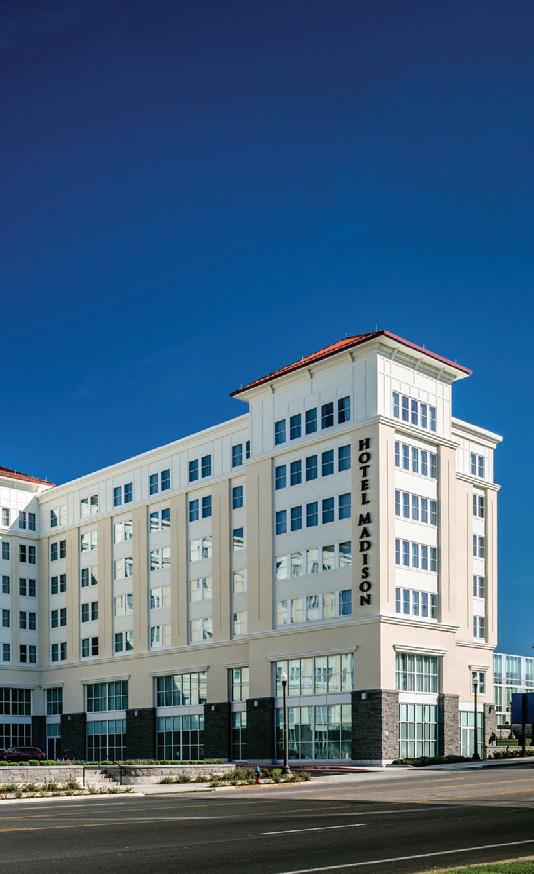
LOCATION
Harrisonburg, Virginia
SIZE
230 guest rooms
MEETING SPACE
21,000 square feet
ACCESS
Interstate 81; 120 miles
southwest of Dulles
International Airport; 138 miles northwest of Richmond
International Airpoirt
CONTACT INFO
540-214-2276
hotelmadison.com
Most of Shenandoah Valley Conference Center’s meeting space is in three ballrooms, all divisible: the 8,500-square-foot Shenandoah Grand Ballroom, the 2,800-square-foot Appalachian Ballroom and the 2,000-square-foot Allegheny Ballroom. Custom-designed carpet in the Shenandoah Ballroom depicts the Shenandoah Valley, one of the hallmarks of Virginia. Other spaces include 4,560 square feet of prefunction space and 11 meeting rooms. A boardroom can accommodate 25 guests, and the Dolly Madison Room in the Montpelier Restaurant is a private space for 20.
Tassie Pippert, host of Virginia Public Media’s “Un-wine’d” culinary show, certified chef and certified wine specialist — and a lecturer at JMU — helped design a new menu for the hotel’s showcase Montpelier Restaurant. The restaurant exemplifies the hotel’s claim of “rustic elegance and subtle sophistication,” and chef Matt Carothers is carrying that inspiration through the hotel’s catering operation. A new touch is a futuristic-looking, baby-blue Neapolitan pizza oven that heats to 900 degrees and cooks pizzas in less than two minutes. It’s situated where small groups can get a closeup tour with a chef, so ask.
“We believe in the power of music — to entertain, to soothe and to unify,” Fraser said. “It is part of the fabric of the hotel.” Quills, the hotel’s lobby bar, often becomes a performance space, adding a special touch for anyone in the high-ceilinged lobby. Performers often are professors and students from JMU’s School of Music. Other performers come from Harrisonburg and other parts of Virginia, a state with a deep reservoir of talent in various styles of music. “Guests love hanging out and hearing good music,” Fraser said. “Music brings people together.” The hotel’s coffee shop, Grace + Main, also has entertainment.
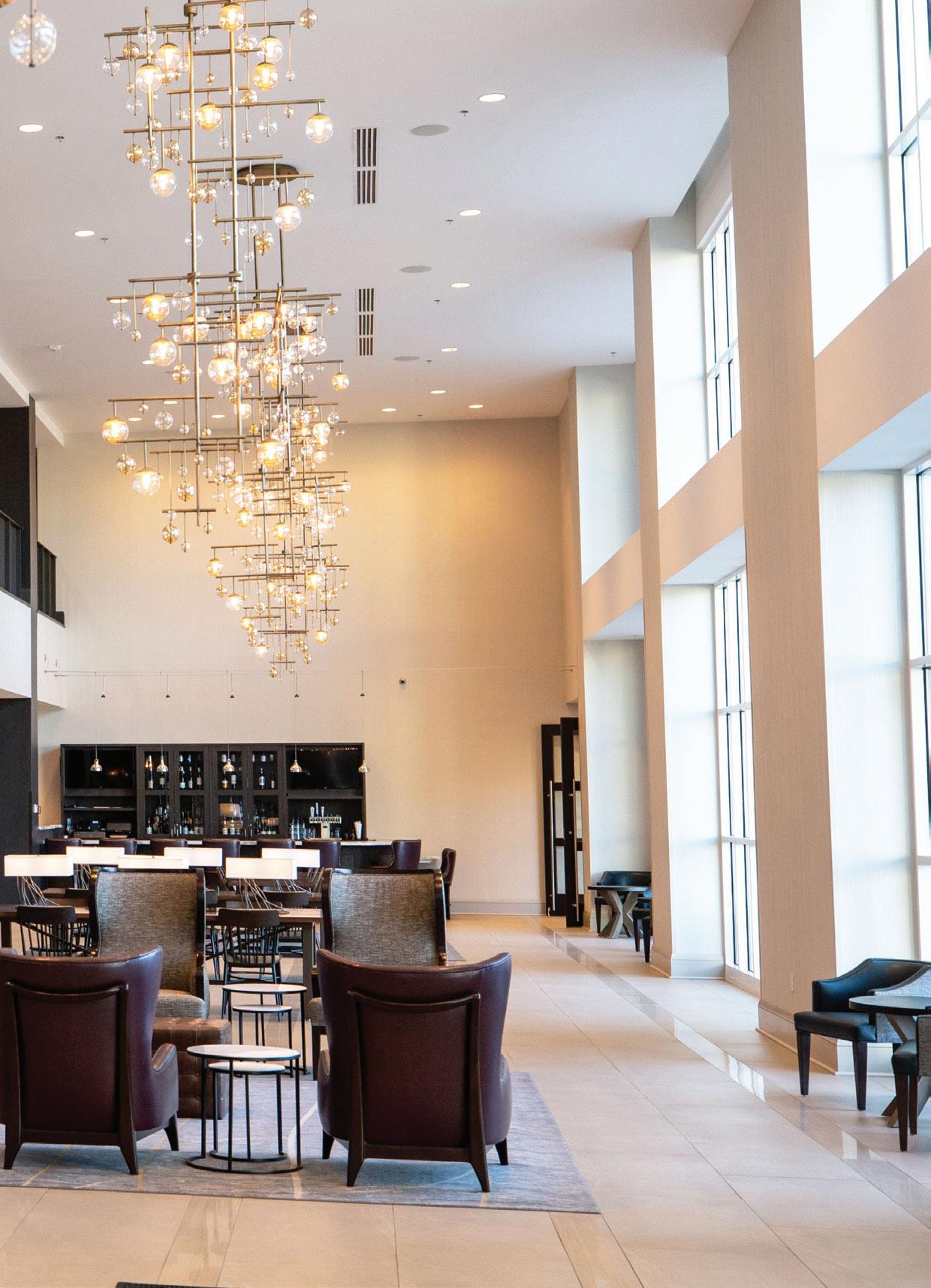
Historic, walkable downtown Harrisonburg (“the Friendly City”) is just outside the hotel, and the Traipse smartphone app offers five walking tours, including a pub crawl. Harrisonburg Tourism’s Jennifer Bell says meeting groups have great fun using the itineraries for team-building scavenger hunts. The region is replete with reasons to explore before or after meetings, like Shenandoah National Park and its view-laden Skyline Drive, the Massanutten ski resort, the Blue Ridge Parkway, Luray Caverns, hiking, bicycling and fishing on the serpentine loops of the North Fork and the South Fork of the Shenandoah River.
School spirit abounds in the Sunflower State. Meeting groups looking to revisit their college glory days will find everything they could want in these five Kansas college towns, from full-service hotels and on-campus meeting venues to the chance to cheer on college sports teams, take campus tours and see major historical and cultural attractions.
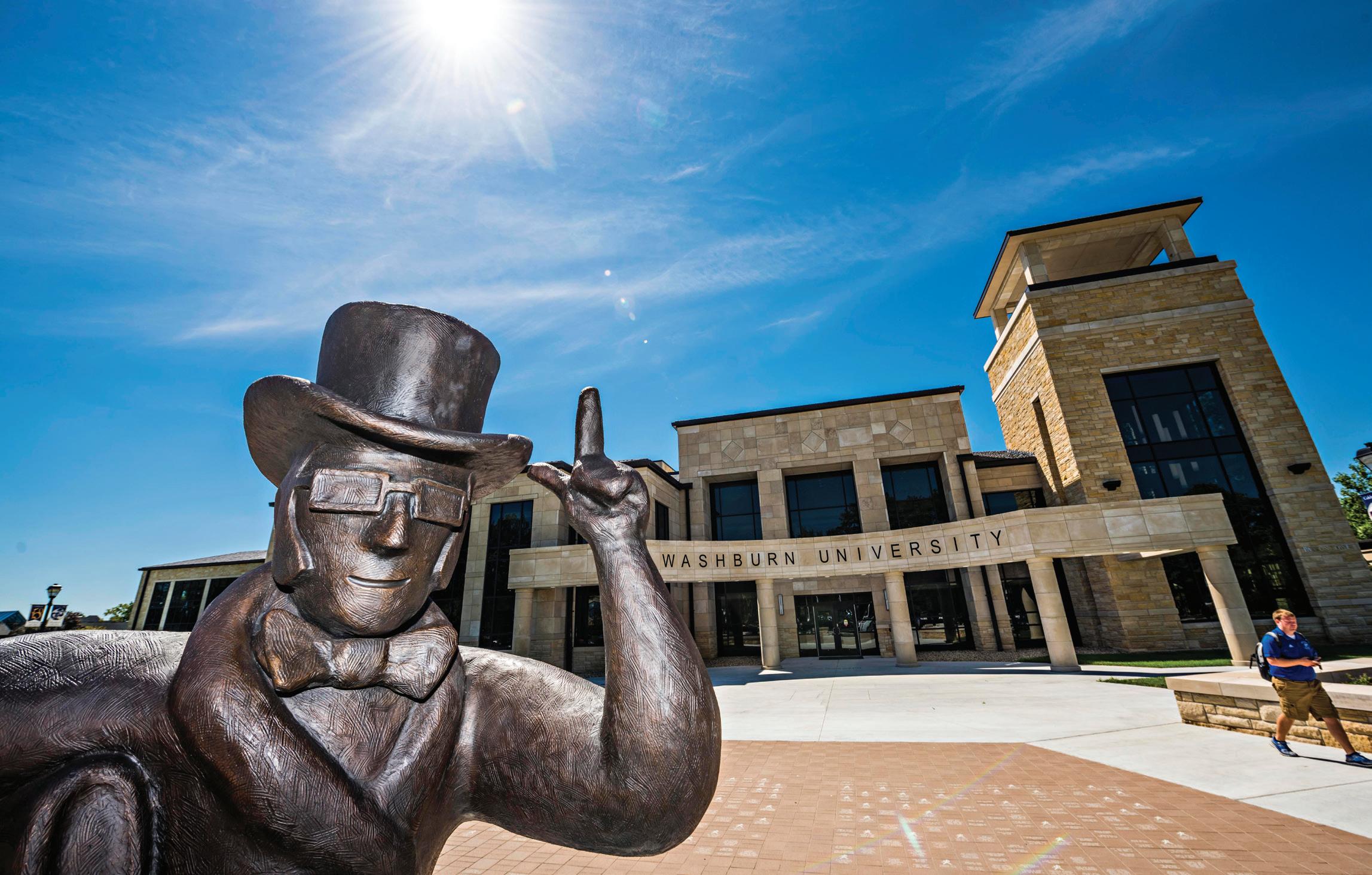
Washburn University is centrally located in Topeka, and its dynamic College Hill area is a popular destination for those seeking coffee shops and fine dining. It is a short drive from campus to downtown, and the university and city work closely to build town-and-gown relations. The campus has its own attractions, including the Mulvane Art Museum and Mulvane Court, a small sculpture garden, with 30 permanent sculptures and murals on its grounds. It also has beautiful ballrooms and meeting spaces.
Between the university and downtown, the Hotel Topeka at City Center has 224 guest rooms, more than any other Topeka hotel, and 28,000 square feet of meeting space. It is connected to the Stormont Vail Events Center and its 66,000 square feet of meeting space. The Ramada by Wyndham Topeka Downtown Hotel and Convention Center’s 27,000 square feet of meeting space accommodate up to 3,100 for conferences.
Other meeting venues include the Topeka Zoo and the Kay McFarland Japanese Garden and Venue, both of which have event spaces and offer private tours and the Beacon, a former women’s club with two ballrooms and a theater that seats 400. National Park Service tours of the Brown v. Board of Education National Historical Park open eyes to the importance of this landmark decision to end racial segregation. And although Evel Knievel didn’t grow up in Topeka, the world’s largest collection of the daredevil’s memorabilia landed here, which makes the Evel Knievel Museum a worthwhile stop.
visittopeka.com
Kansas State University is one of Manhattan’s anchors — along with the U.S. Army’s Fort Riley — and a growth engine for the community. KSU’s team color is purple, so adding team spirit to a meeting can mean hanging out with “purple people” at a K-State sporting event or taking a campus tour.
On campus, meeting spaces include the Alumni Center, for receptions of 750 or banquets of up to 480. Several smaller conference rooms are available. The K-State Student Union is massive, and within its 250,000 square feet are 32 meeting rooms as well as an outdoor, 90,000-square-foot plaza for events.
Not far from campus, the Hilton Garden Inn Manhattan Hotel and Conference Center has 25,500 square feet of flexible meeting space and 135 guest rooms. Other nearby full-service hotels include Four Points by Sheraton, Holiday Inn at the Campus and Bluemont Hotel.
Beyond hotel ballrooms, the Flint Hills Discovery Center, a museum that offers a closeup look at the area’s tallgrass prairie ecosystem, welcomes meetings. Tours of the tallgrass can be part of any event. At the Midwest Dream Car Collection up to 850 people can mingle among the more than 65 cars on display at receptions. Downtown Manhattan and Aggieville, on the edge of campus, are walkable shopping districts with local stores and restaurants.
manhattancvb.org
Home of the University of Kansas and Haskell Indian Nations University, Lawrence is a major attraction for anyone who loves college sports. James Naismith, who invented basketball, devised the original rules for the sport and founded the Jayhawks’ basketball program. The KU campus is home to the Spencer Museum of Art, KU Natural History Museum and the Robert J. Dole Institute of Politics, which contains not only Bob Dole’s archives, but beams from the World Trade Center in New York.
Groups can book Allen Fieldhouse, the indoor arena that’s home to the KU basketball, or have their events at the school’s Kansas Union or Lied Center of Kansas. During football season, groups can enjoy tailgating or have school mascots or the cheer squad perform at their events.
Groups can also stay on campus at the 99-guest room Oread hotel, which has meeting space for up to 600 people and a Fifth Floor Terrace for receptions of 750. Minutes from KU, the Doubletree by Hilton has 192 guest rooms and more than 14,000 square feet of meeting space.
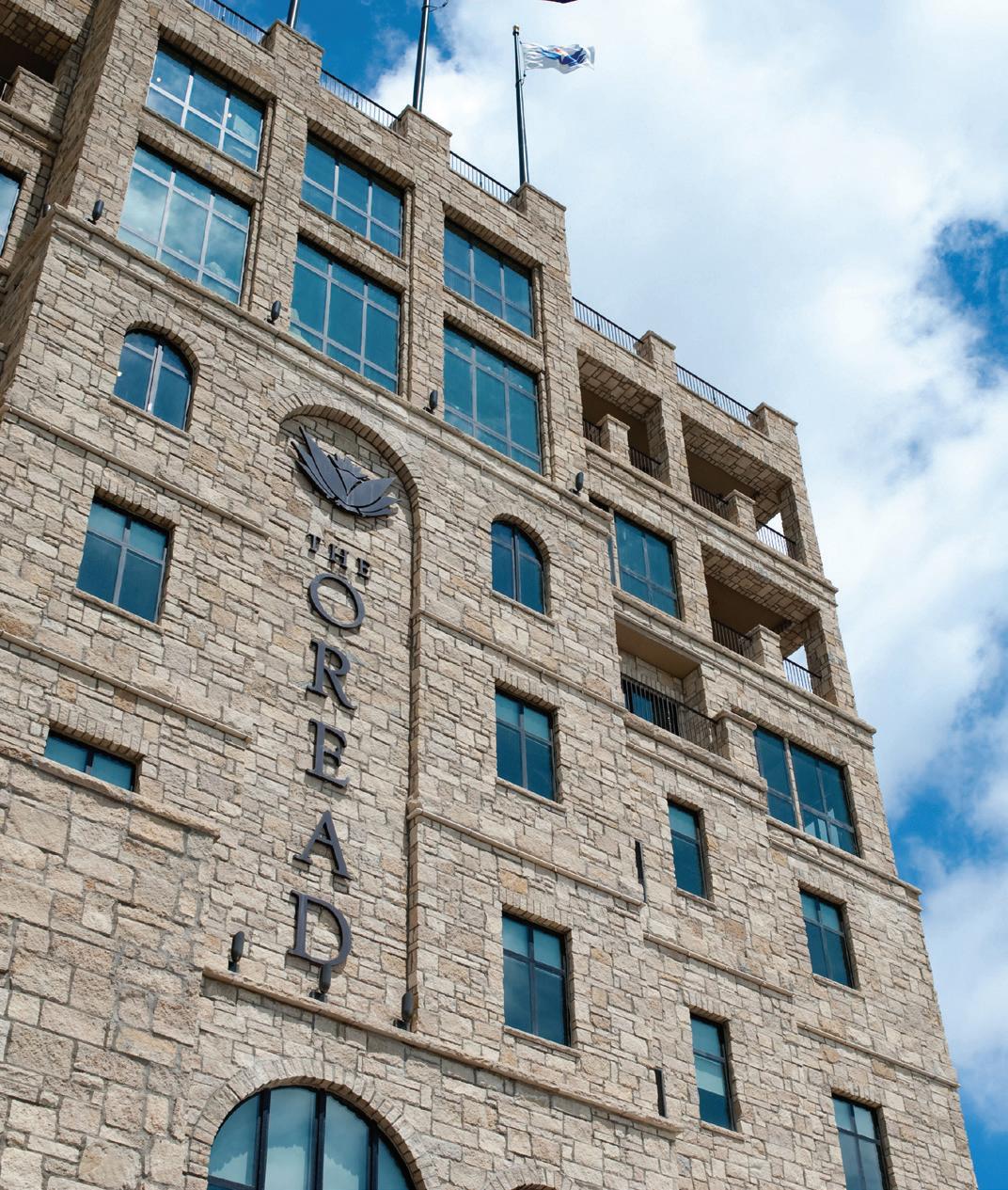
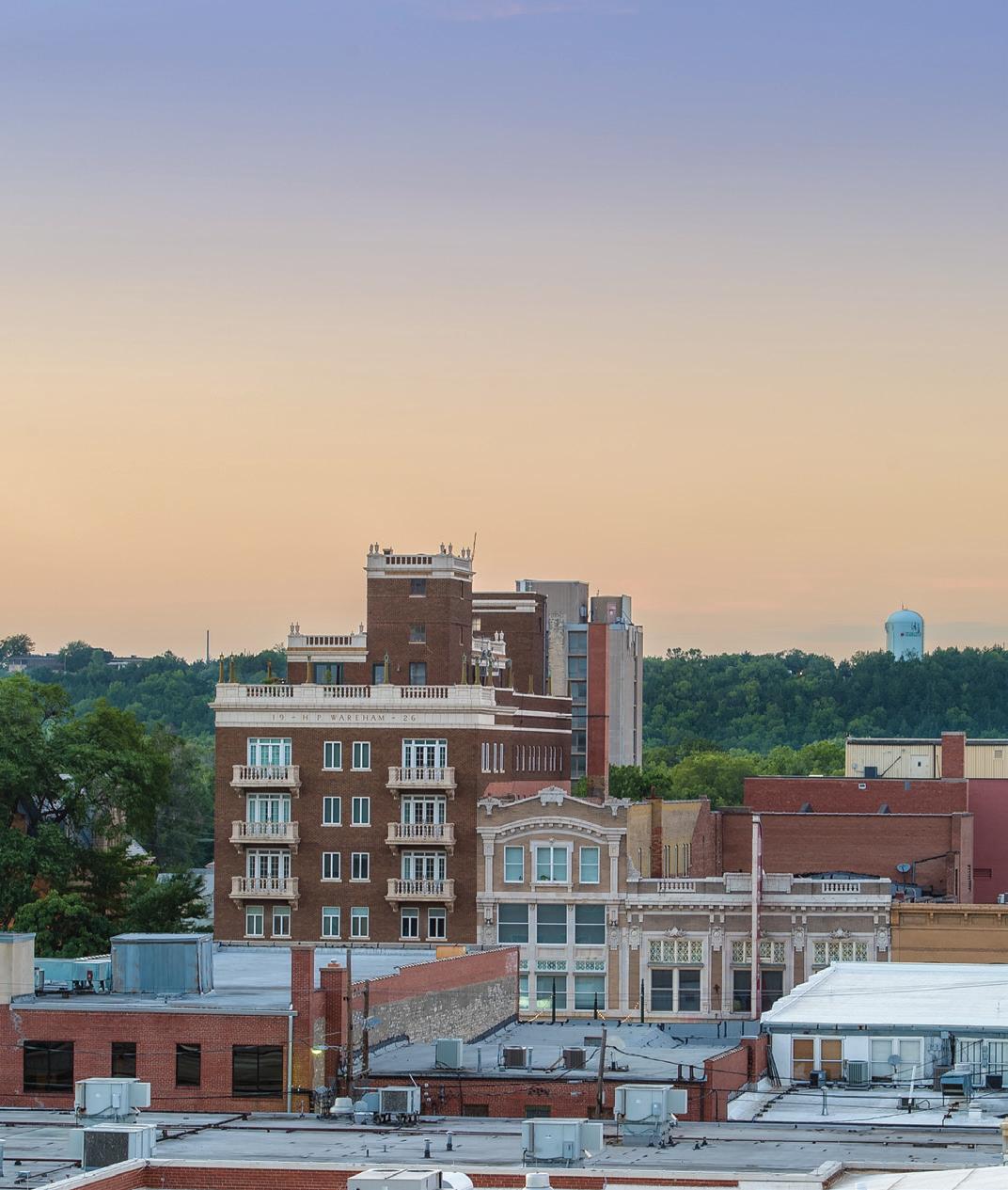
Off campus, Lawrence’s crown jewel is Massachusetts Street, with its boutiques, eateries, coffee shops and live music. explorelawrence.com
Home to Fort Hays State University, Hays has a wonderful arts scene and a vibrant downtown full of boutiques and restaurants.
One of its biggest attractions is Fort Hays State Historic Site, a military outpost first established on the Smoky Hill Trail in 1865. It moved south of Hays after the original fort was destroyed by a flash flood in 1867.
Self-guided or guided tours of the fort delve into how a Plains fort operated and how military personnel interacted with the Plains Indians. Other attractions in Hays include the Sternberg Museum of Natural History on campus and the Bricks, a downtown district known for shopping and craft beer.
The Hilton Garden Inn and Convention Center is one of the largest event venues in Hays, with 100 guest rooms and 7,800 square feet of meeting space. Its grand ballroom can seat 400 guests. The Strand, an historic theater built in 1917, is now a Main Street meeting venue for up to 250. An elegant event space called The Venue is connected to Thirsty’s Brew Pub and Grill and has a banquet hall for 100. There is no rental fee if the group purchases food there.
The university also has several meeting and event options, including Gross Memorial Coliseum, Beach/Schmidt Performing Arts Center and the Fort Hays Ballroom in the Memorial Union. visithays.com

Education and sports thrive in Wichita, with Wichita State University, Newman University and Friends University all located within the city limits. Sports fans can cheer on the Shockers, Jets and
Manhattan exceeds your expectations.
•Unique dining
•Exceptional meeting venues

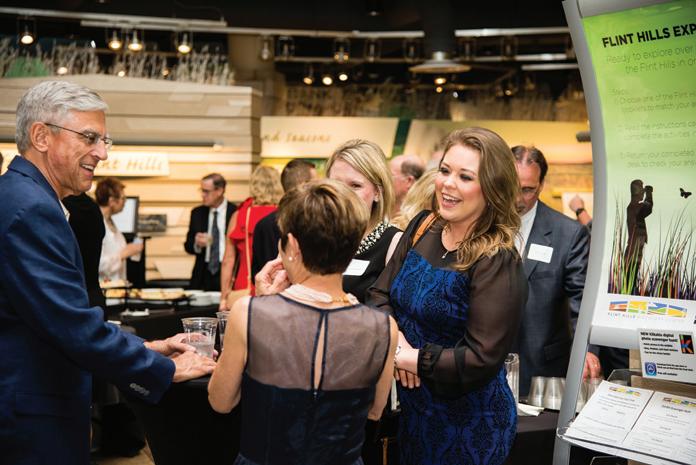
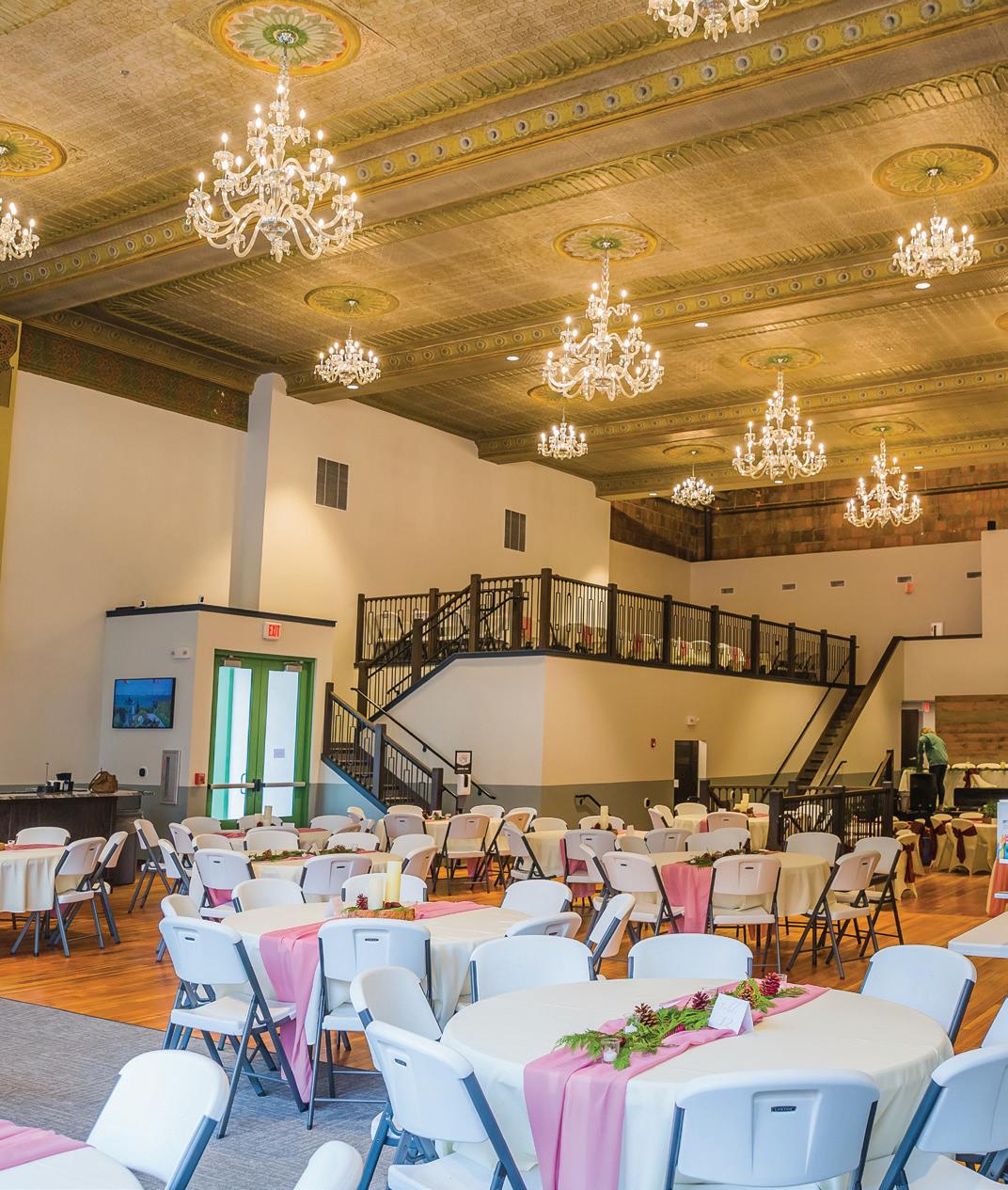
•Walkable meeting destinations
•Conference Center expansion
Falcons, the Wichita Thunder ice hockey team and the Wichita Wind Surge, a Double-A baseball affiliate of the Minnesota Twins.
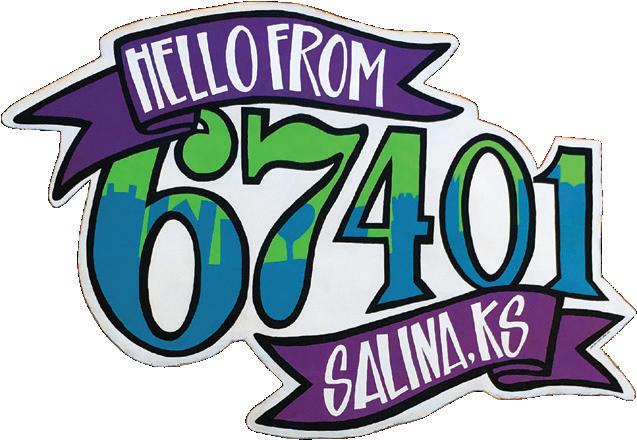
Vibrant public art brightens multiple downtown districts and a collection of six museums, known as Museums on the River, keep visitors engaged. The museums are an eclectic mix: Botanica Wichita, Old Cowtown Museum, Exploration Place, Mid-America All-Indian Museum, Wichita Art Museum and Wichita Baseball Museum.
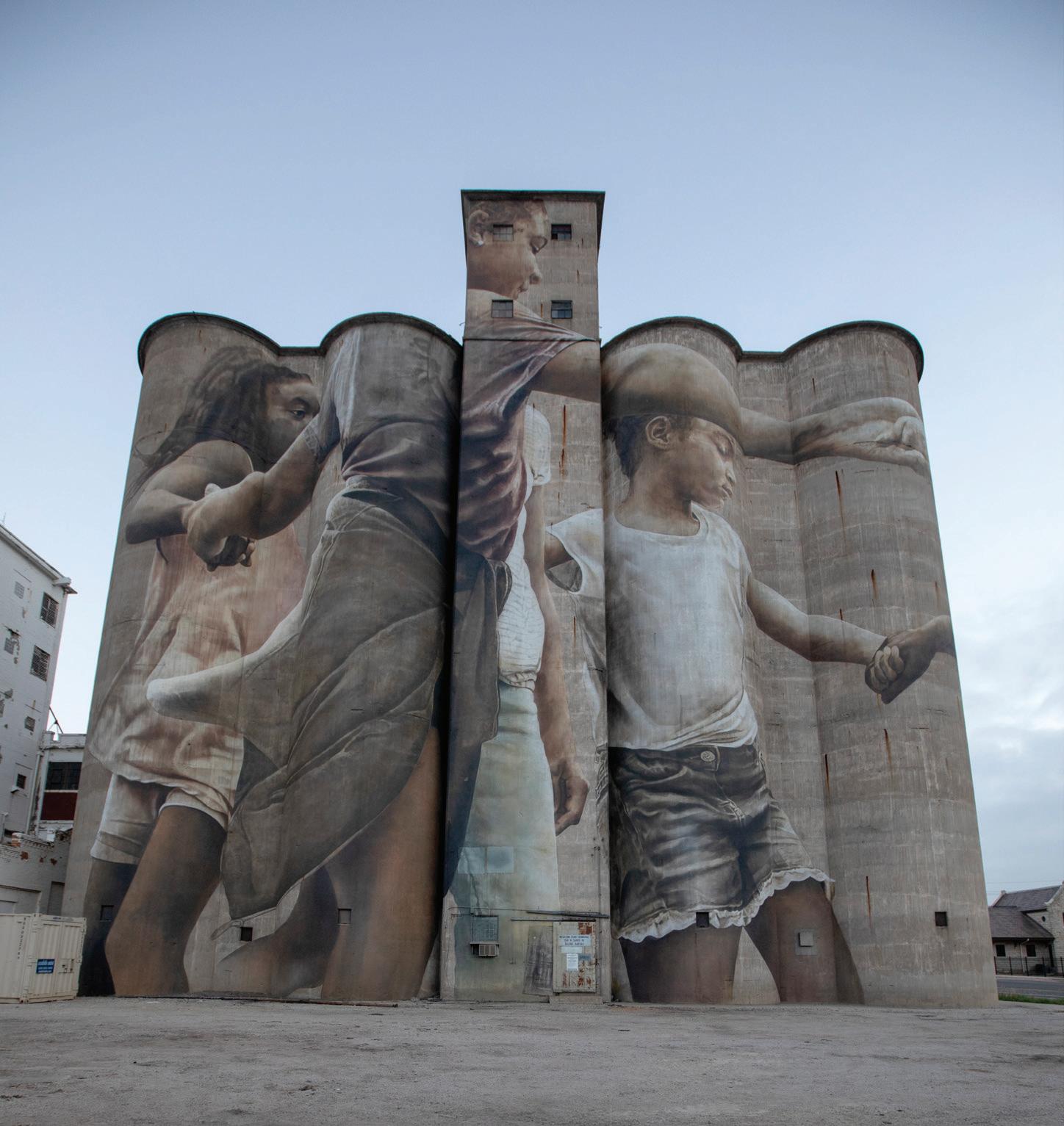
The Century II Performing Arts and Convention Center’s 200,000 square feet of exhibition space is conveniently connected to the Hyatt Regency Wichita, which has 303 guest rooms and 40,248 square feet of meeting space. About five blocks away, the INTRUST Bank Arena can seat 15,000 people. Wichita State University’s meeting spaces can accommodate larger groups, and meeting-goers are welcomed at sporting events or on campus tours. They can also visit the Original Pizza Hut Museum, which tells the story of two WSU students who founded the company in 1958.
Other full-service hotels include Ambassador Hotel Autograph Collection, DoubleTree by Hilton Wichita Airport and Wichita Marriott Hotel.

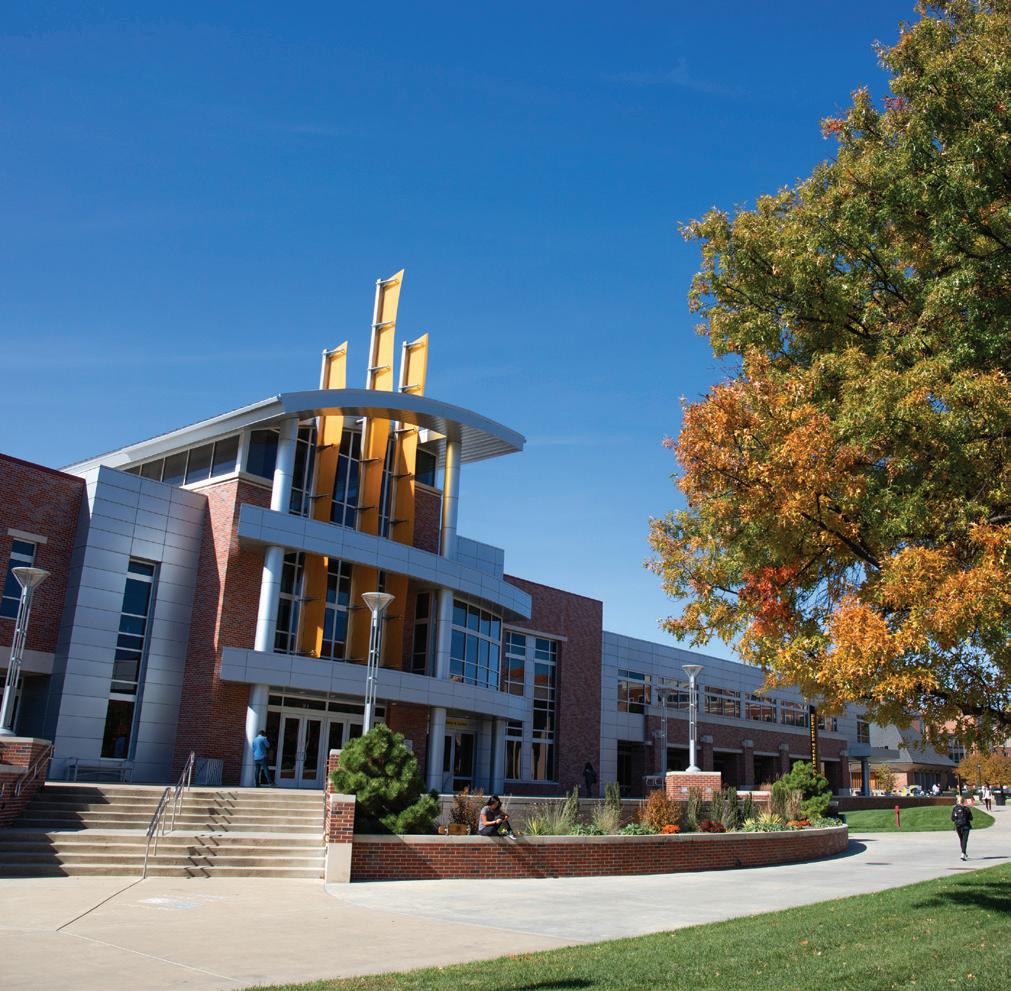
Two attractions, the Sedgwick County Zoo or Tanganyika Wildlife Park, are known for educating visitors about the exotic animals they protect. Outdoor enthusiasts can rent kayaks, pedal boats or scooters along the Arkansas River. Architecture fans will want to tour the Frank Lloyd Wright Allen House and the Corbin Center at WSU, also designed by Wright.
